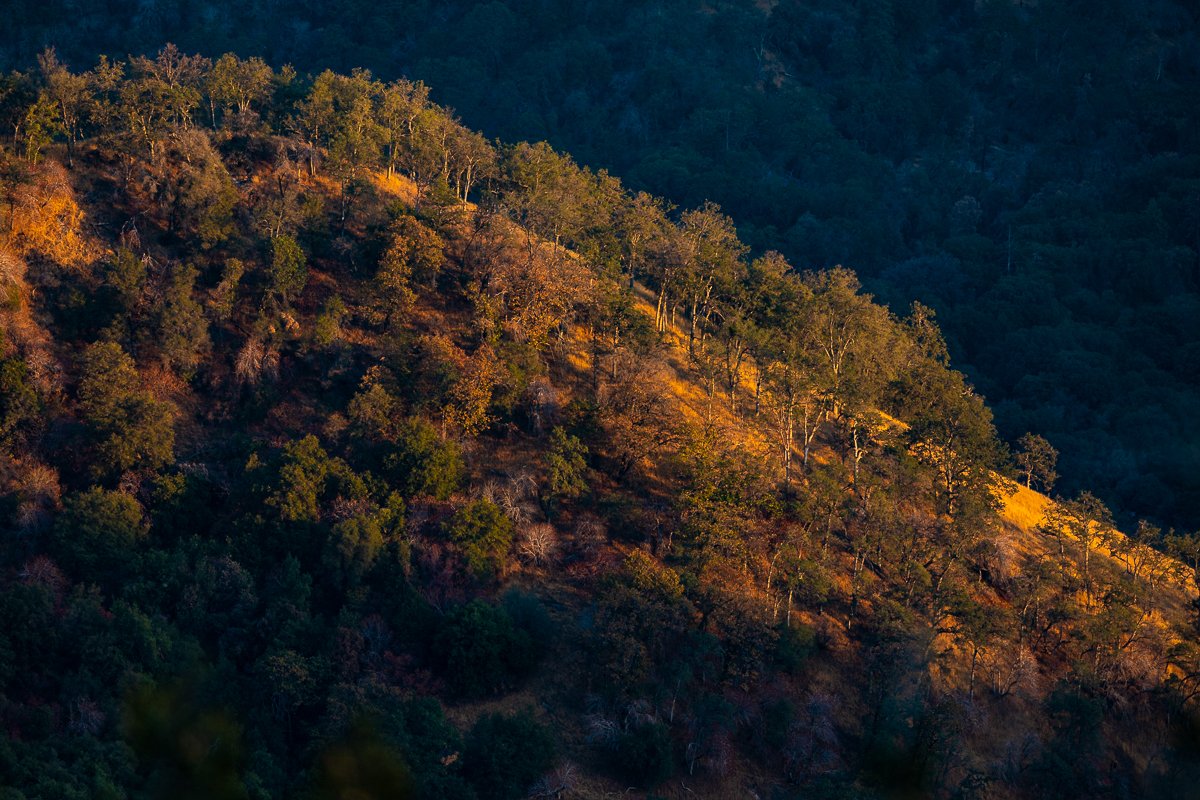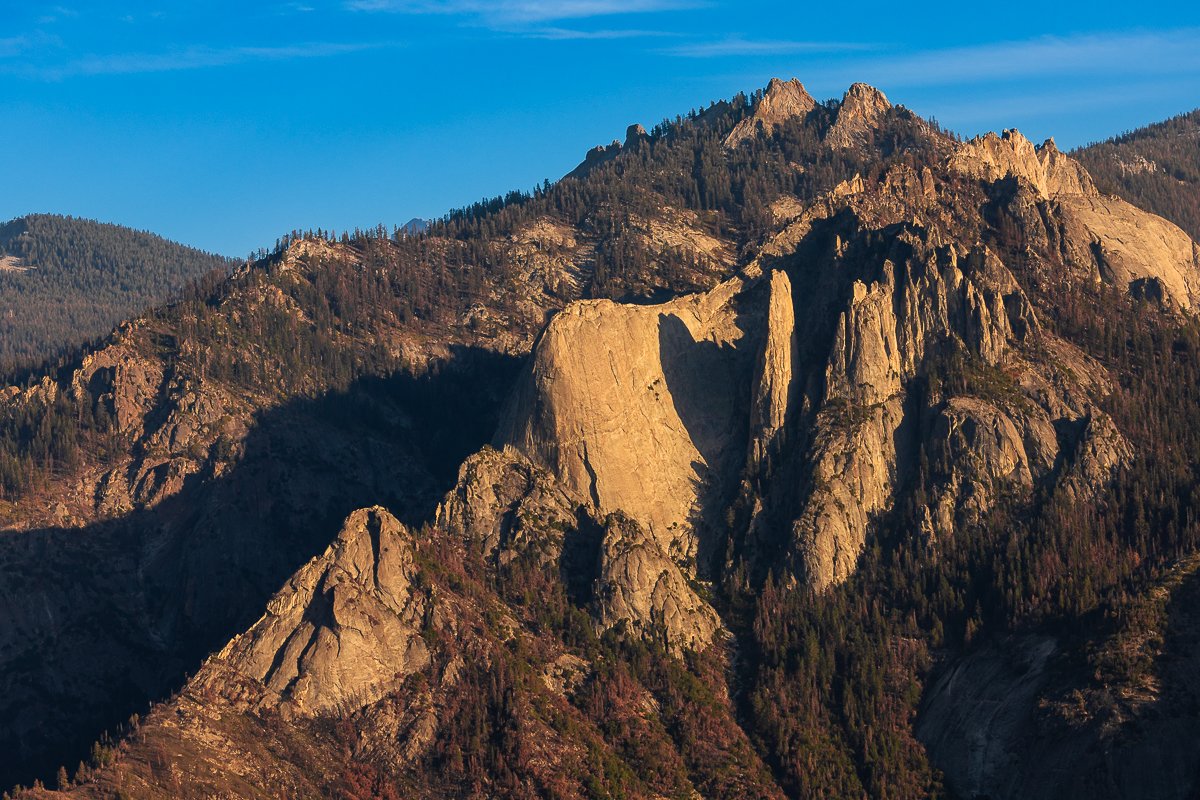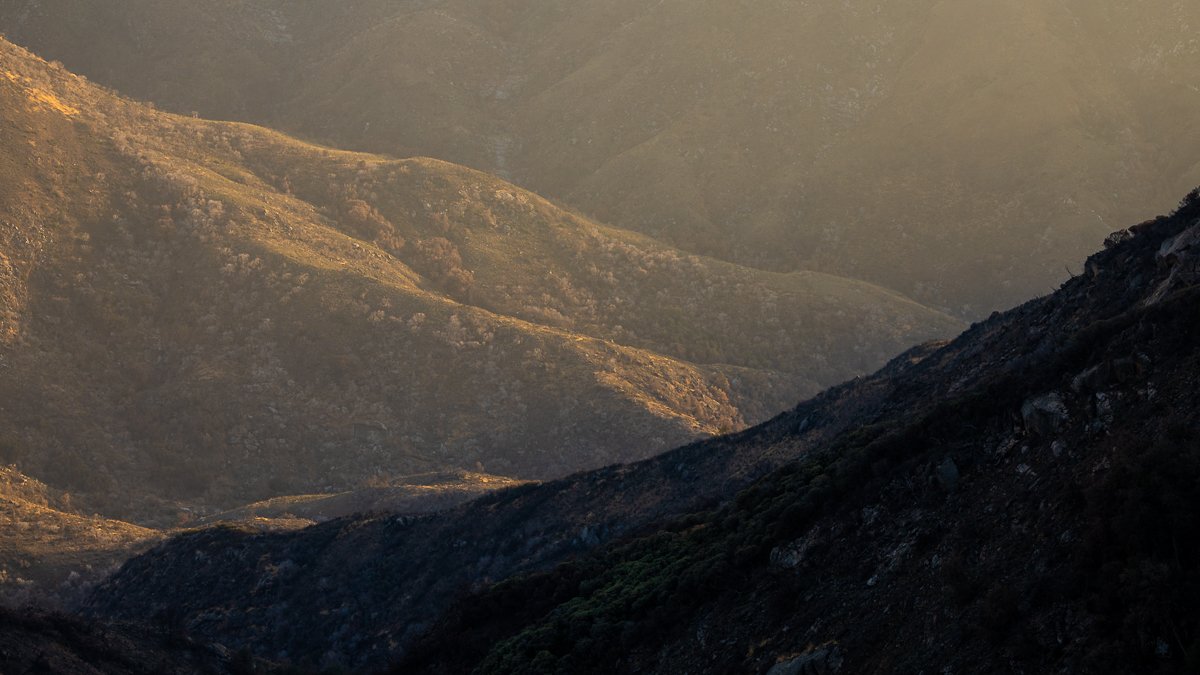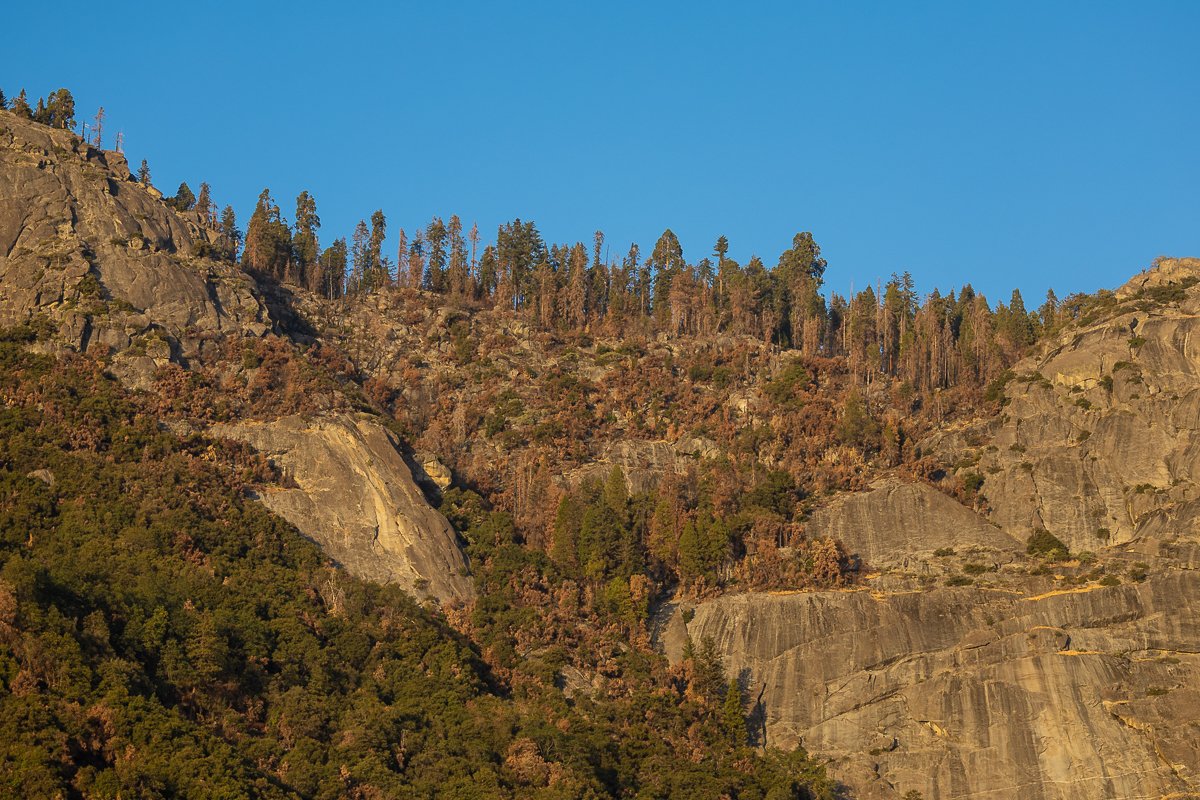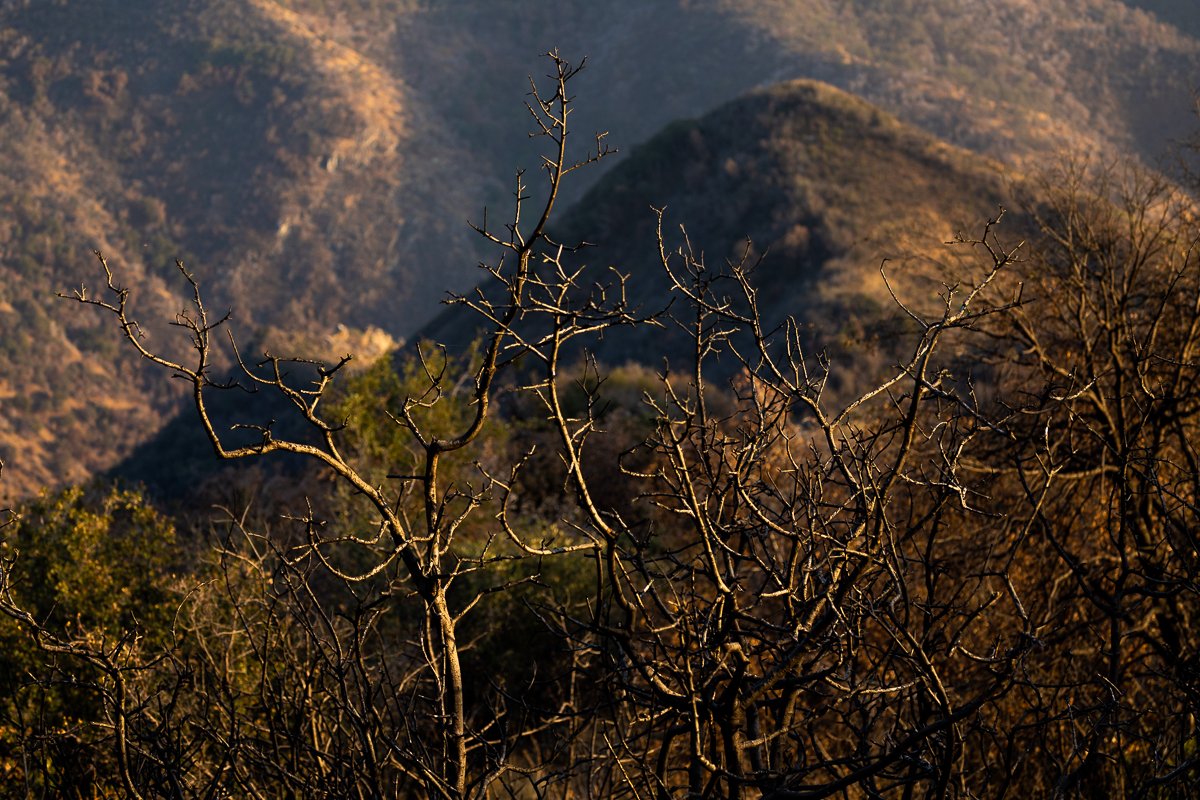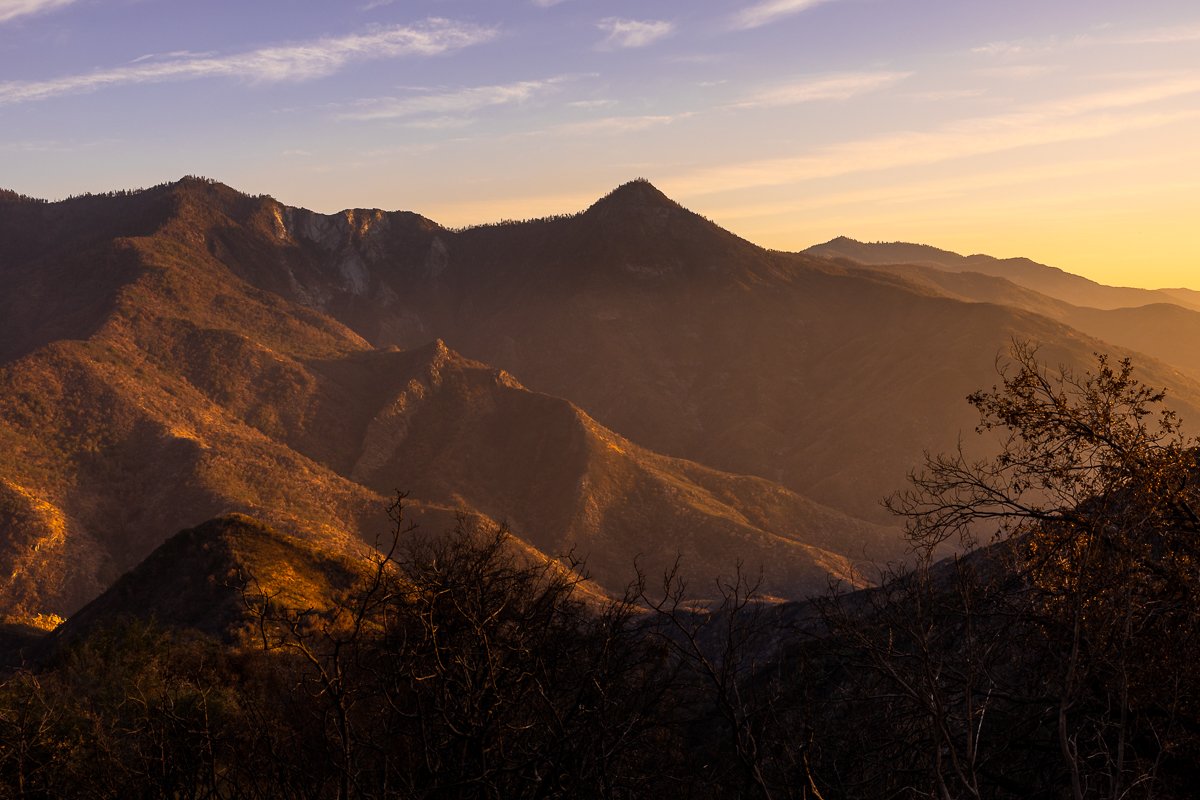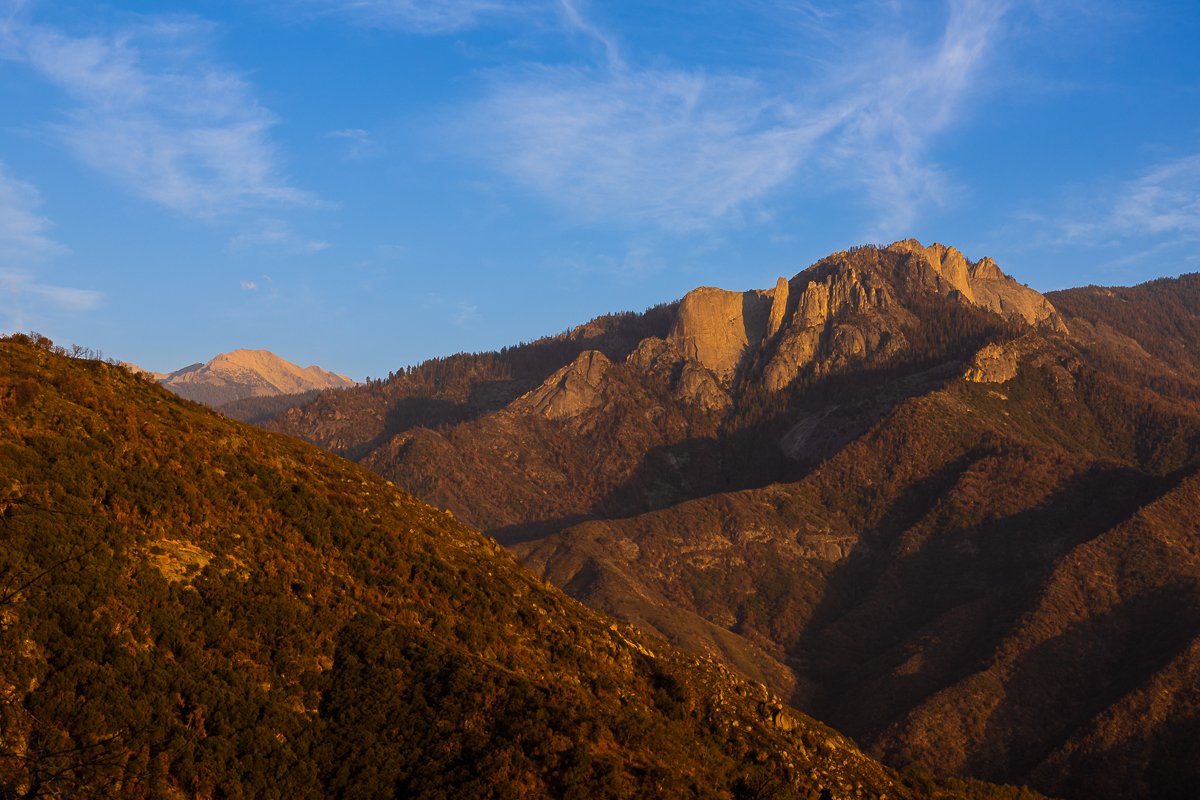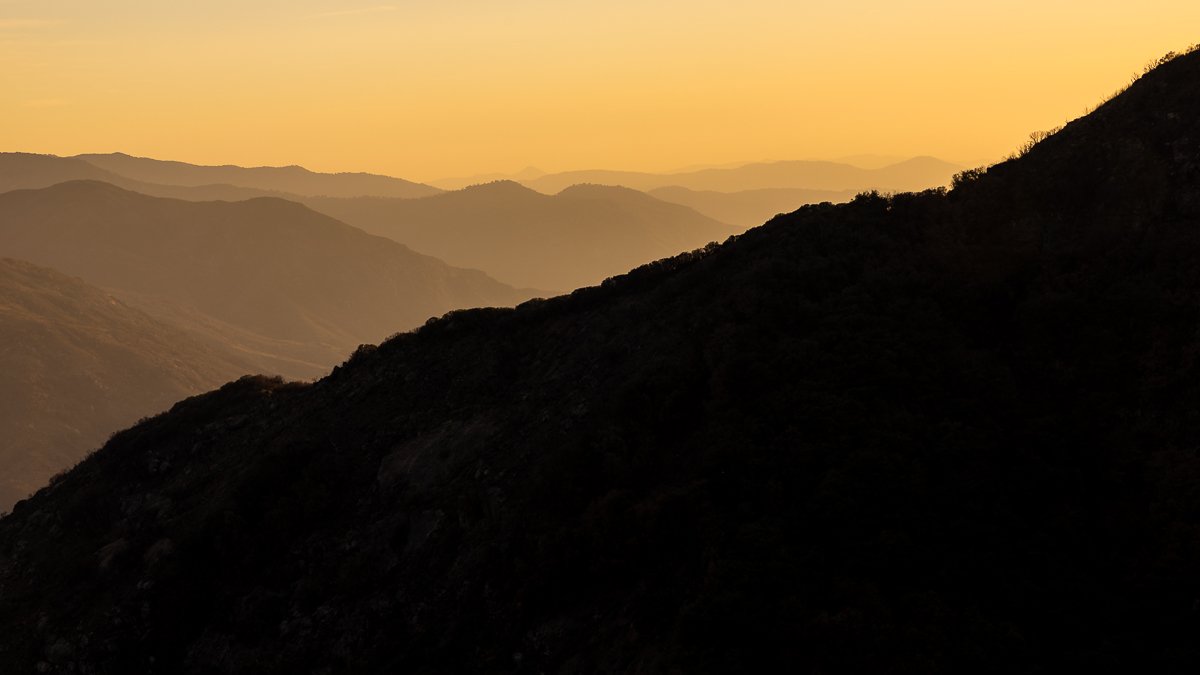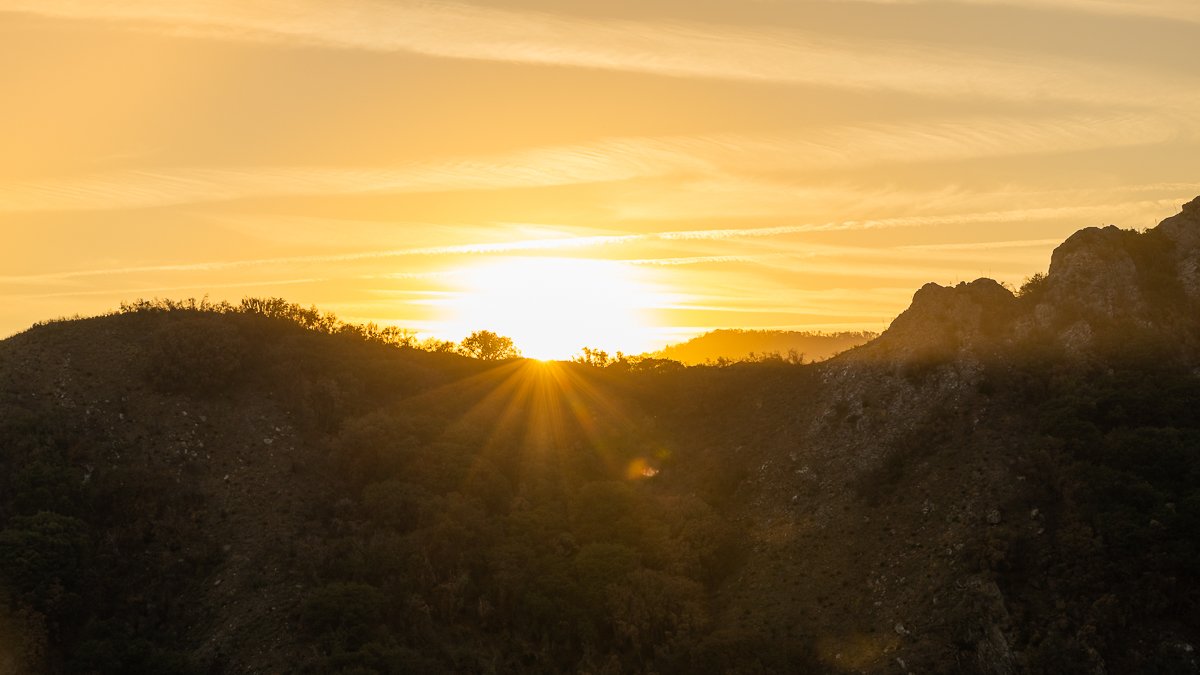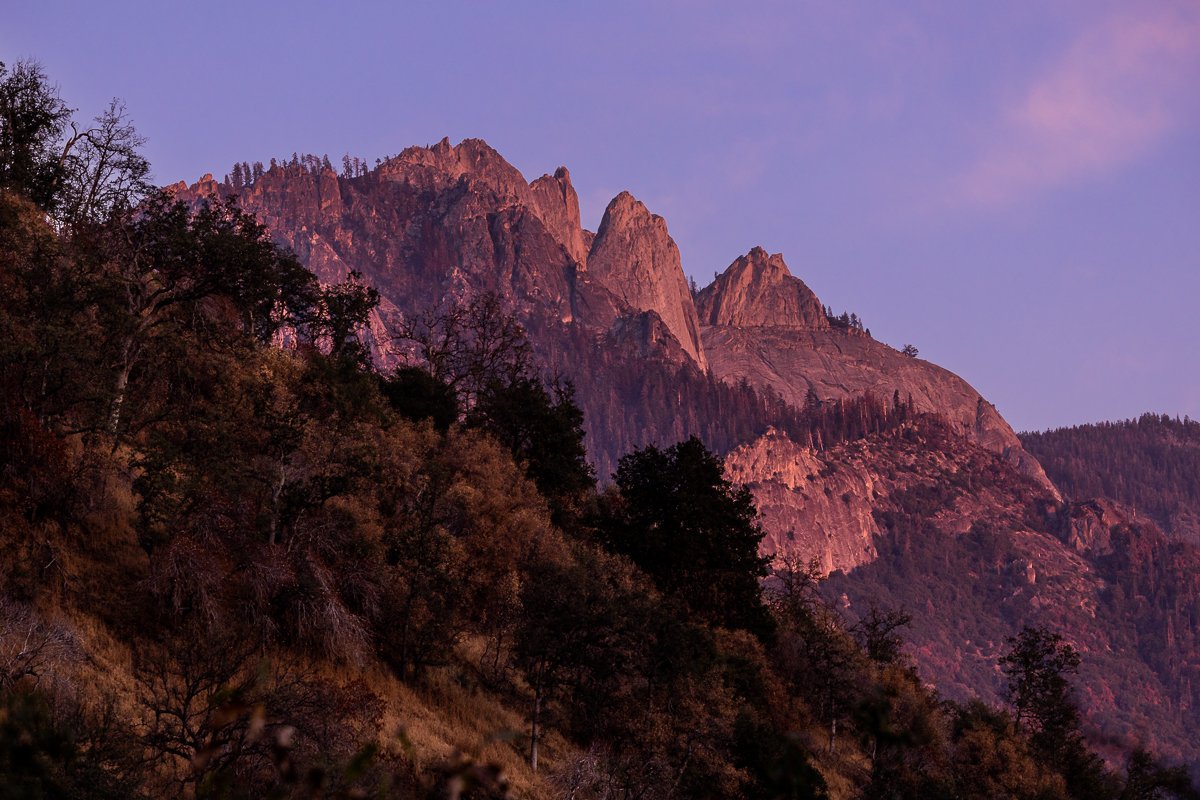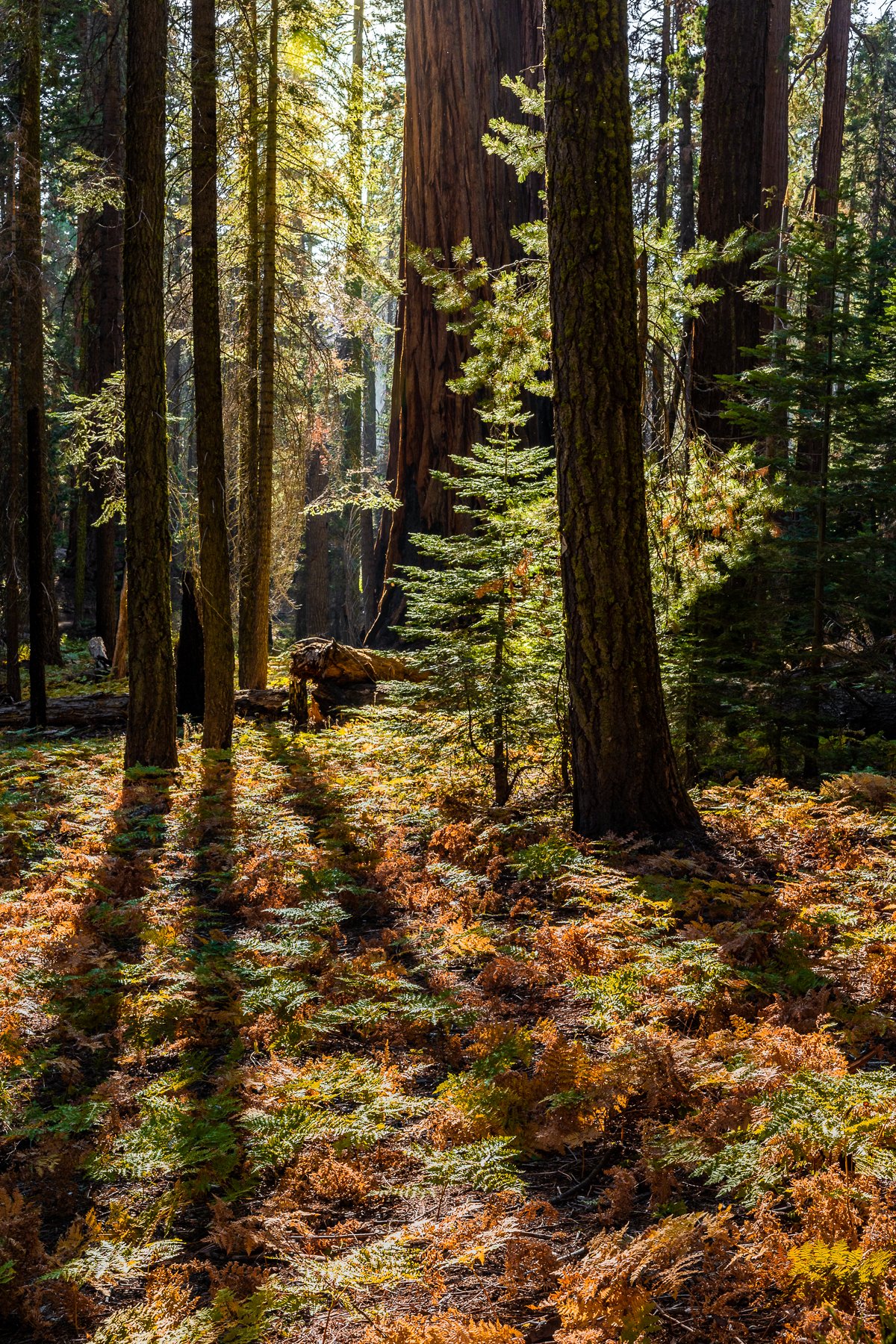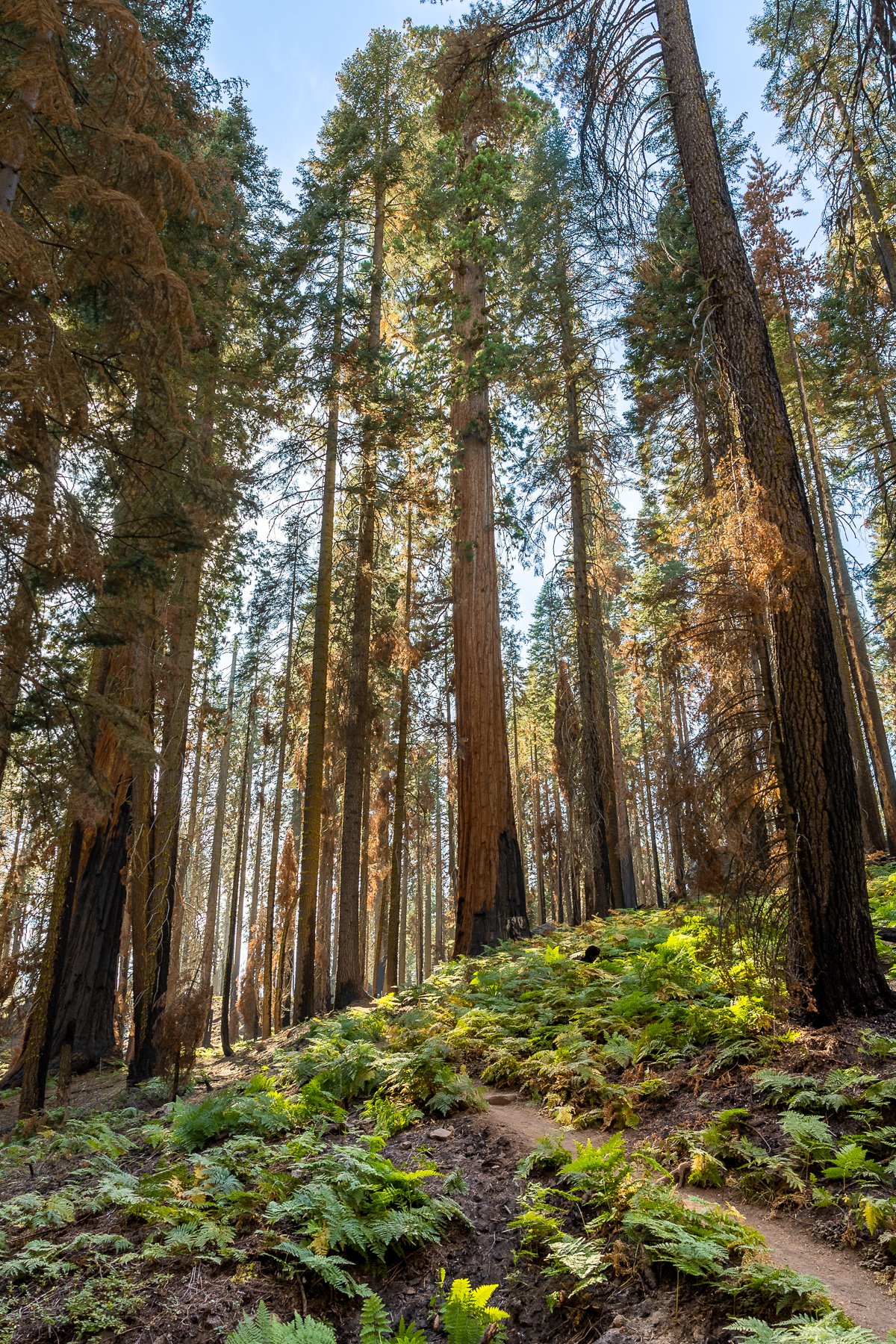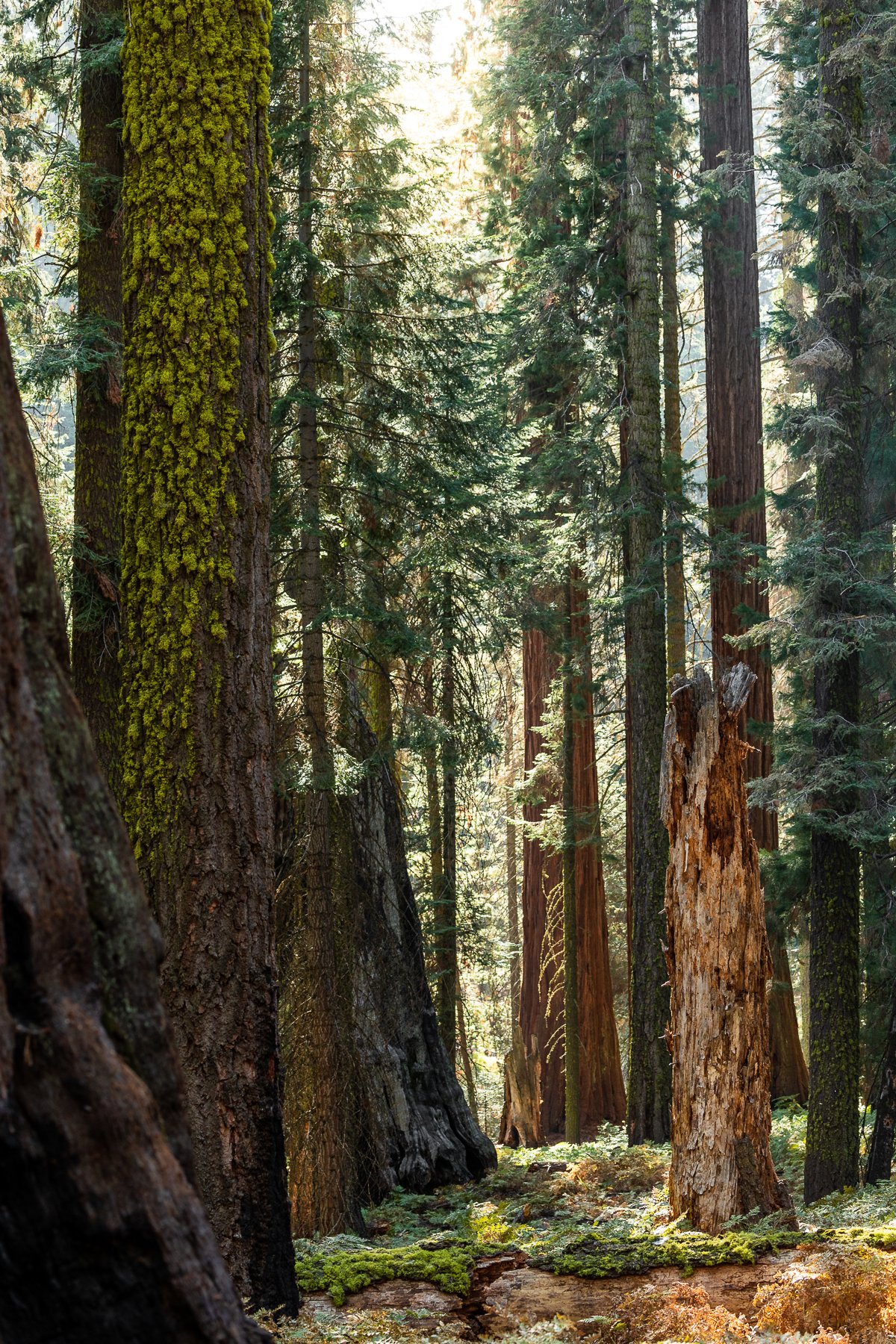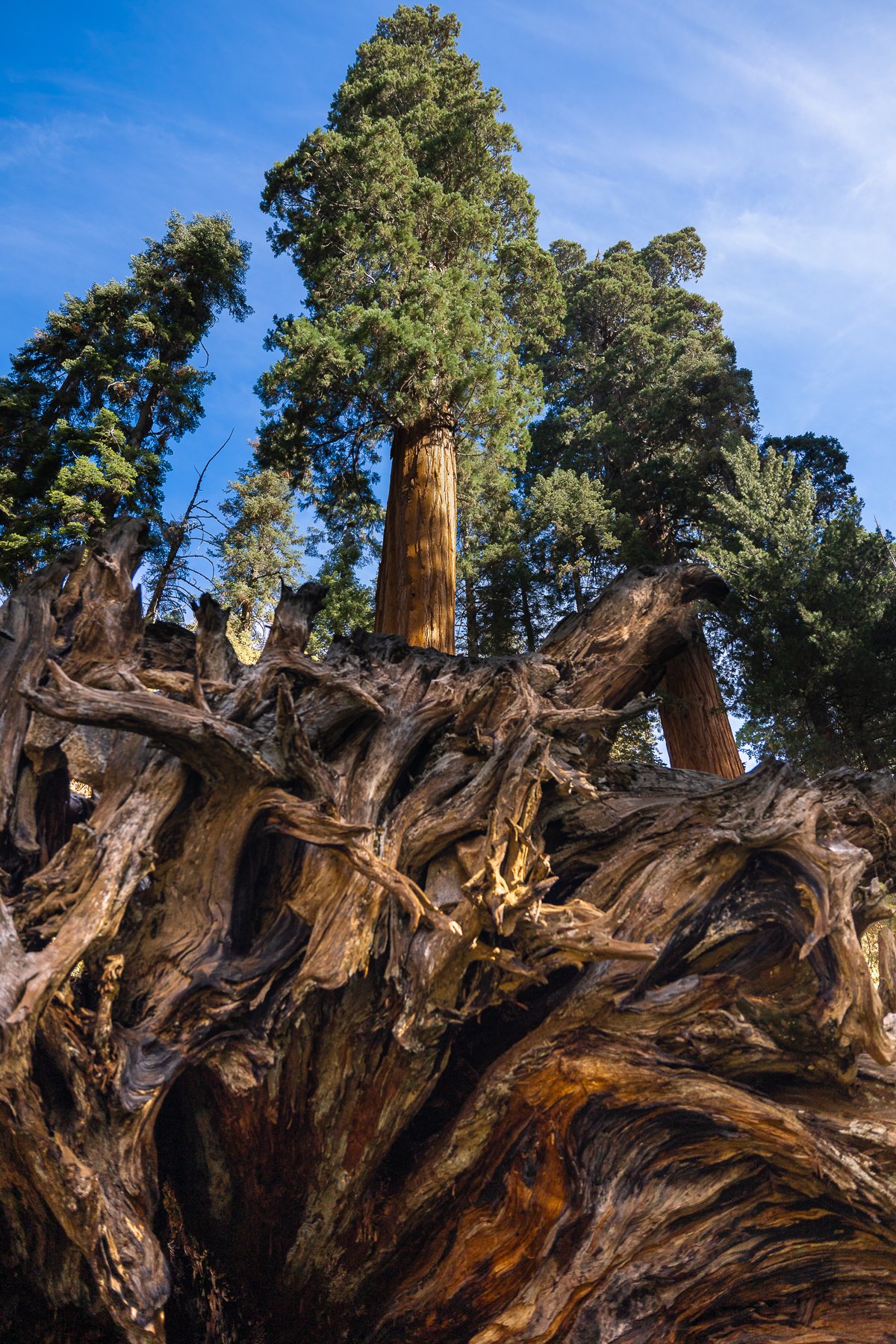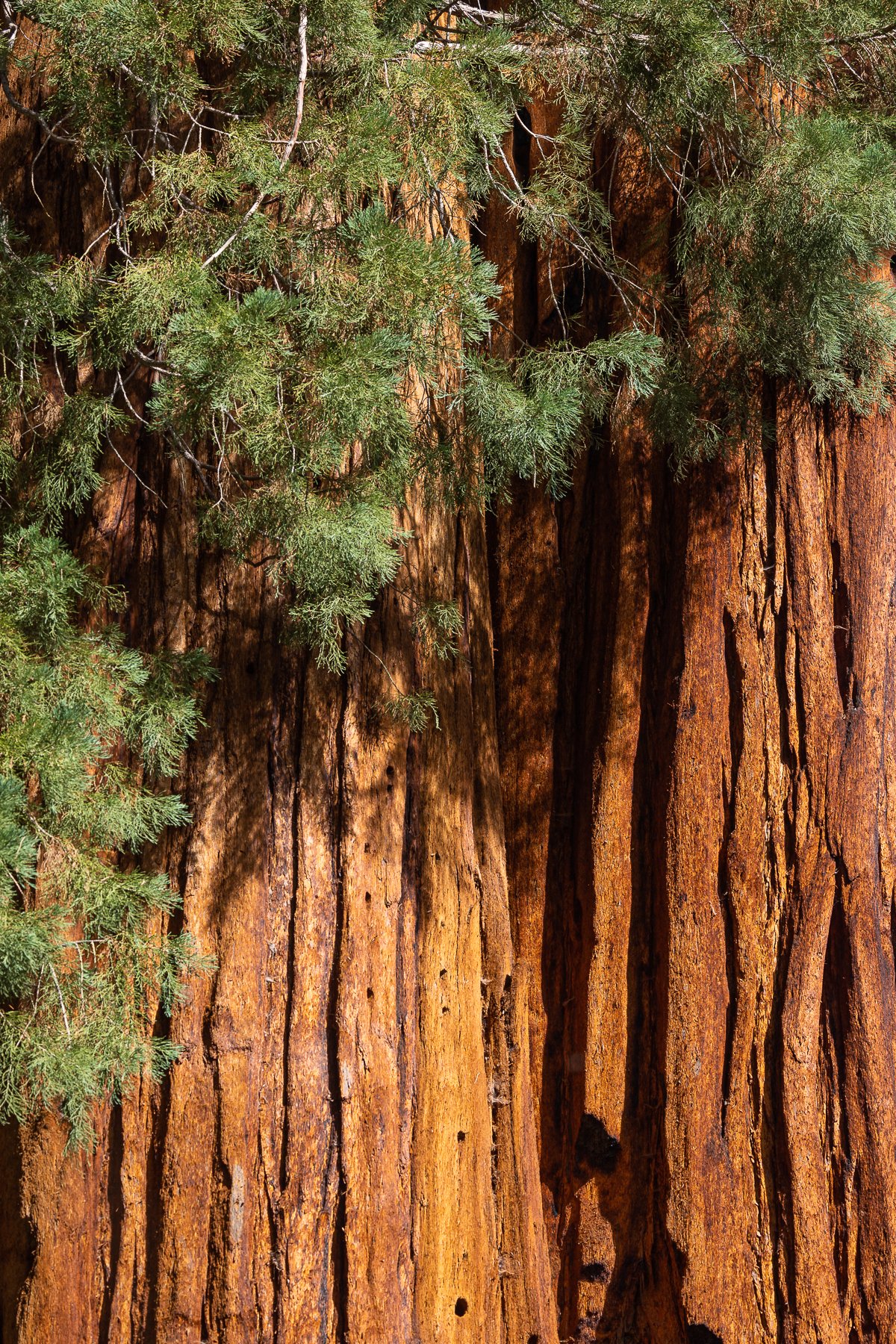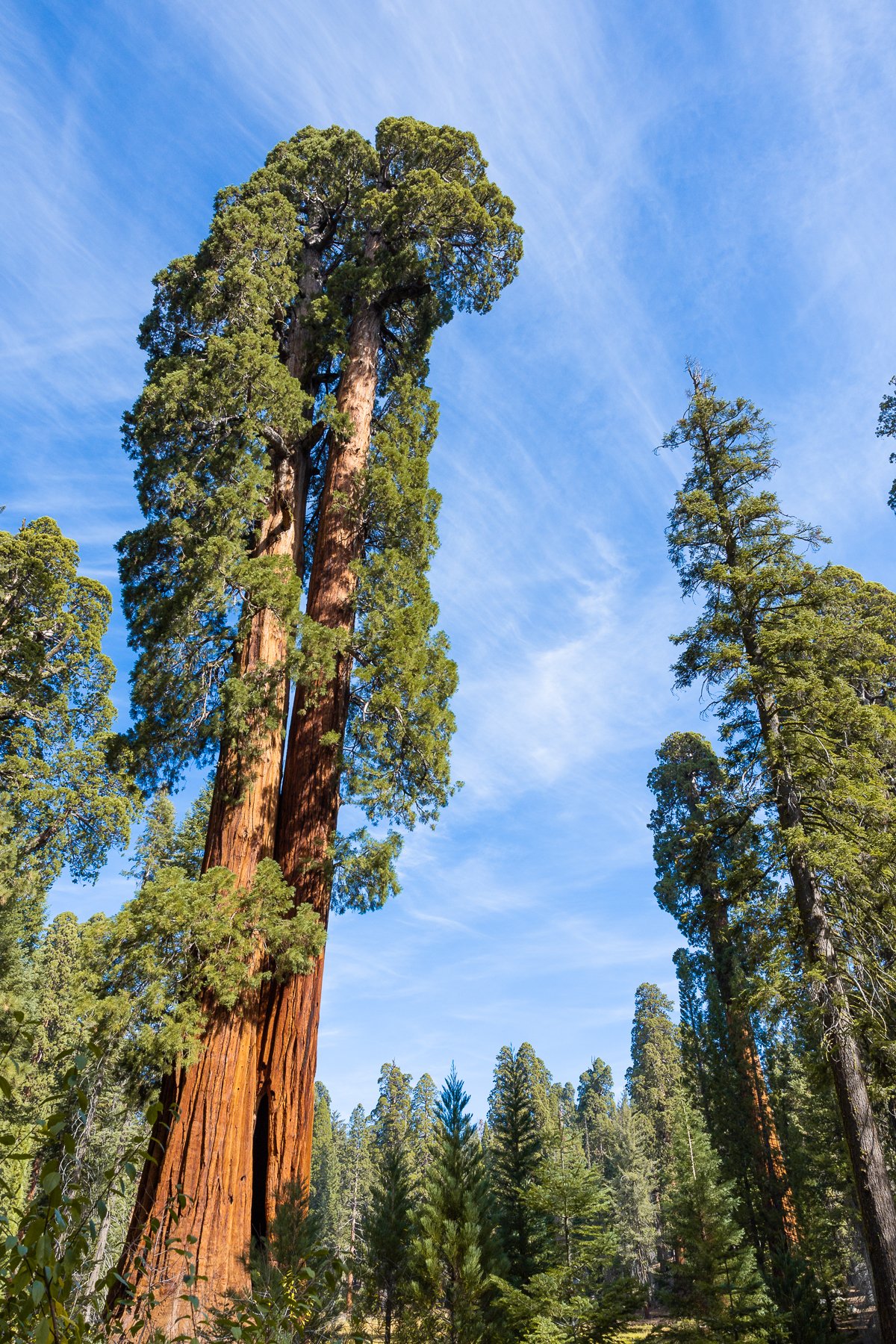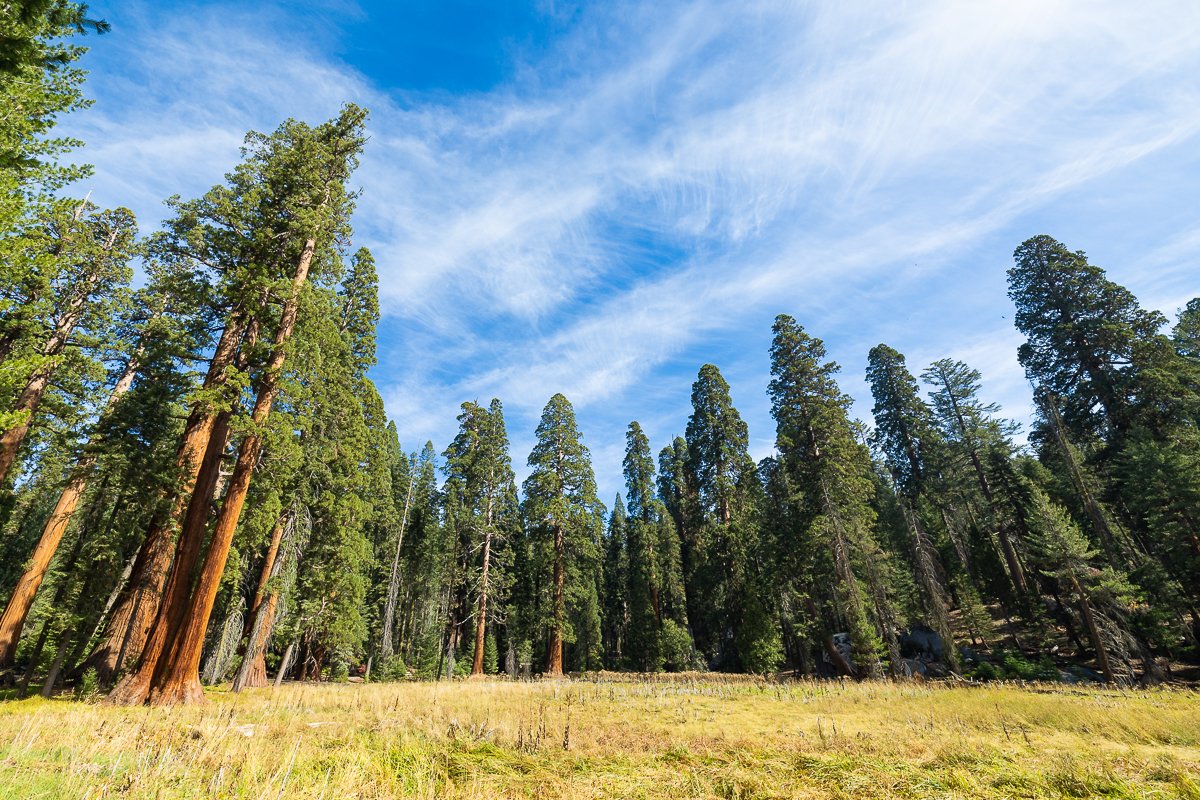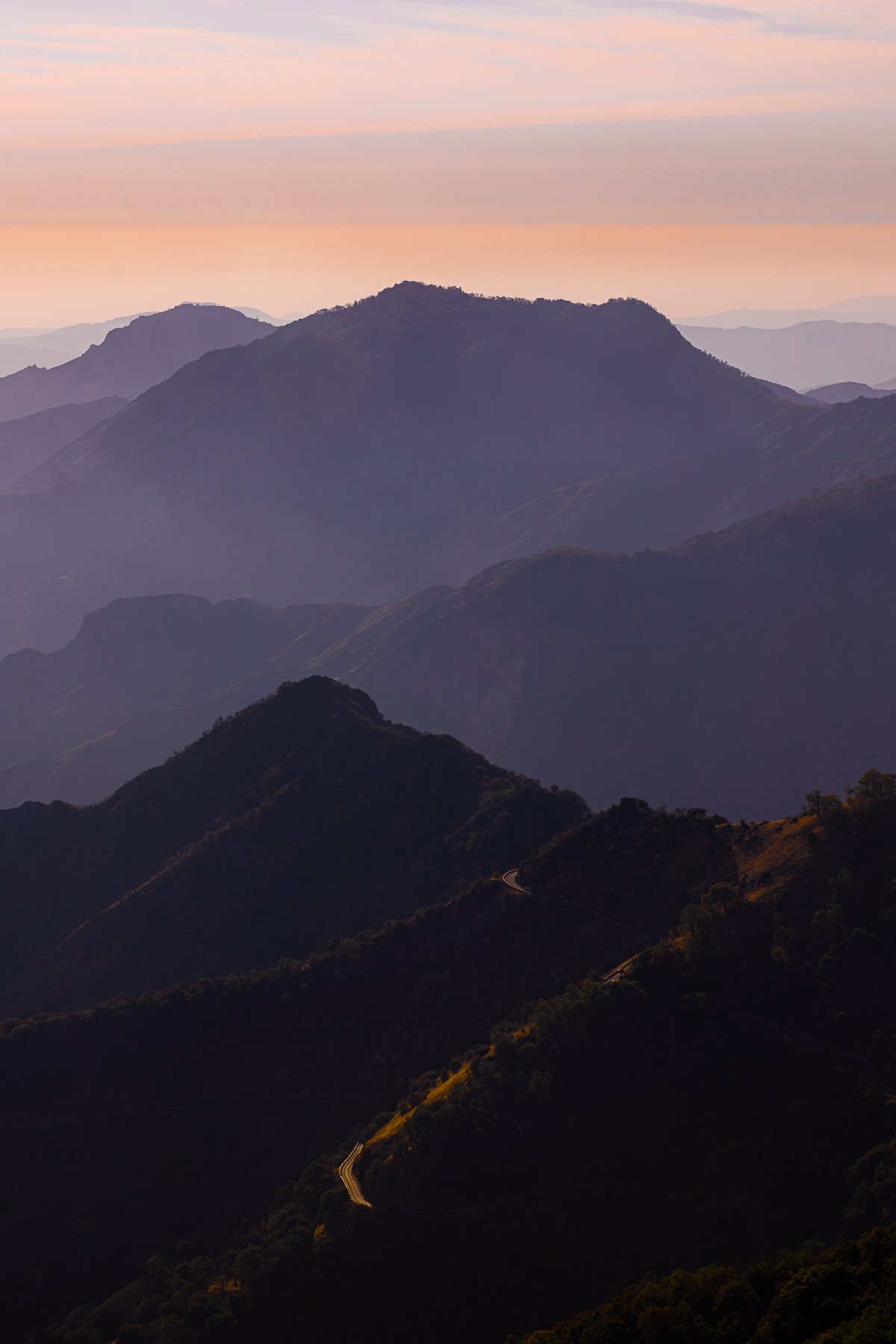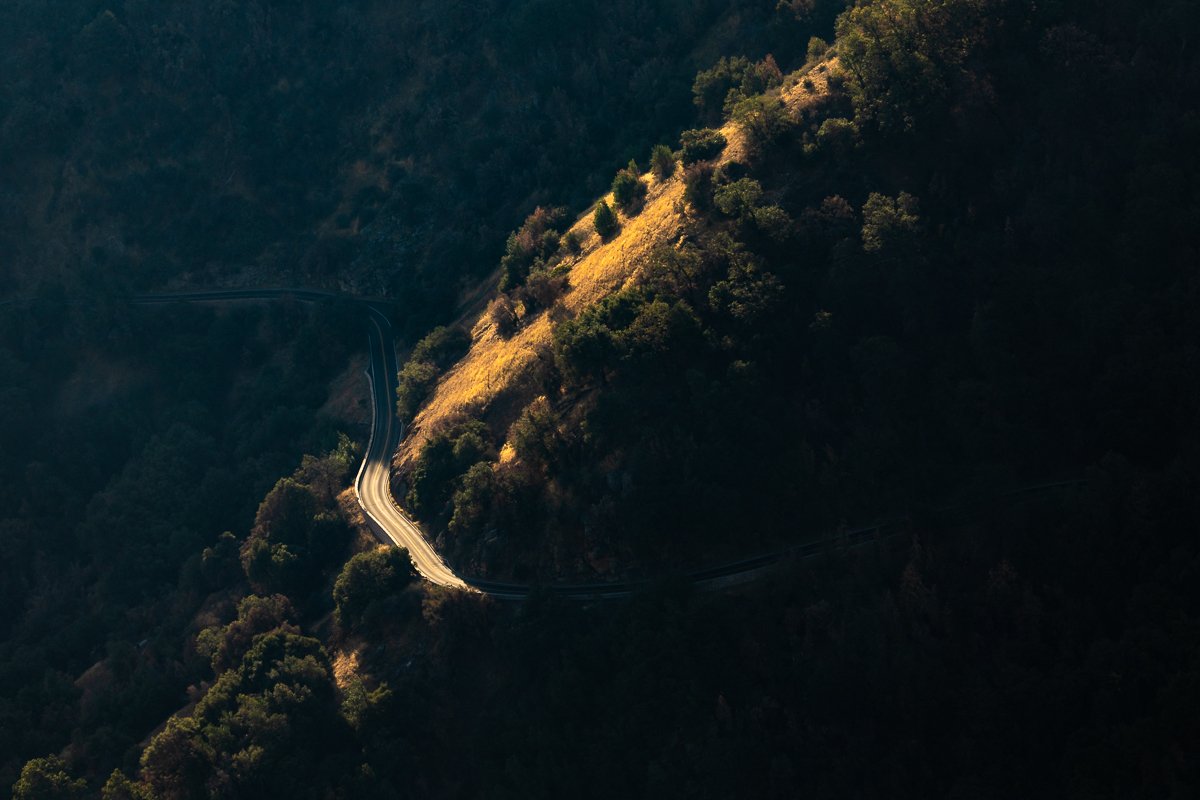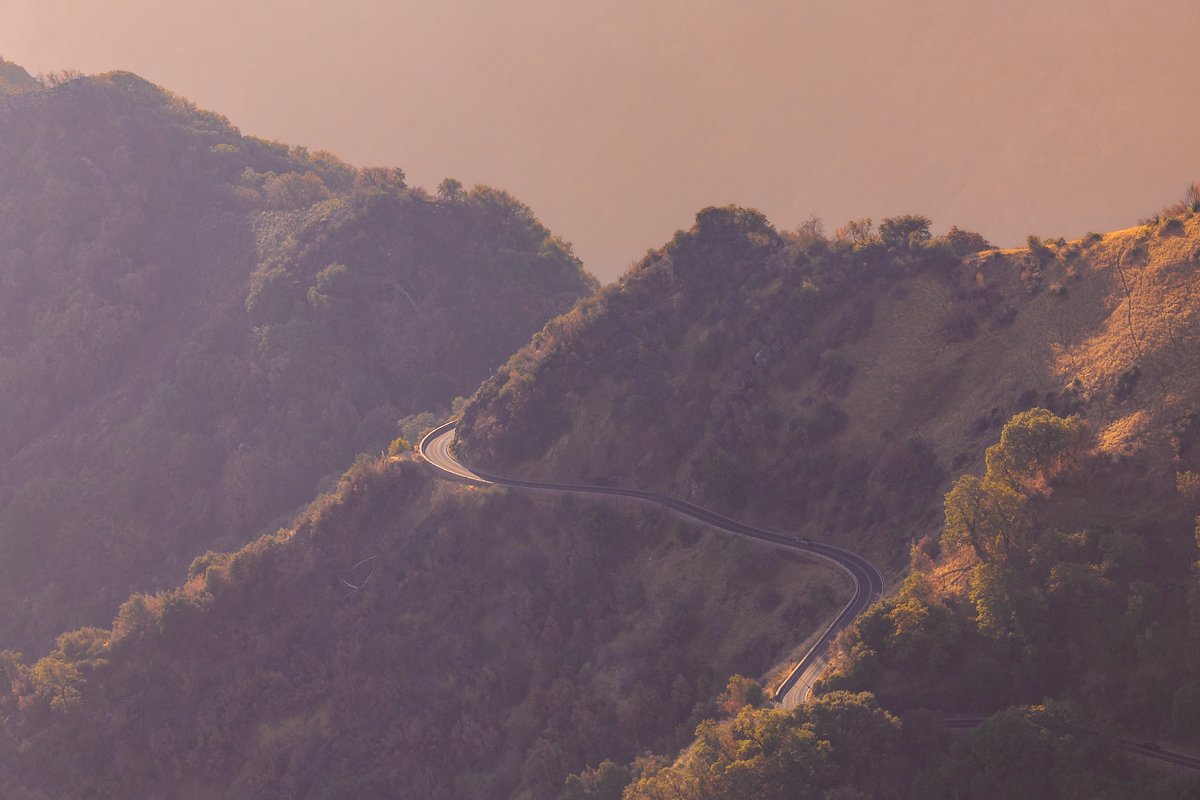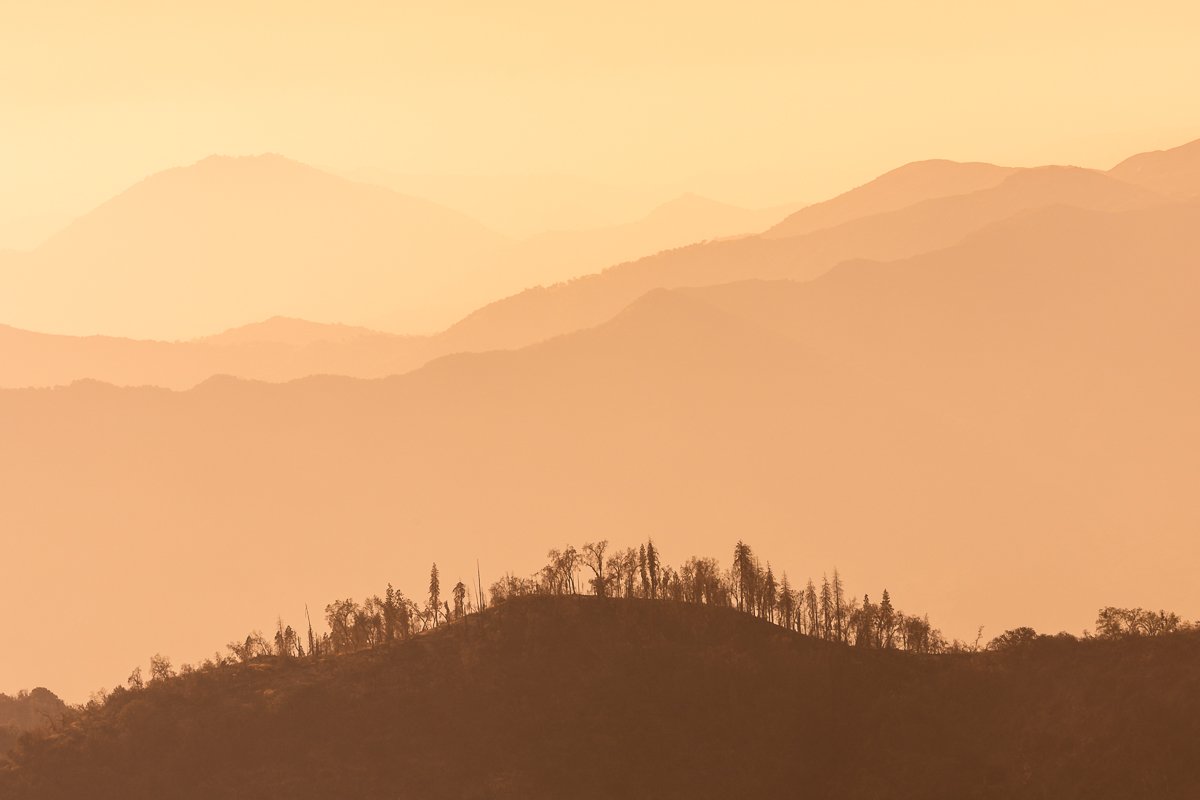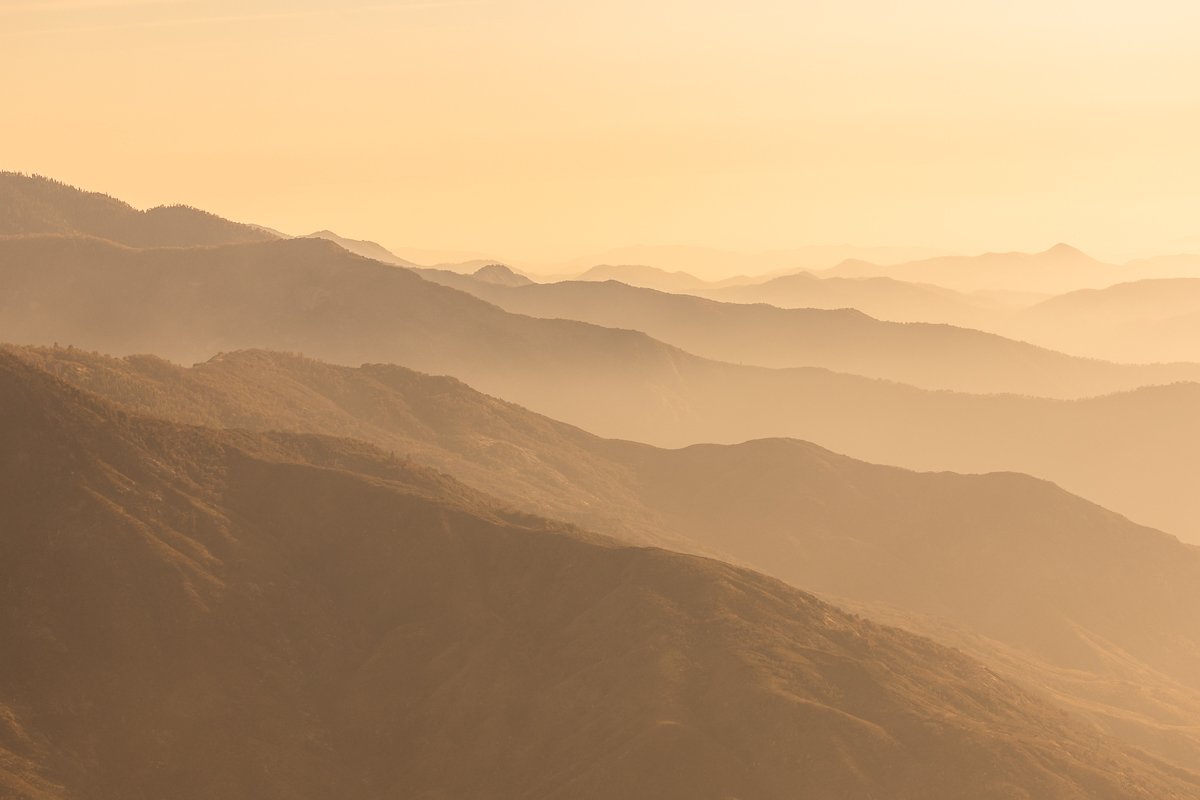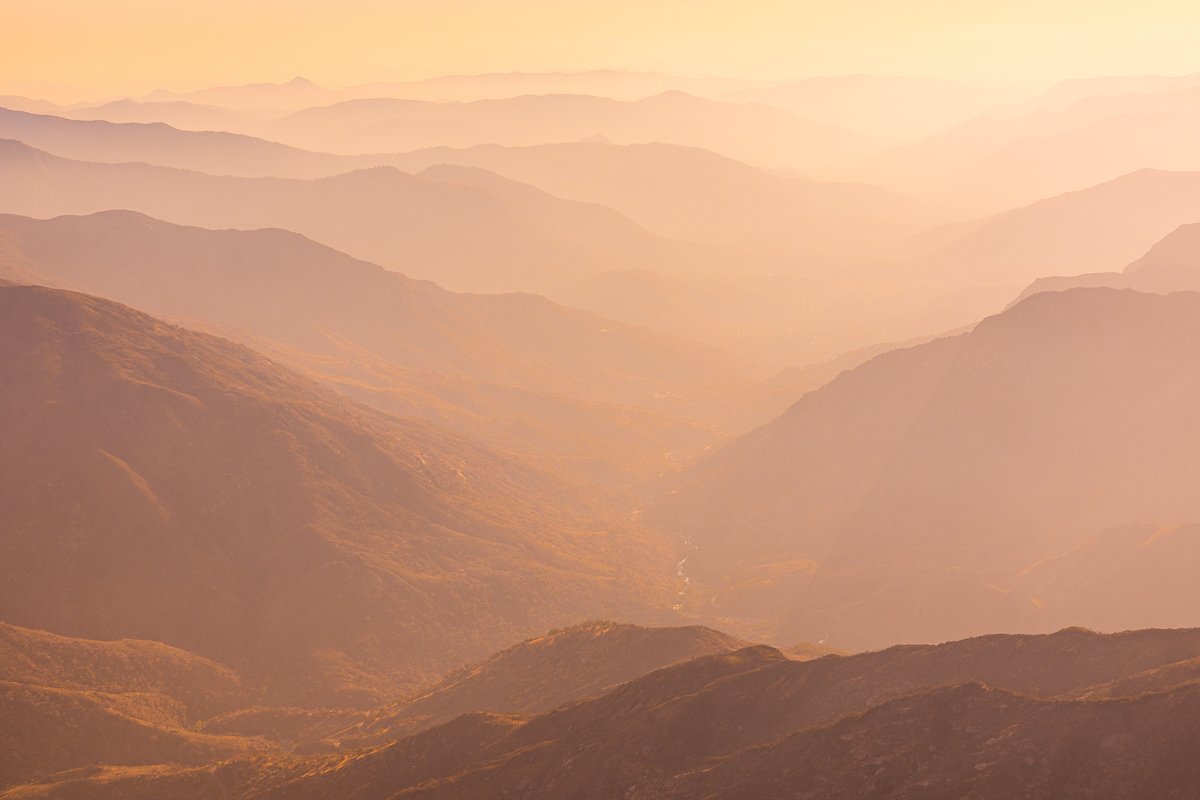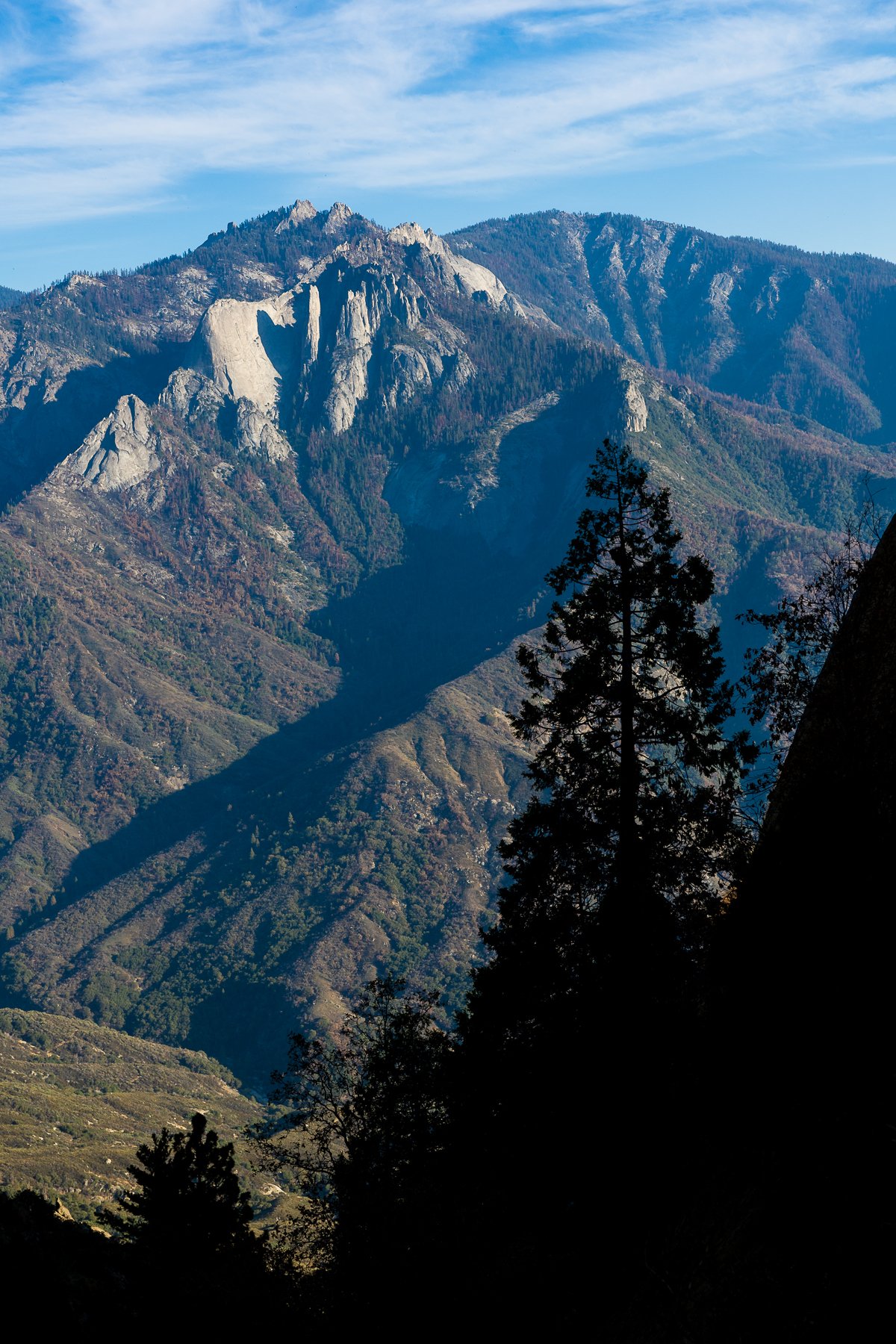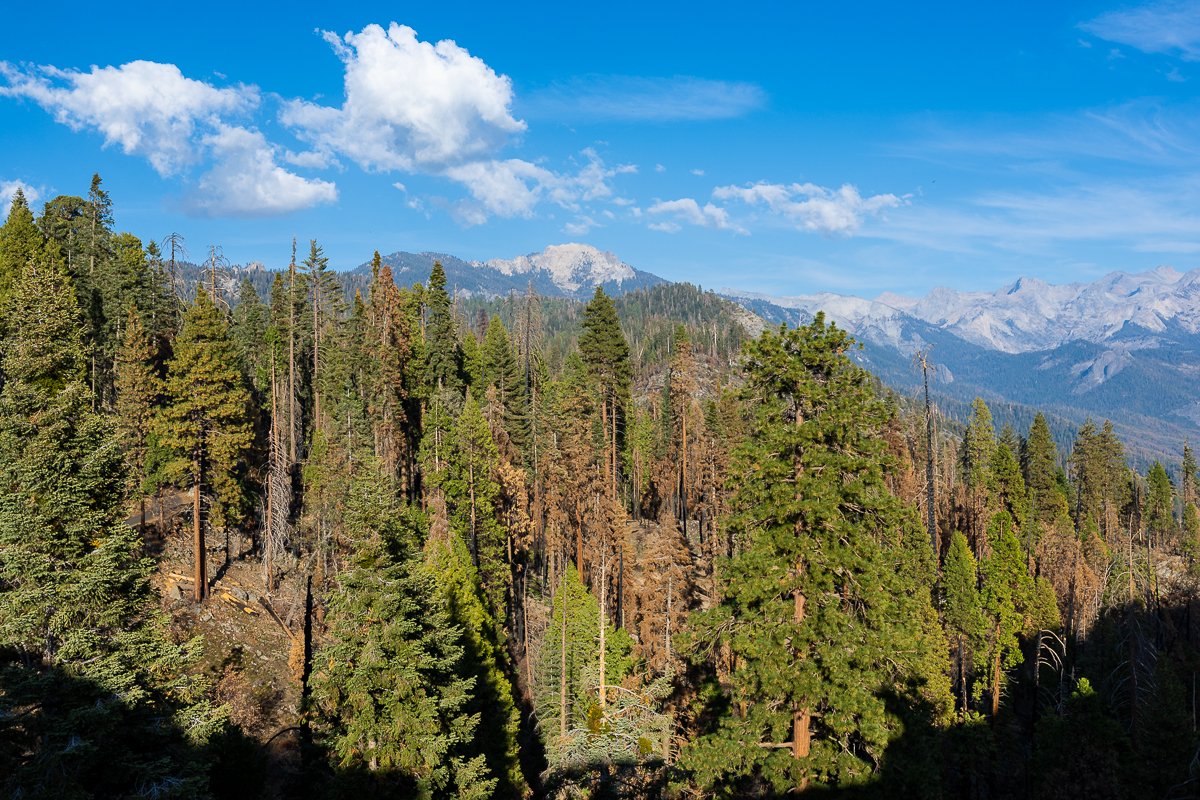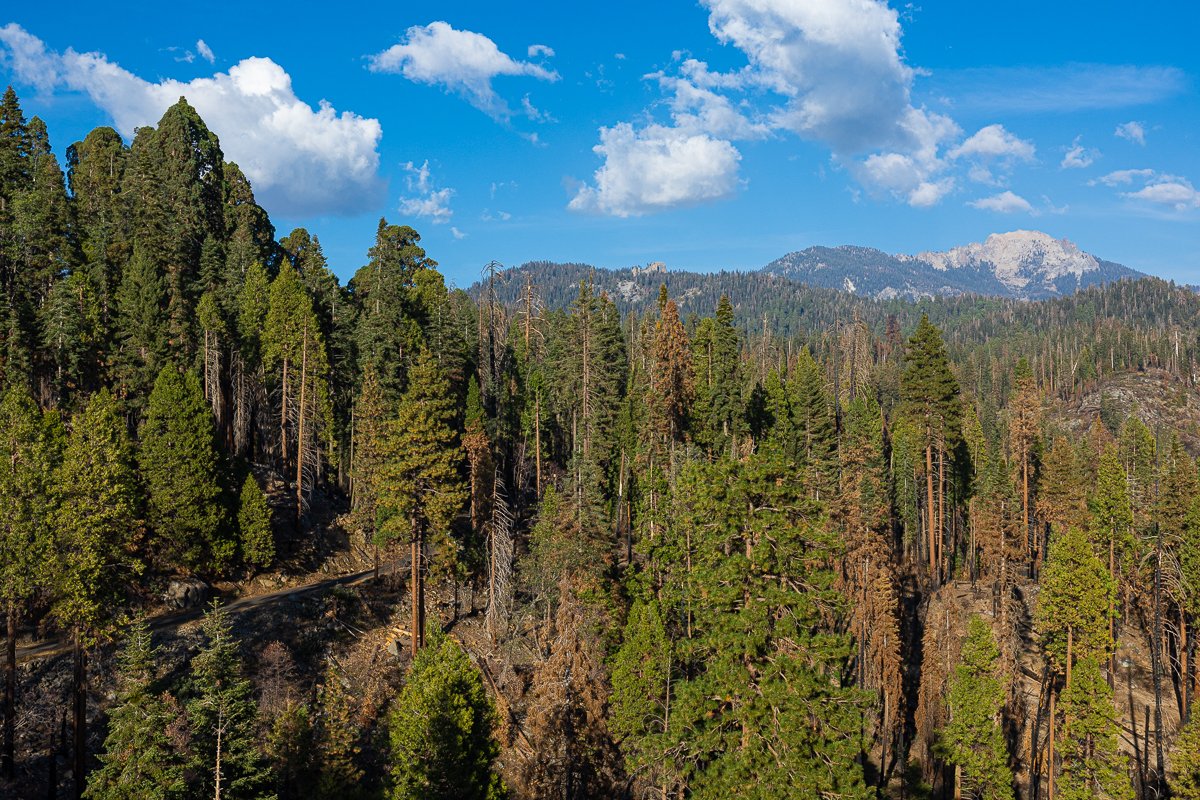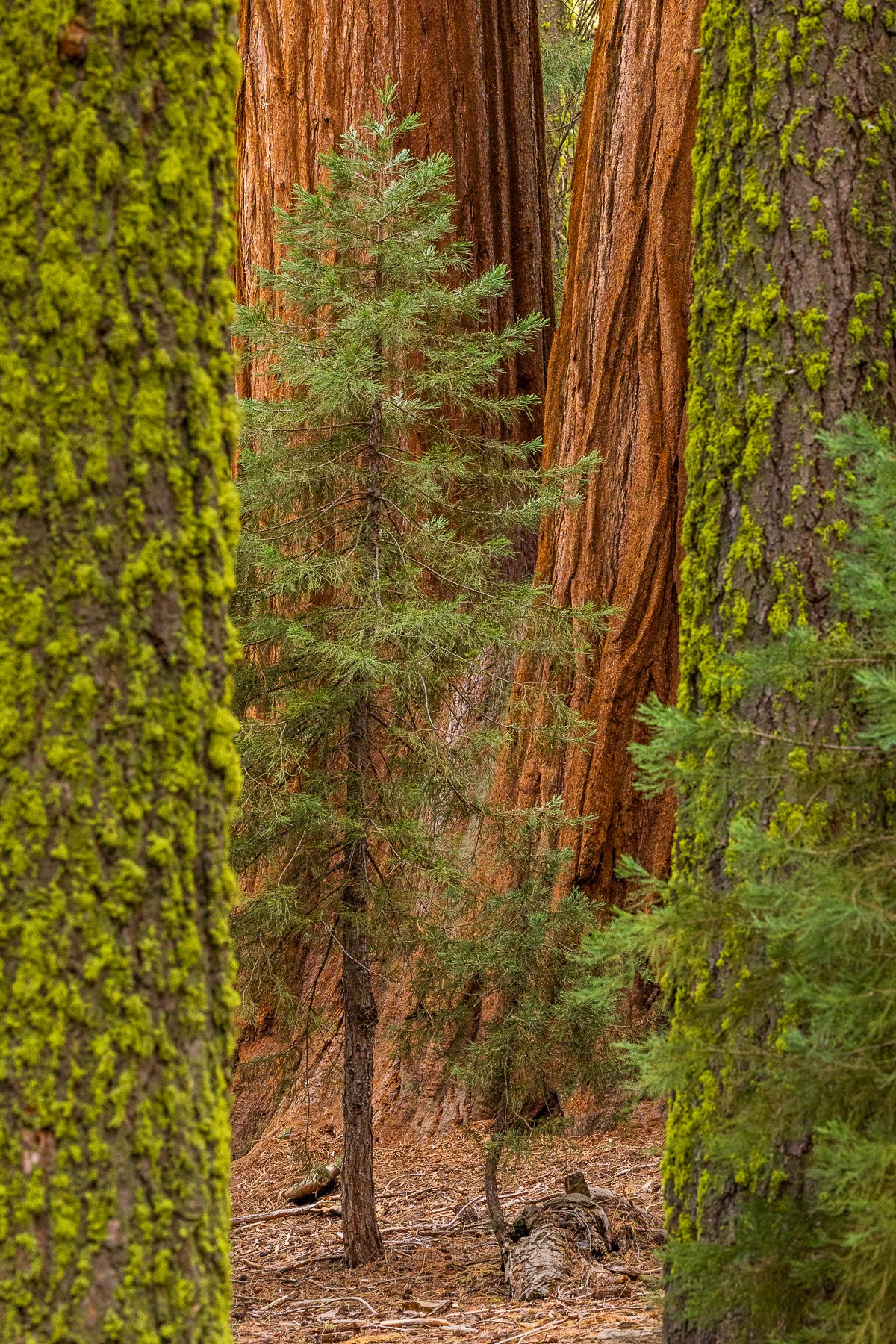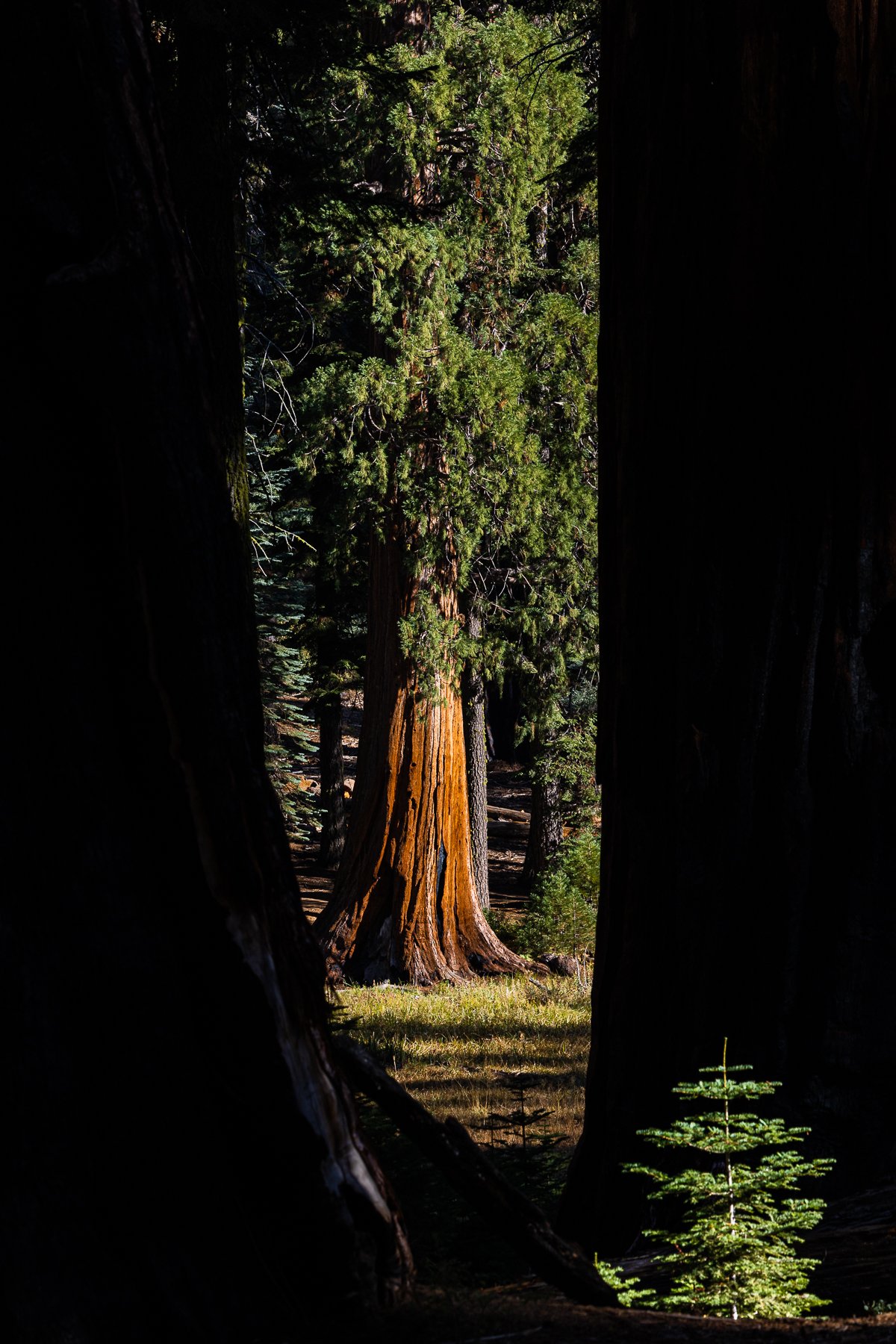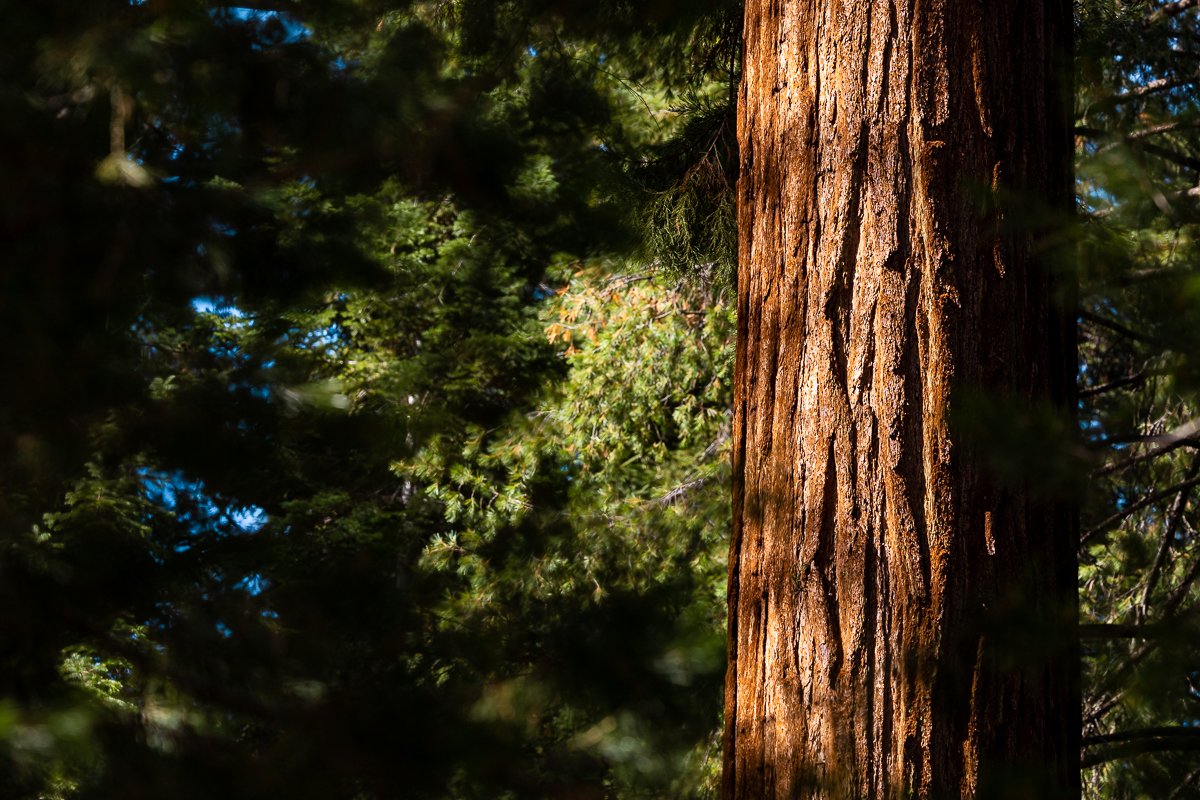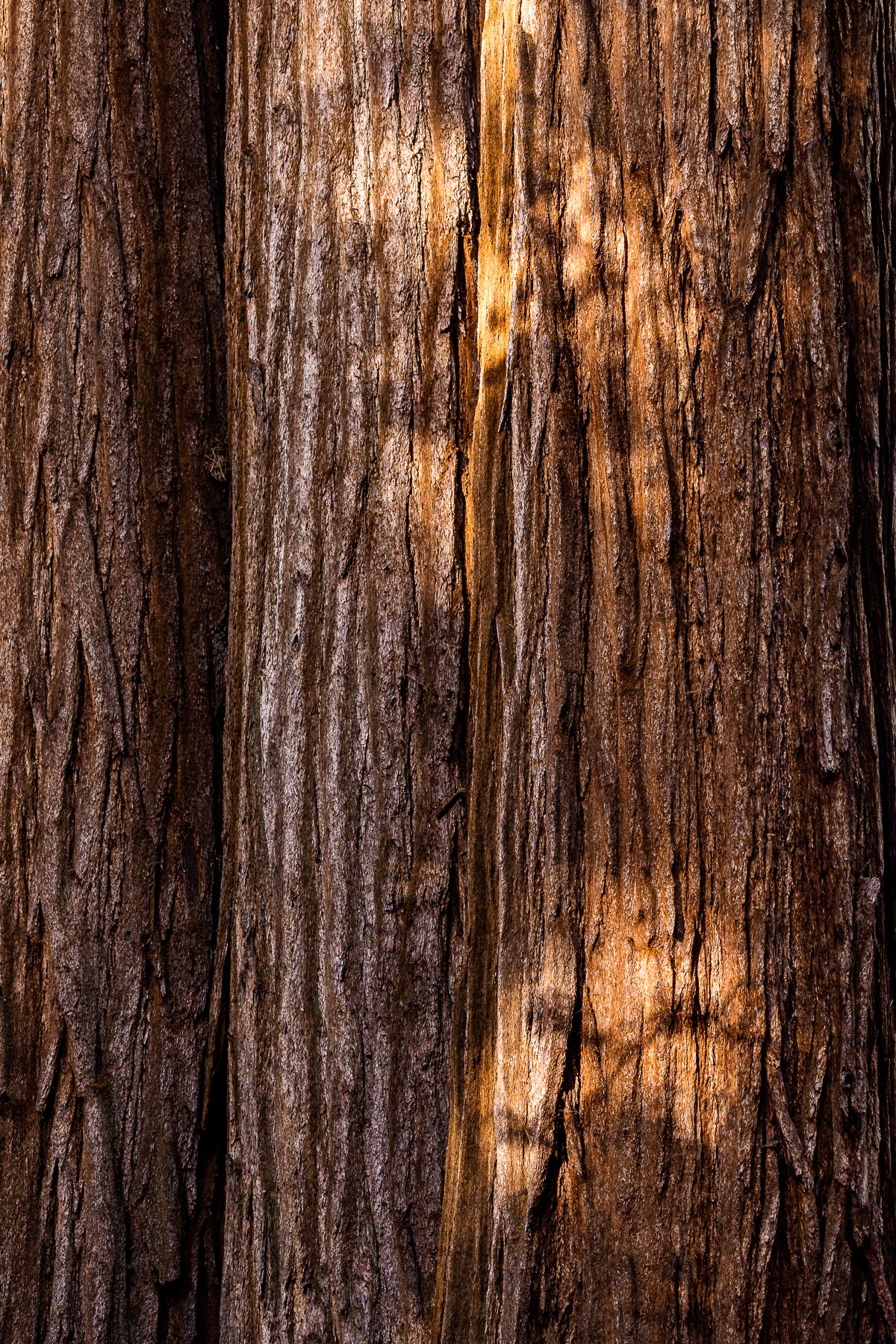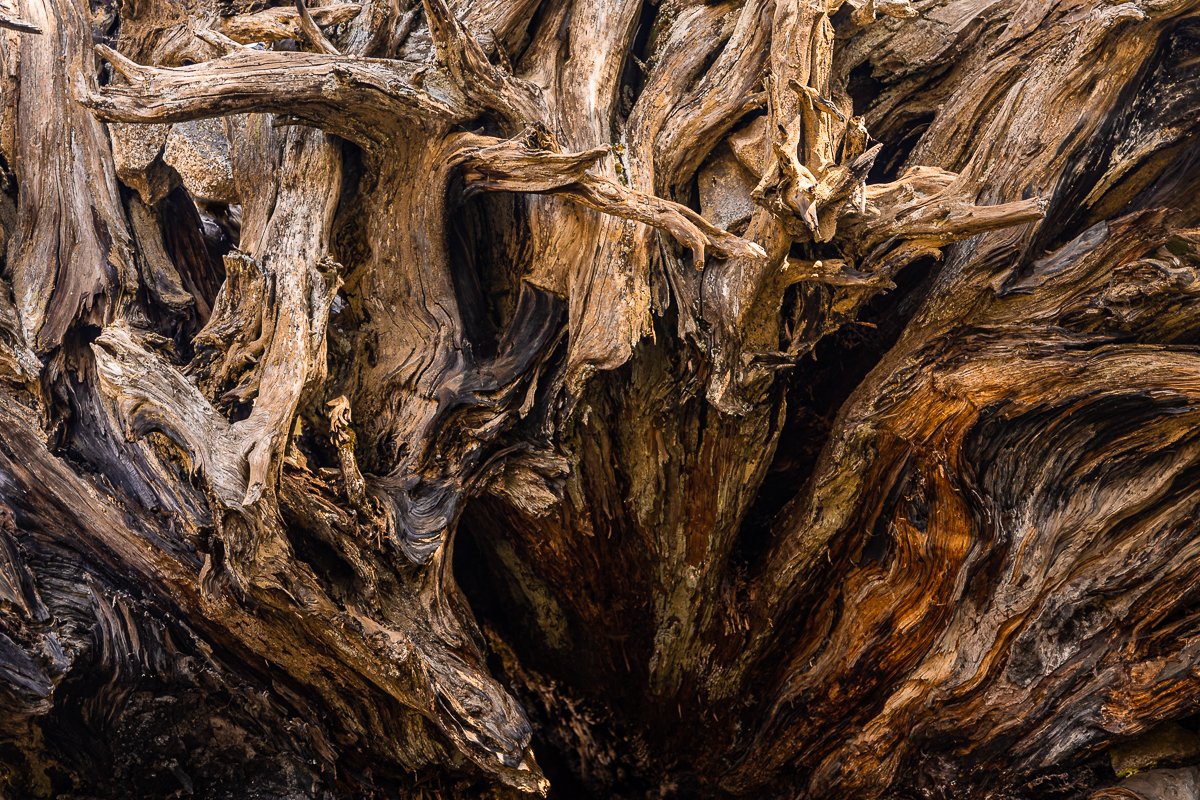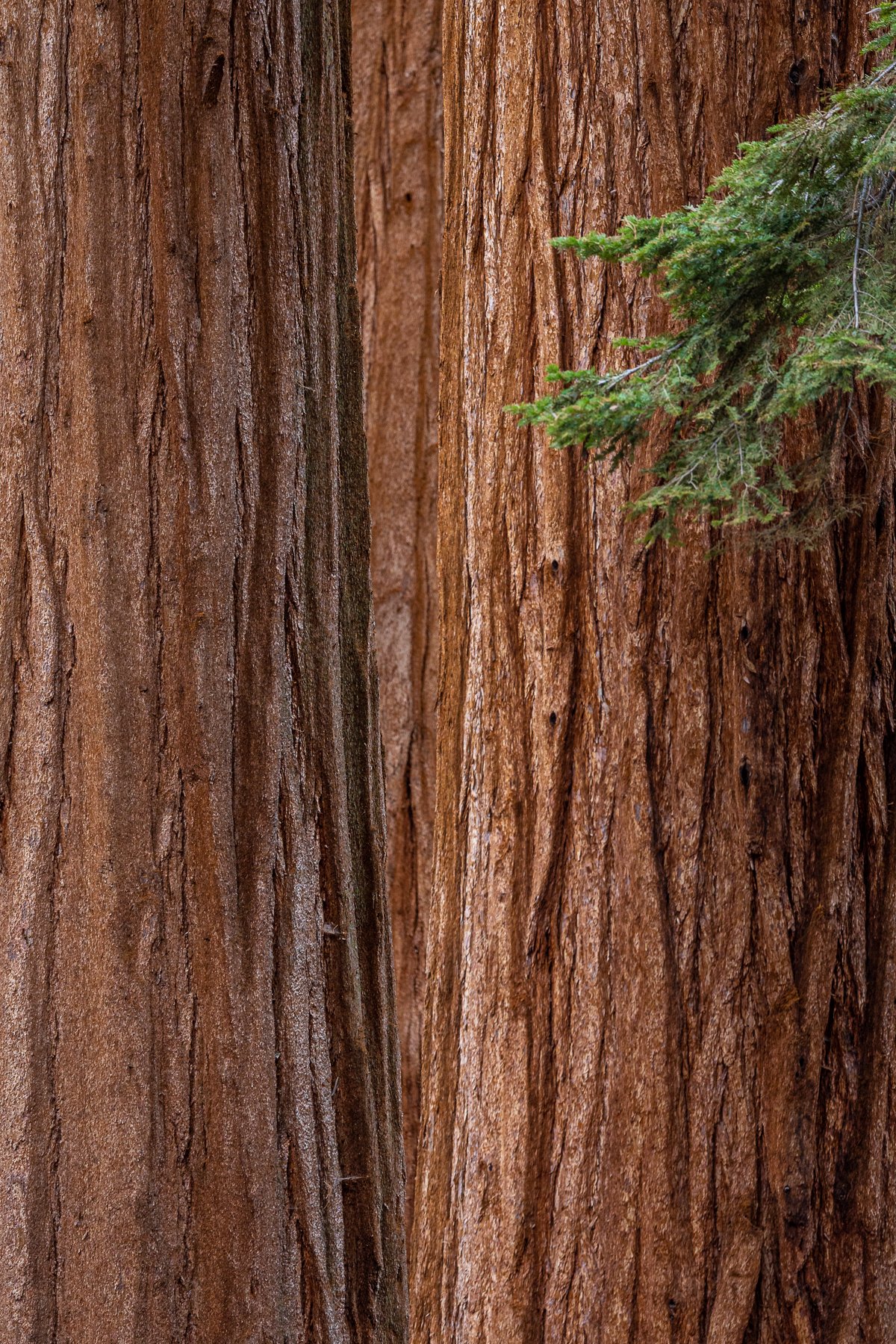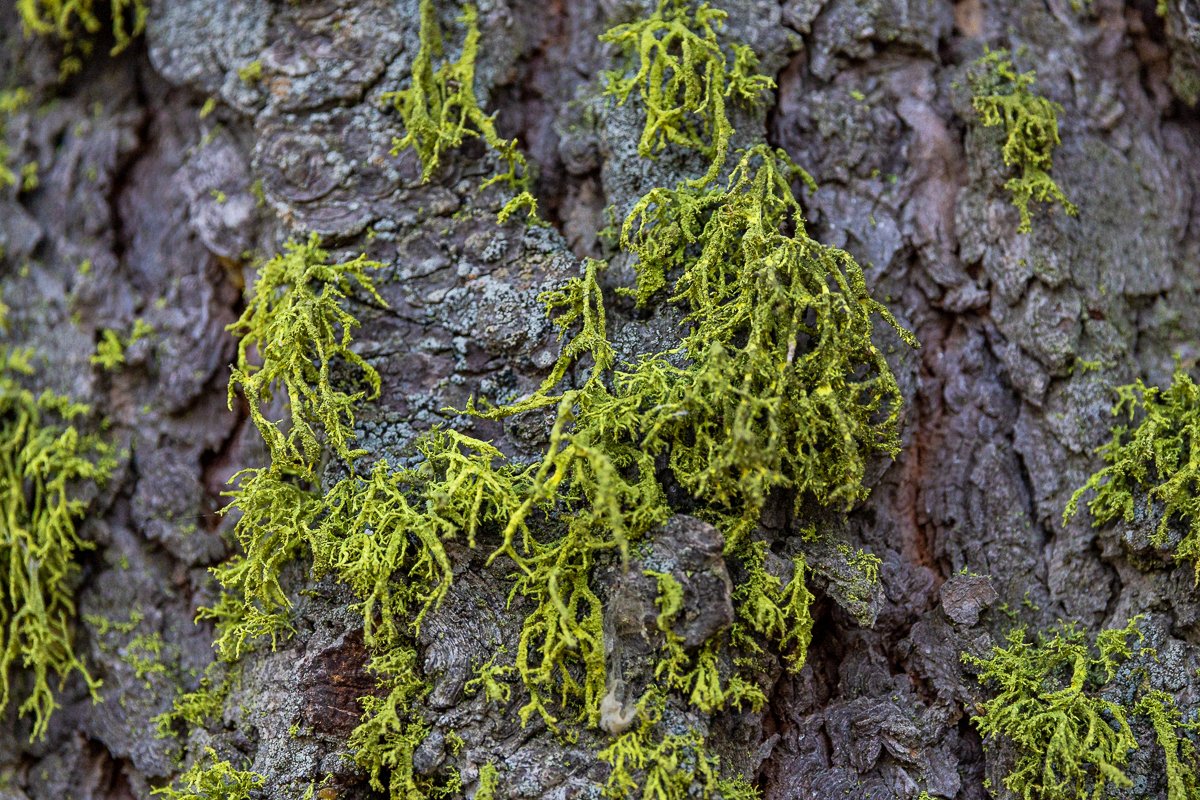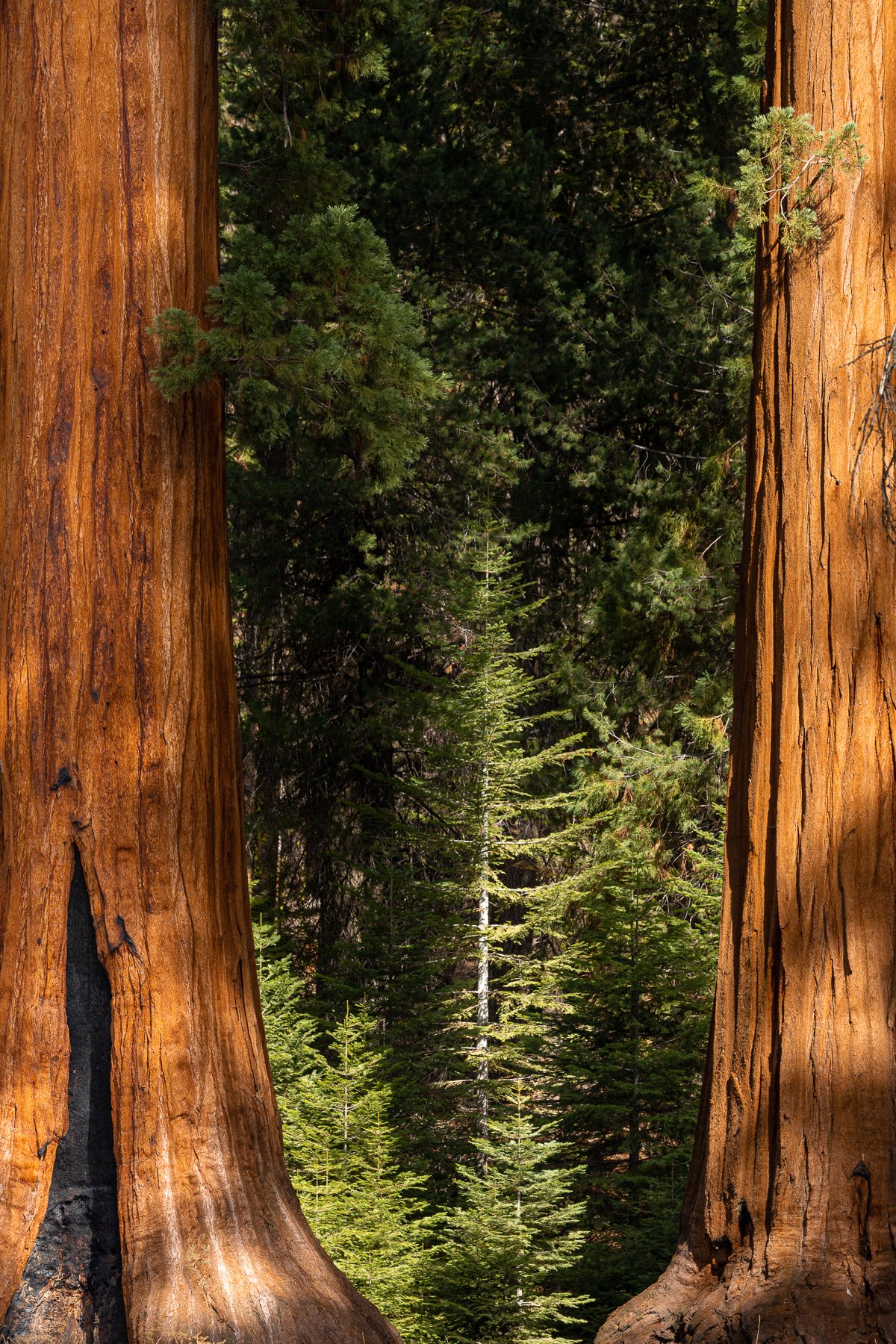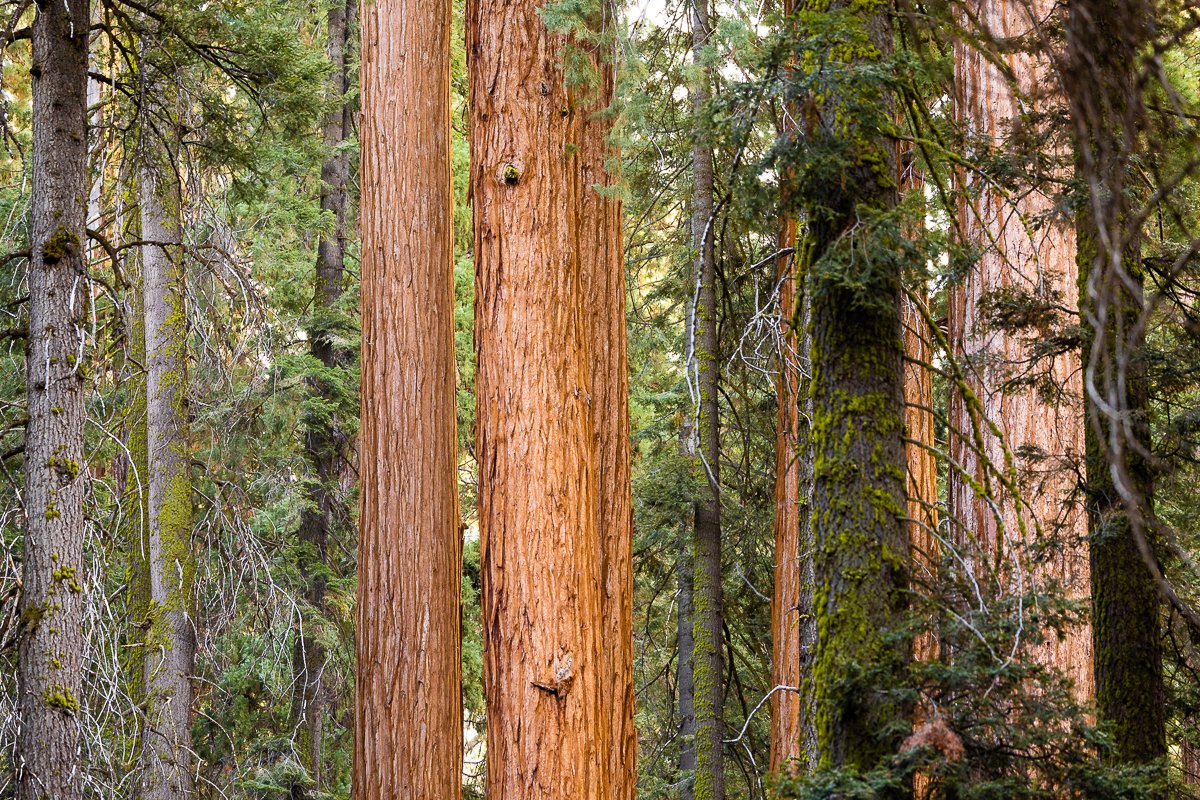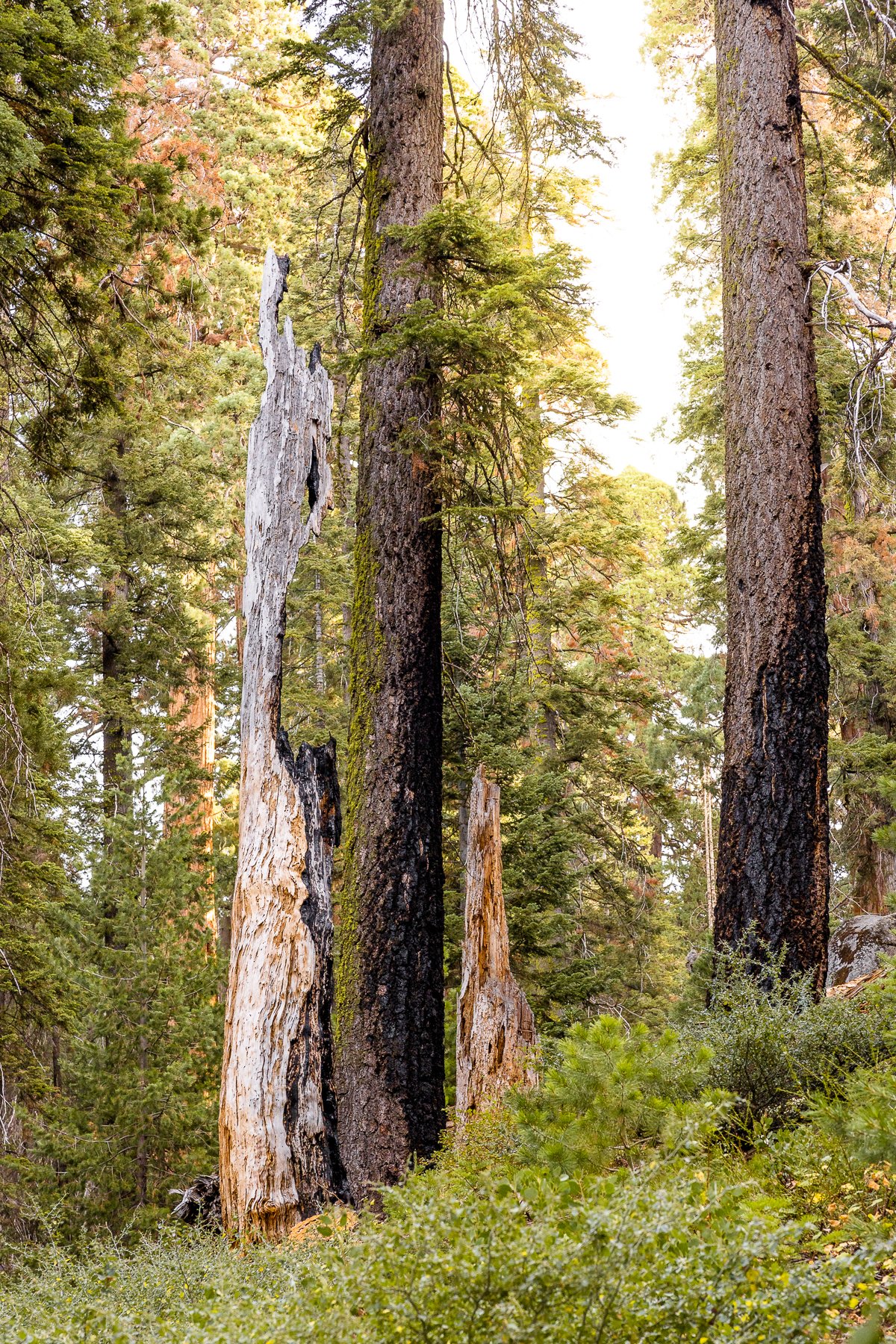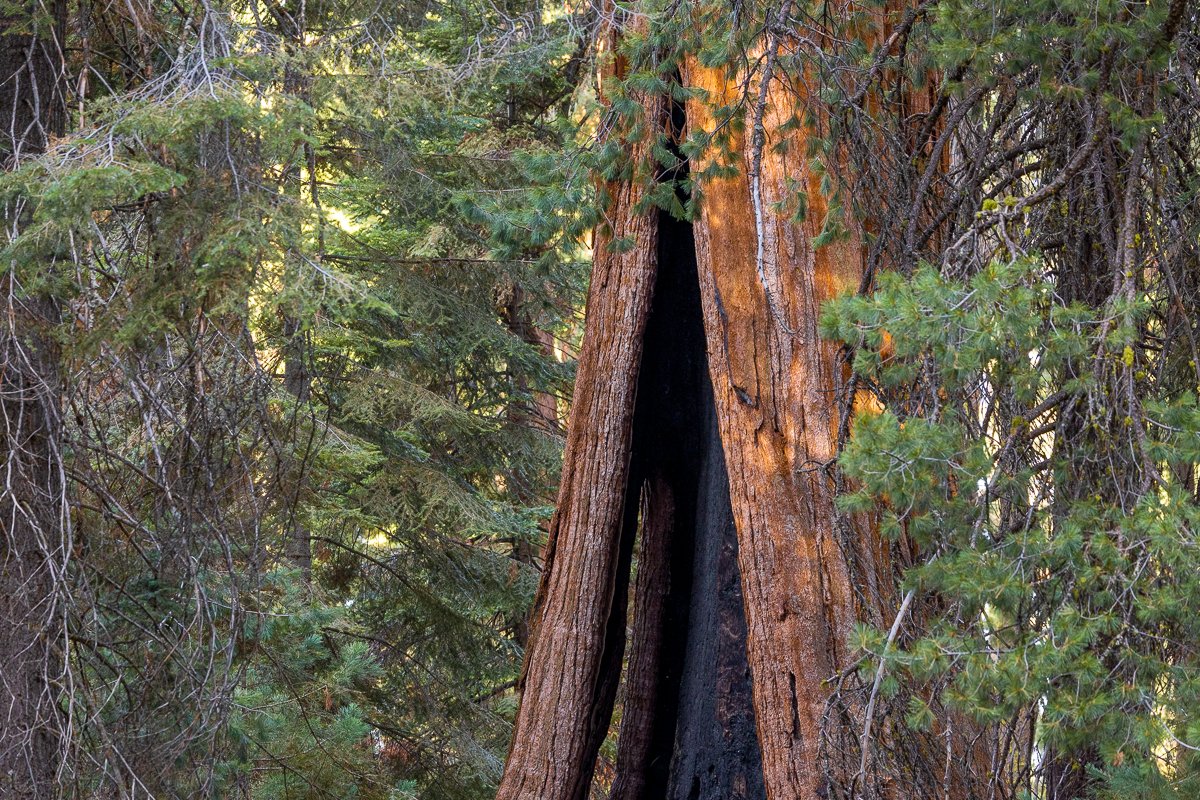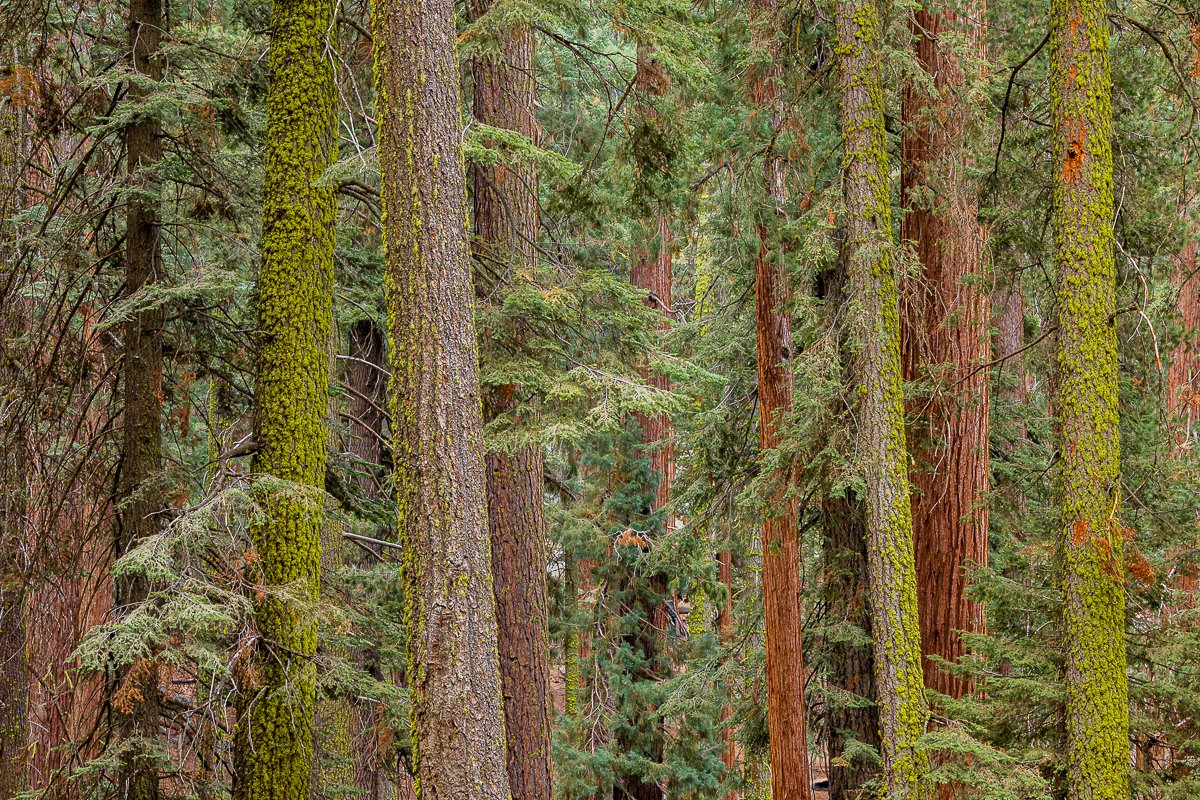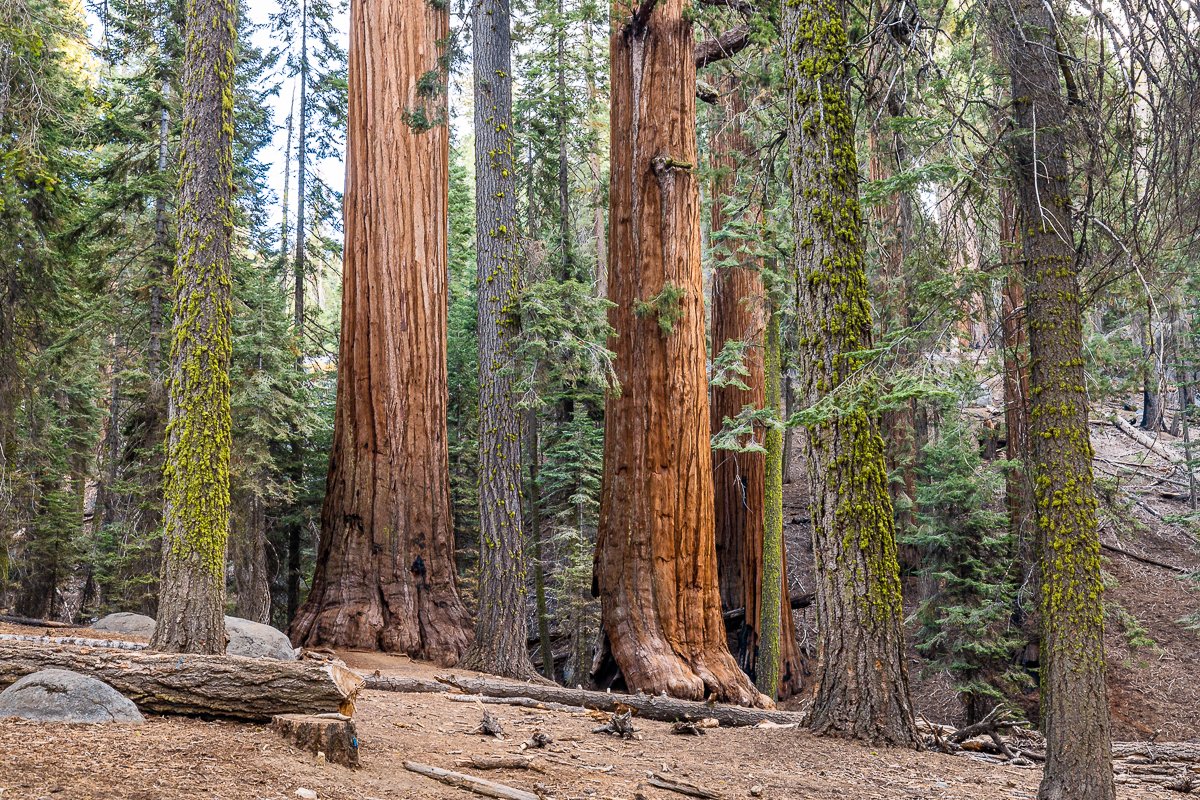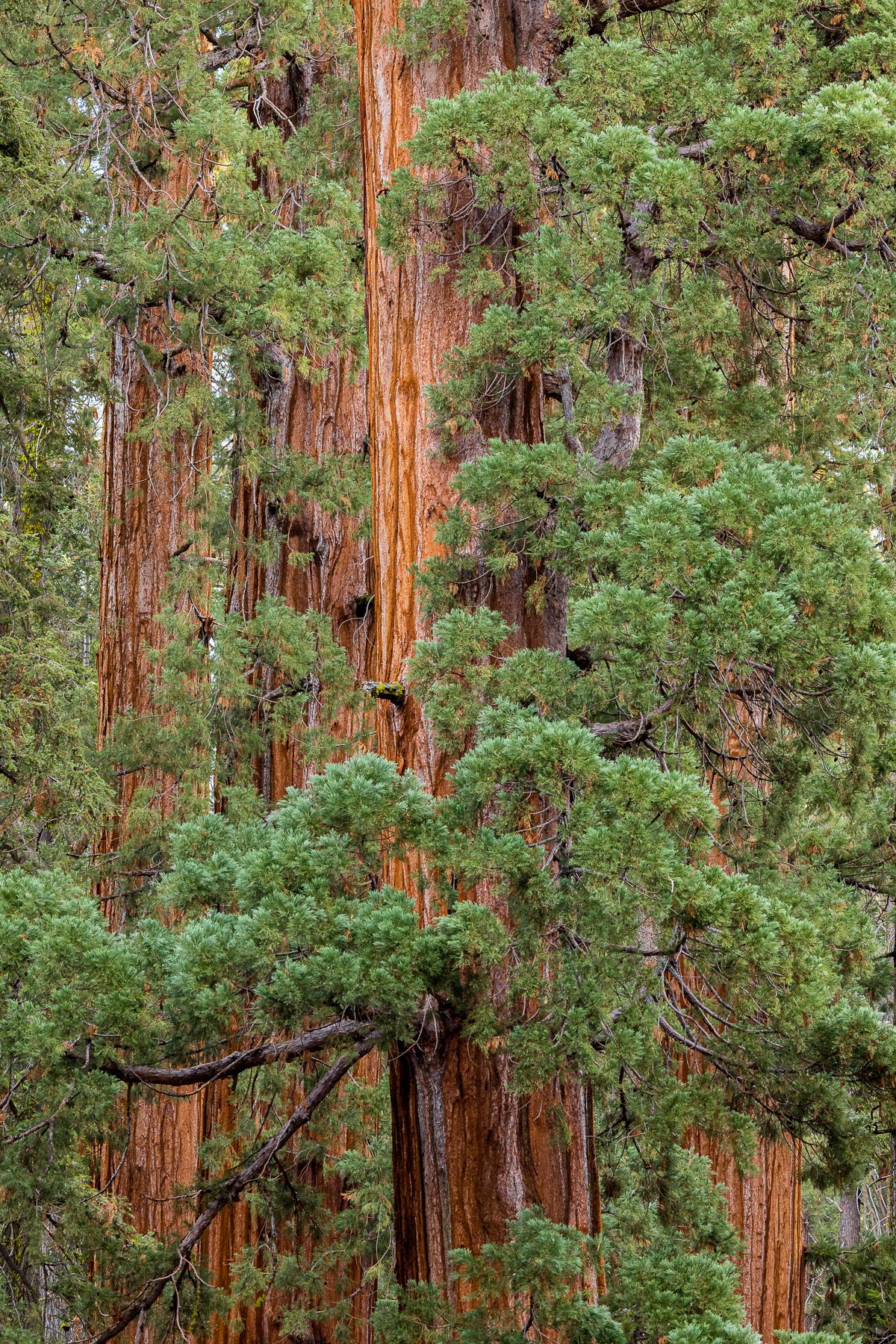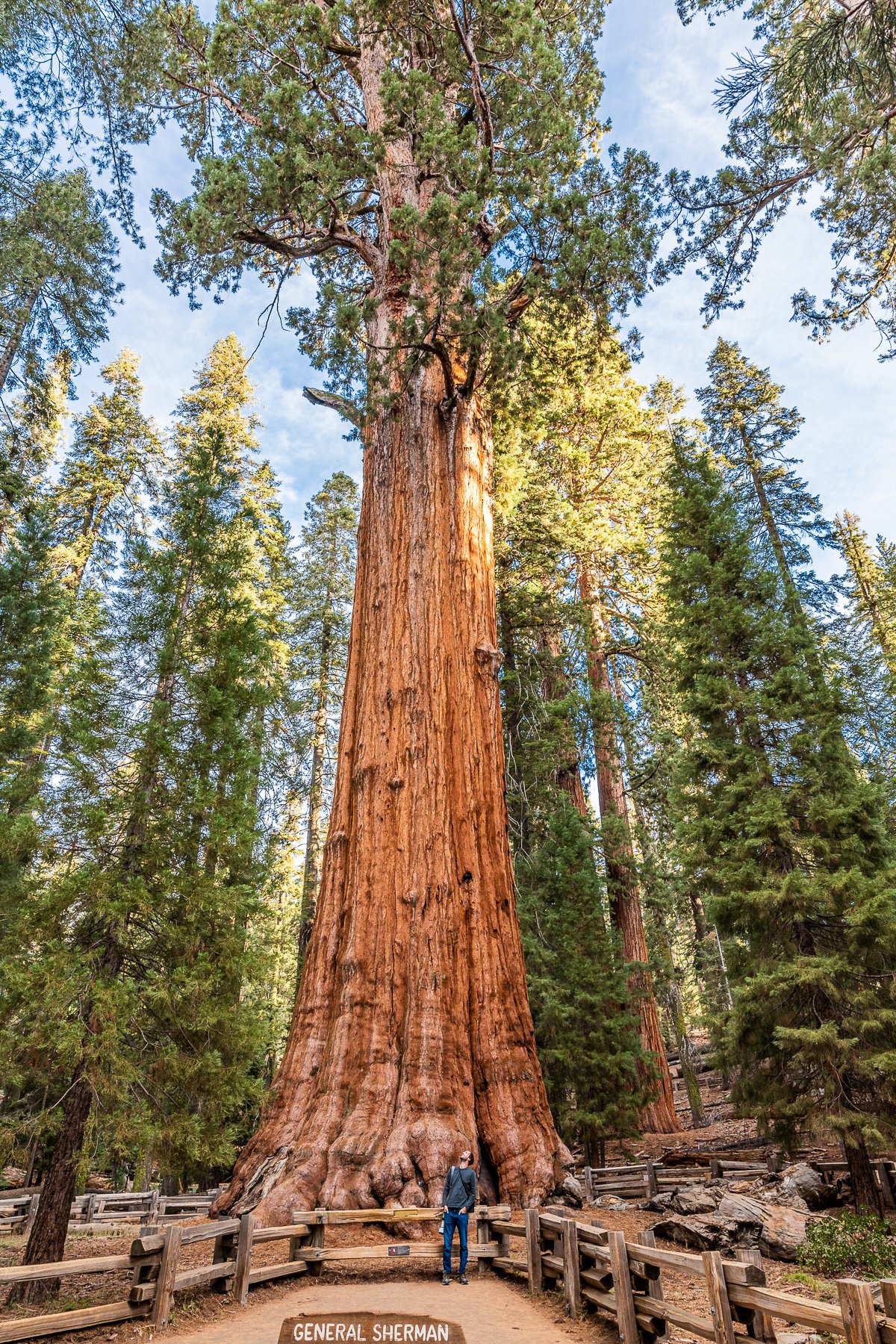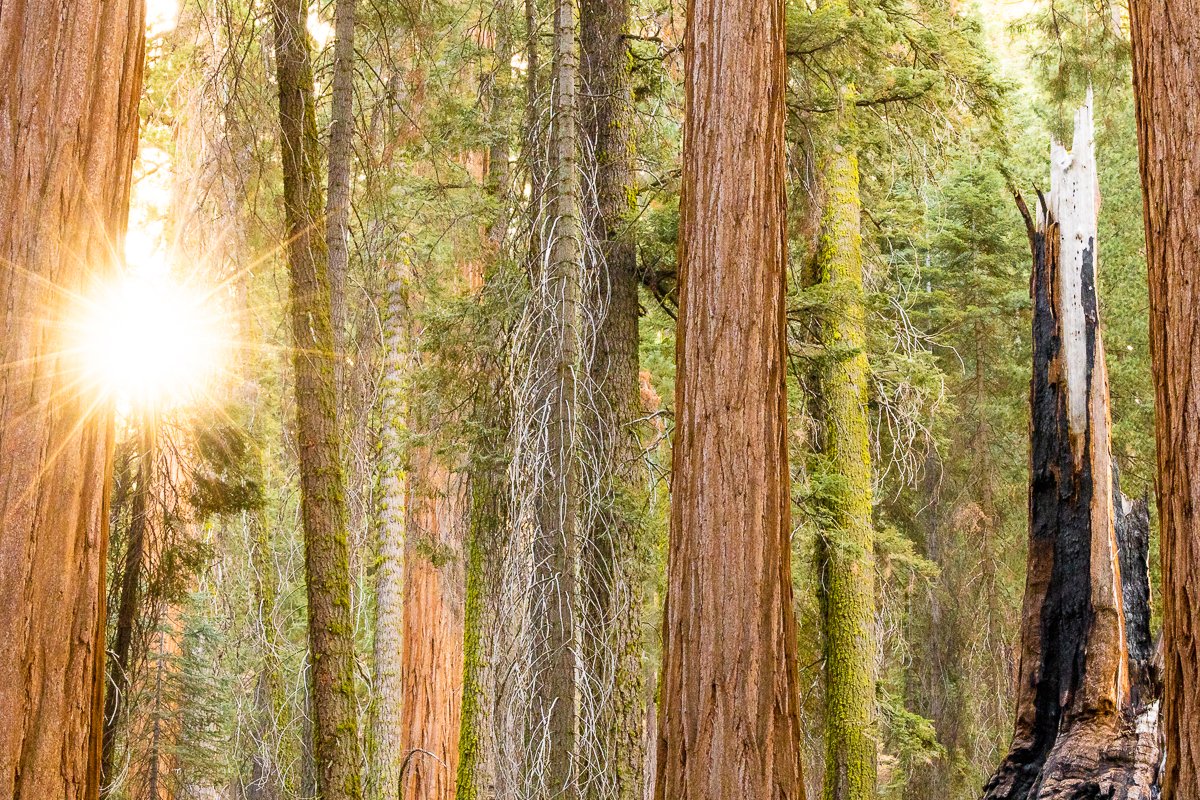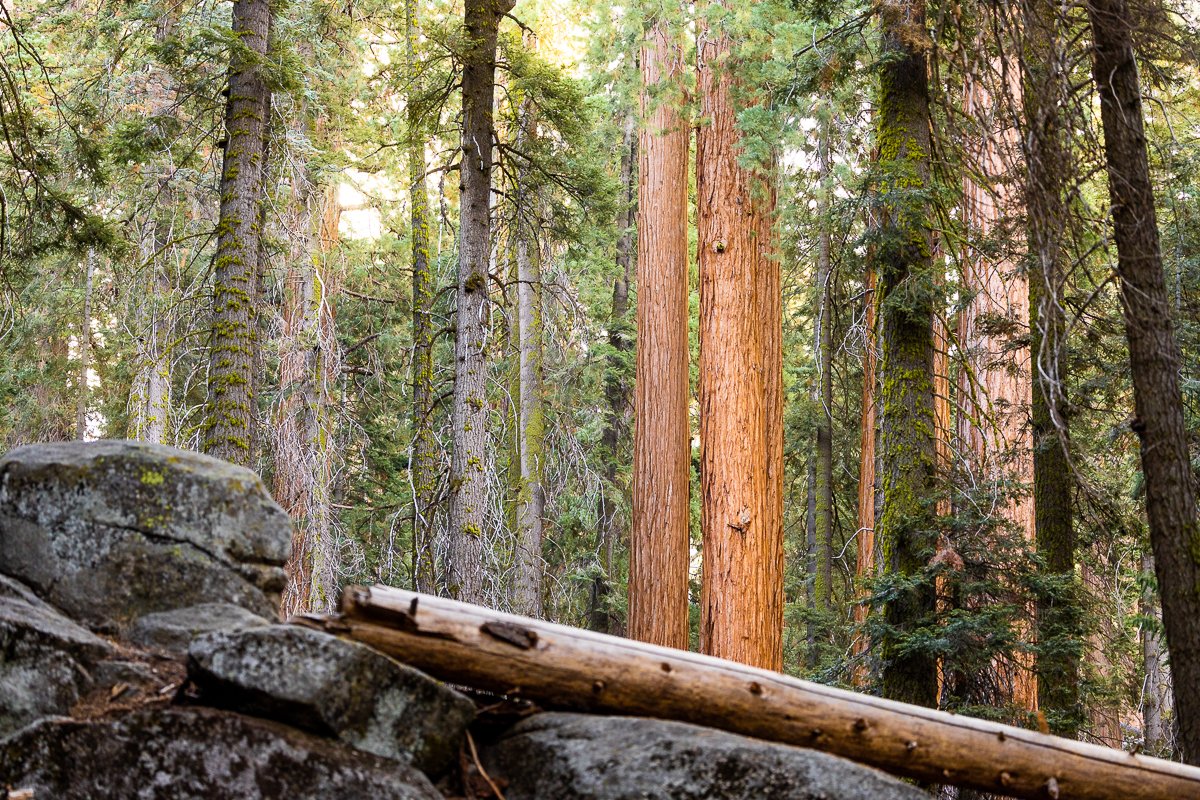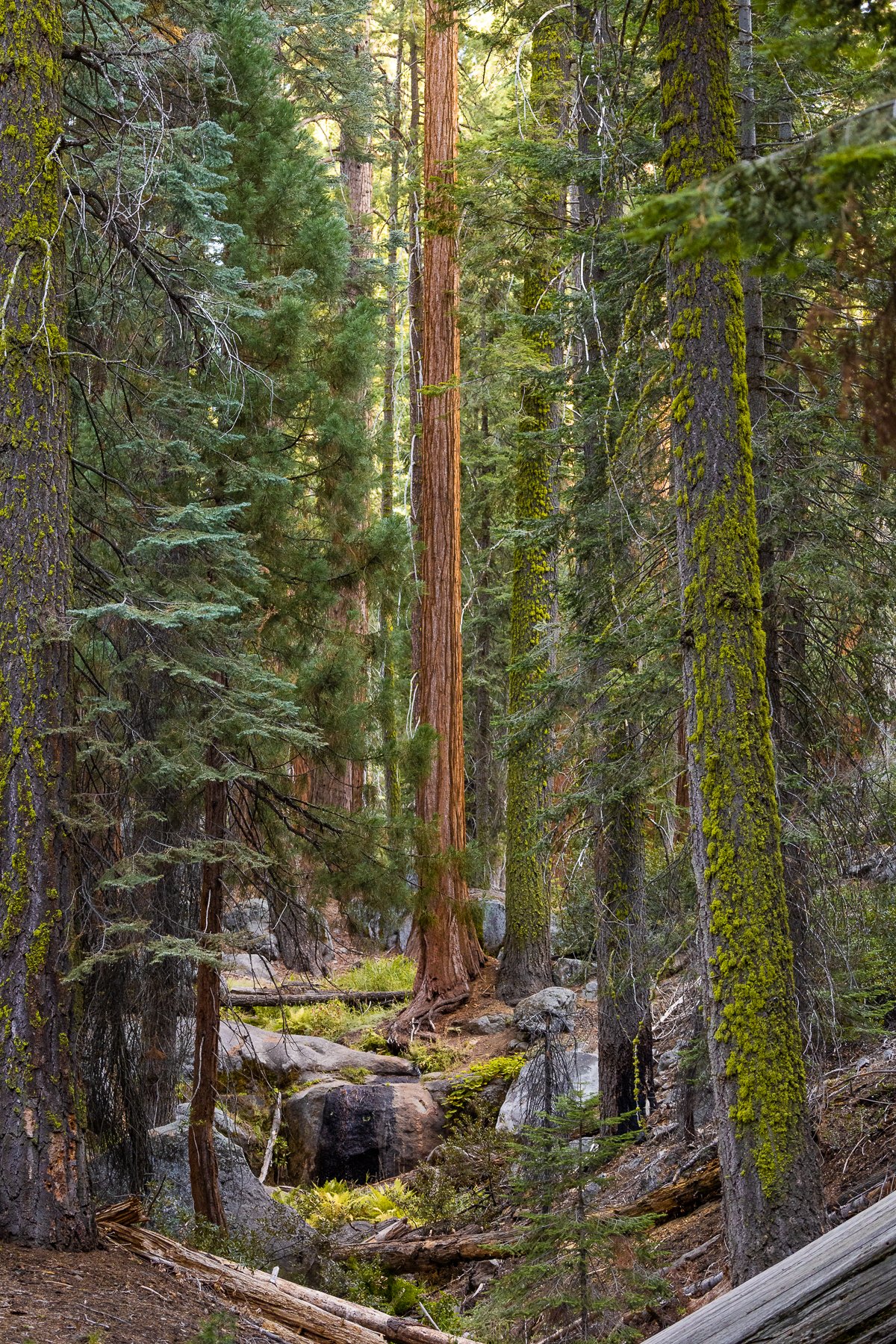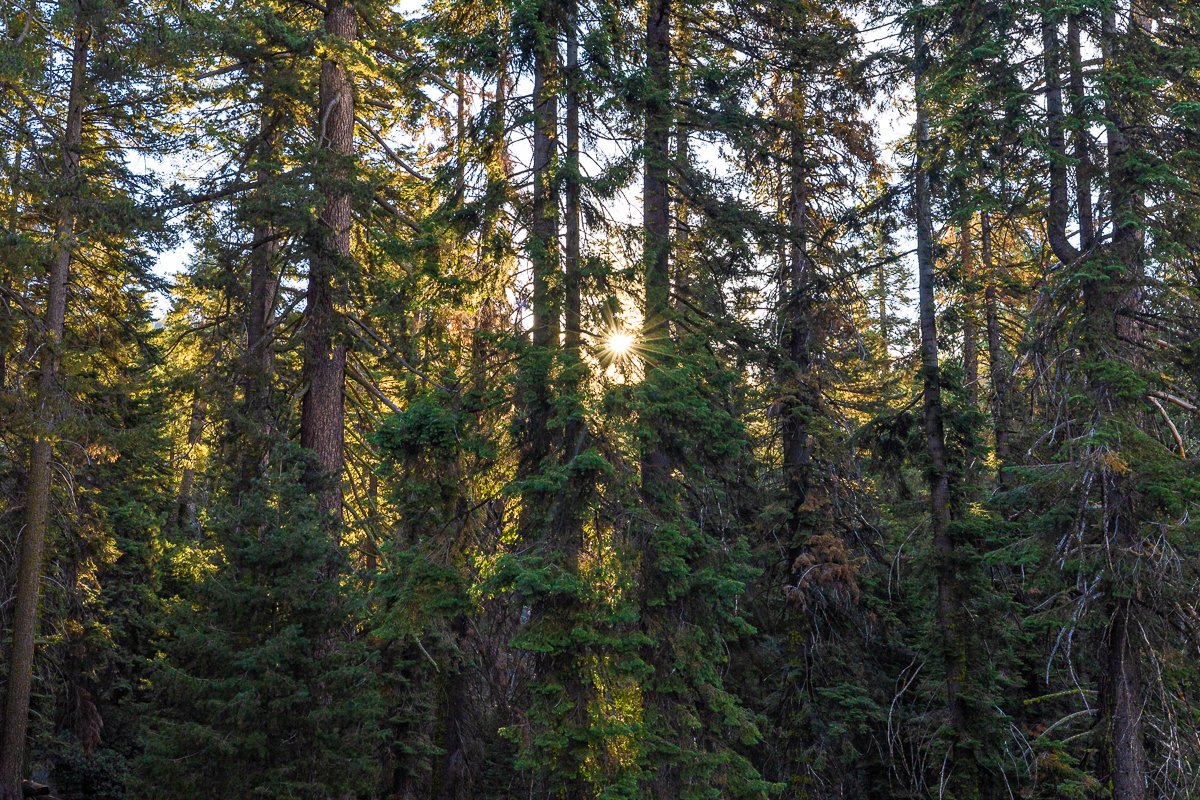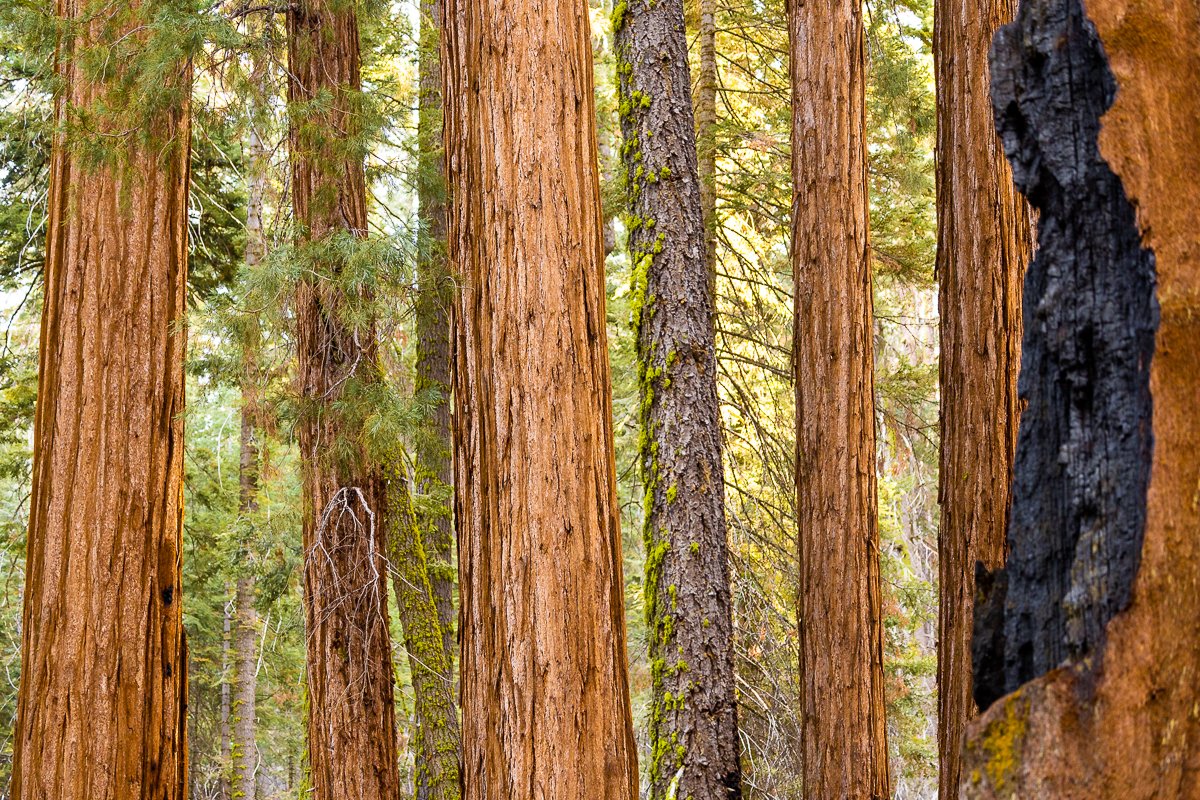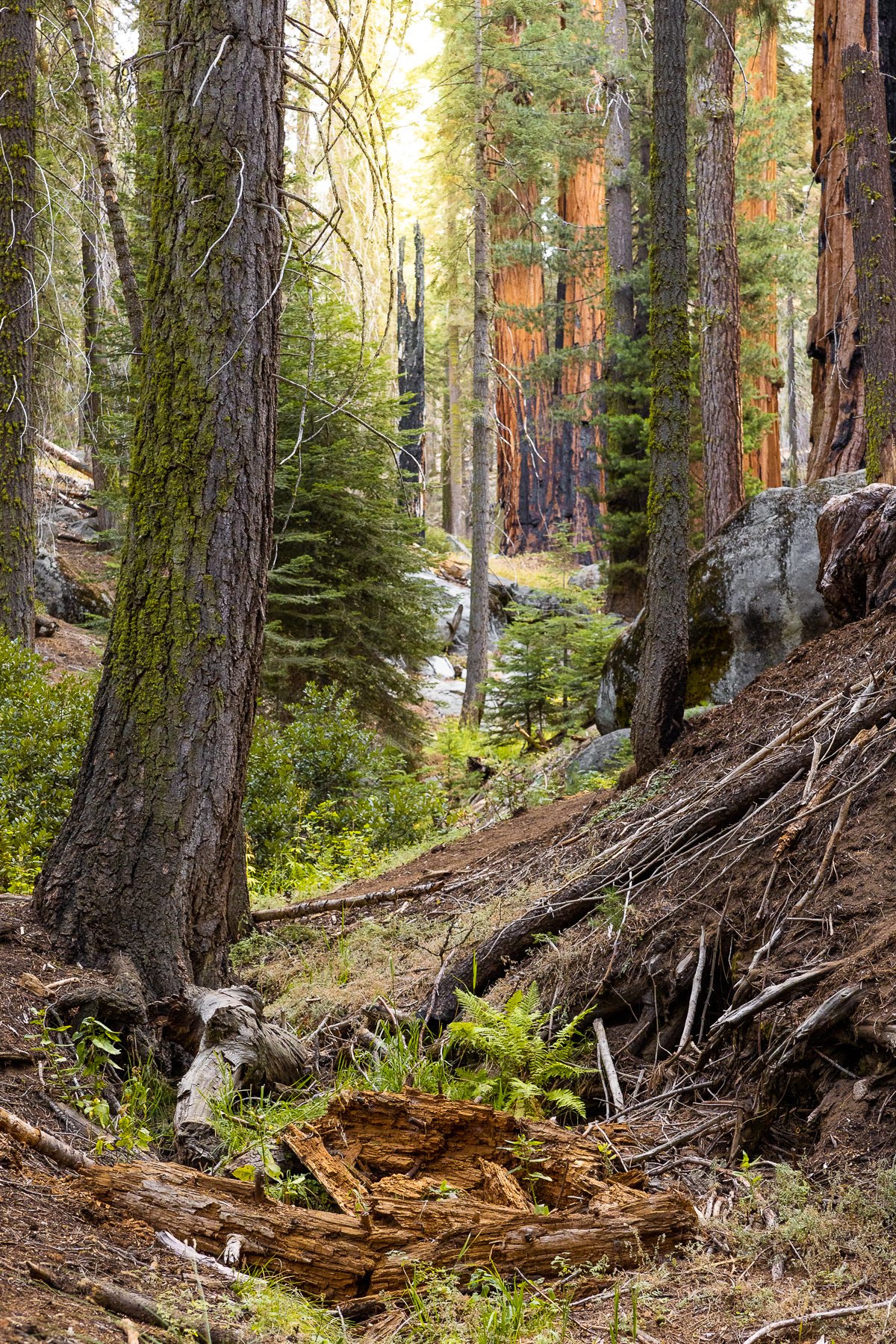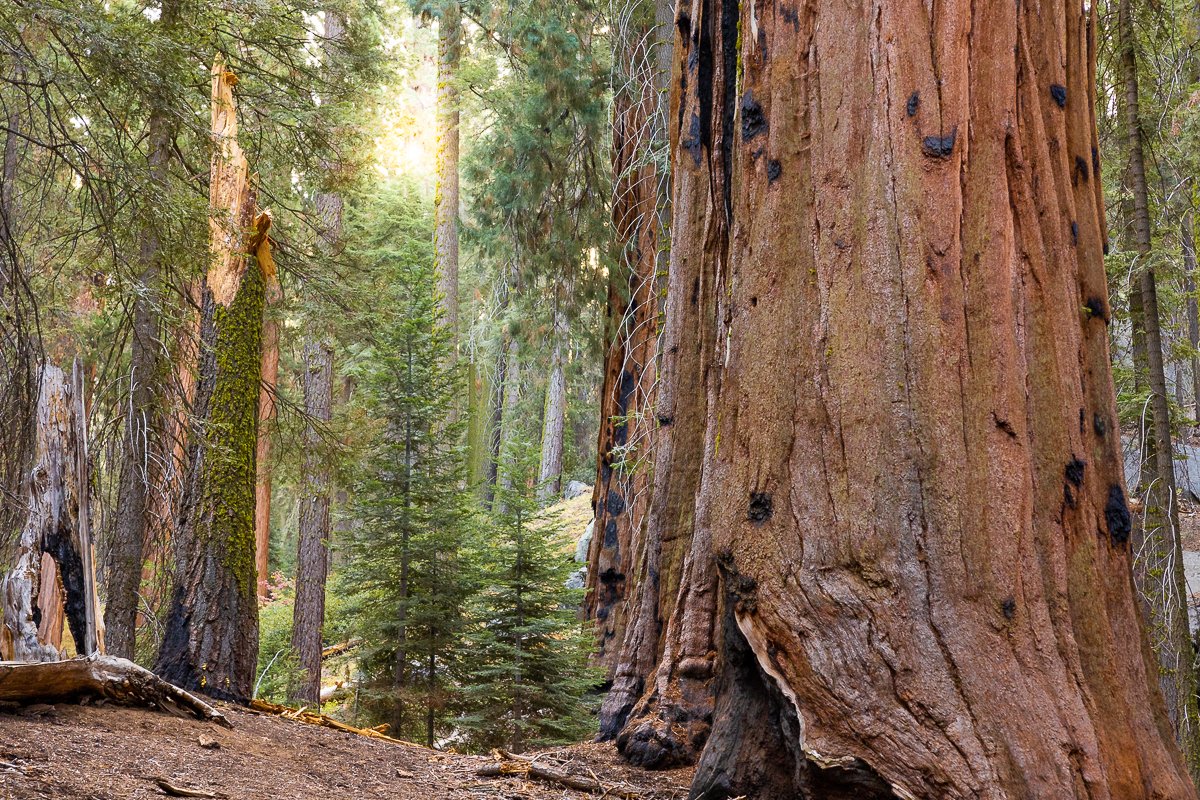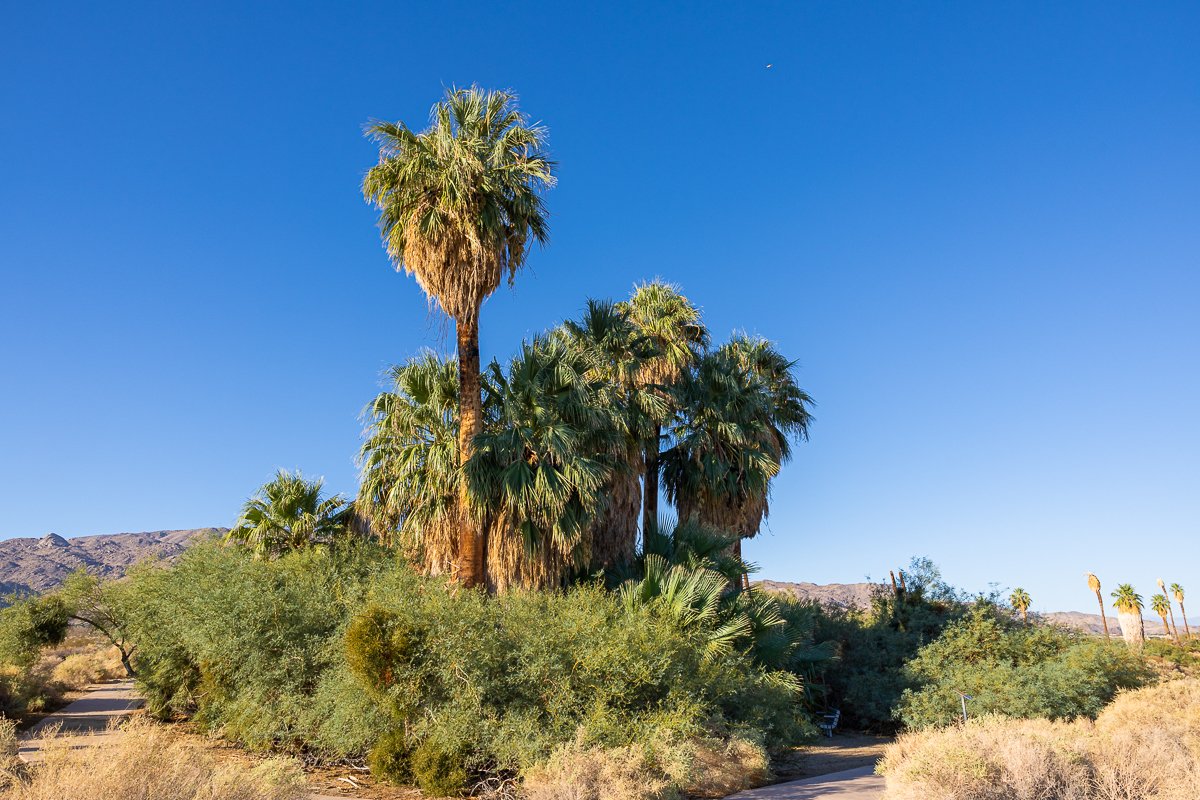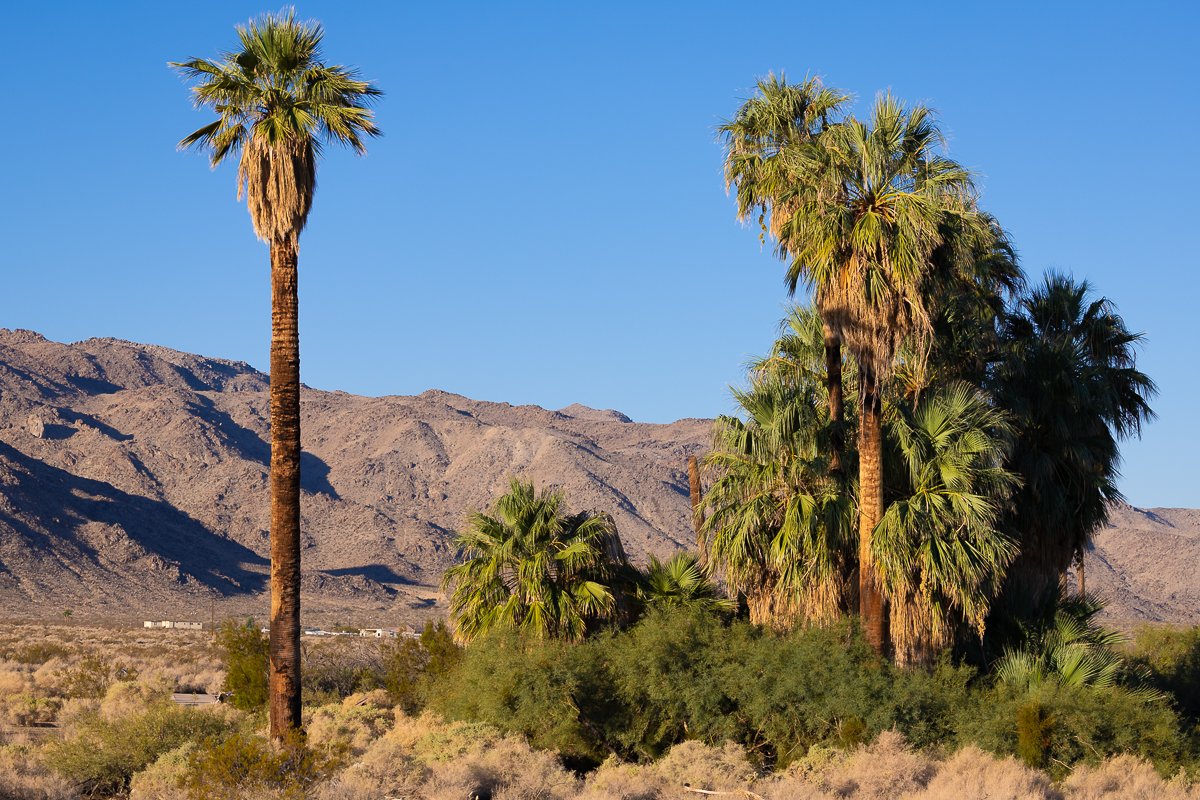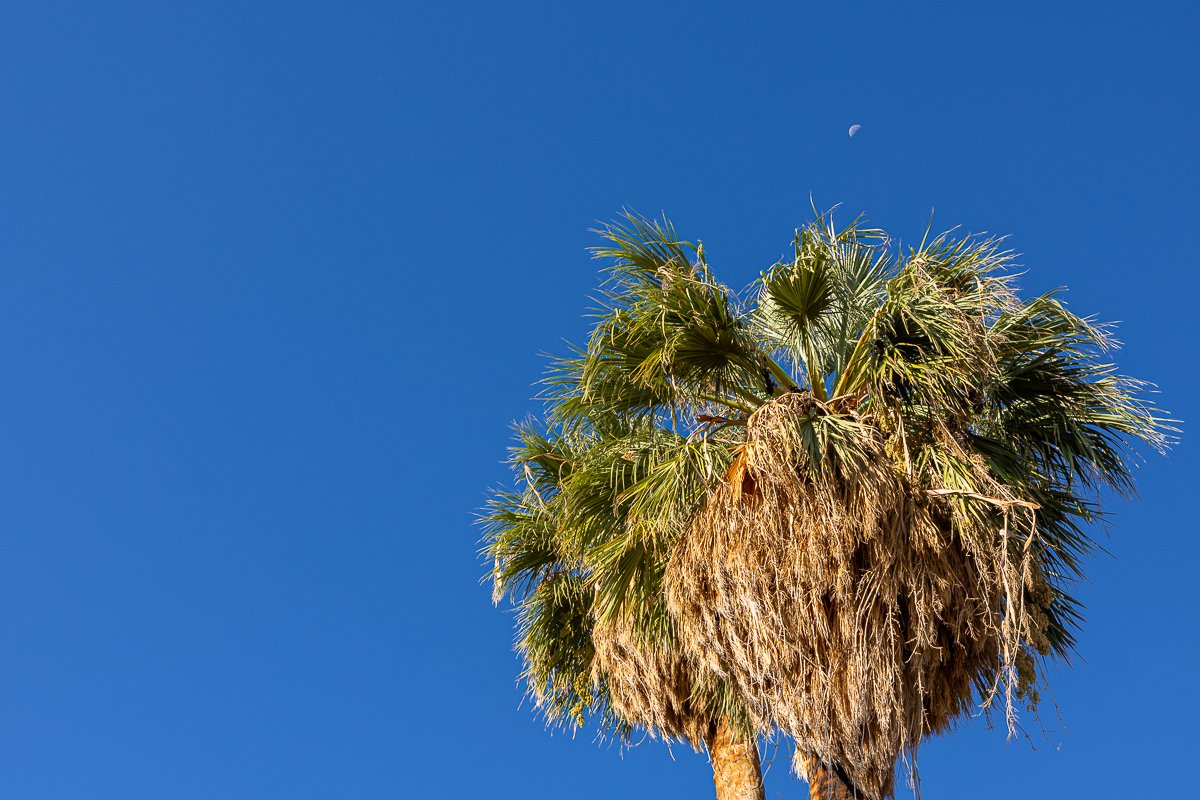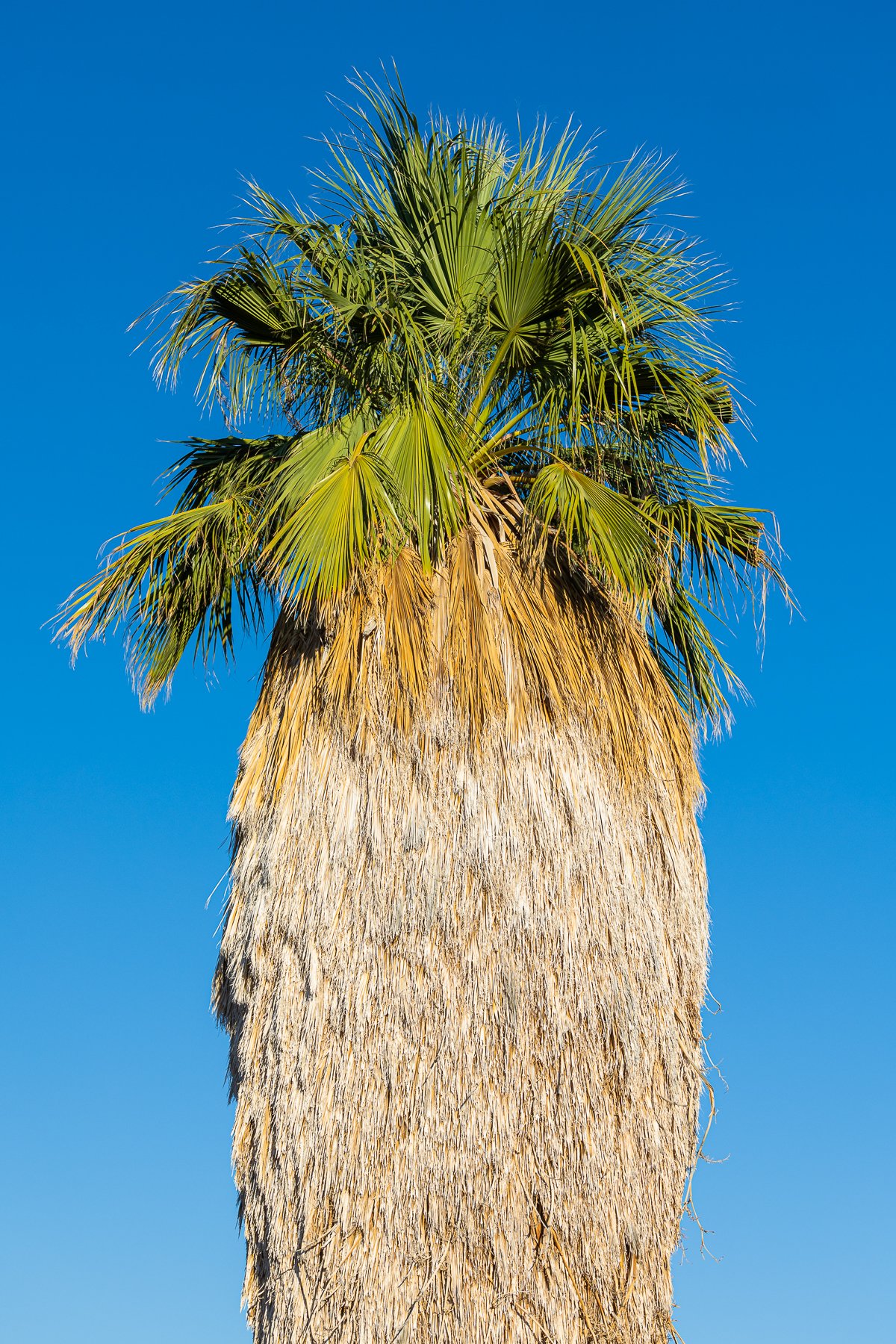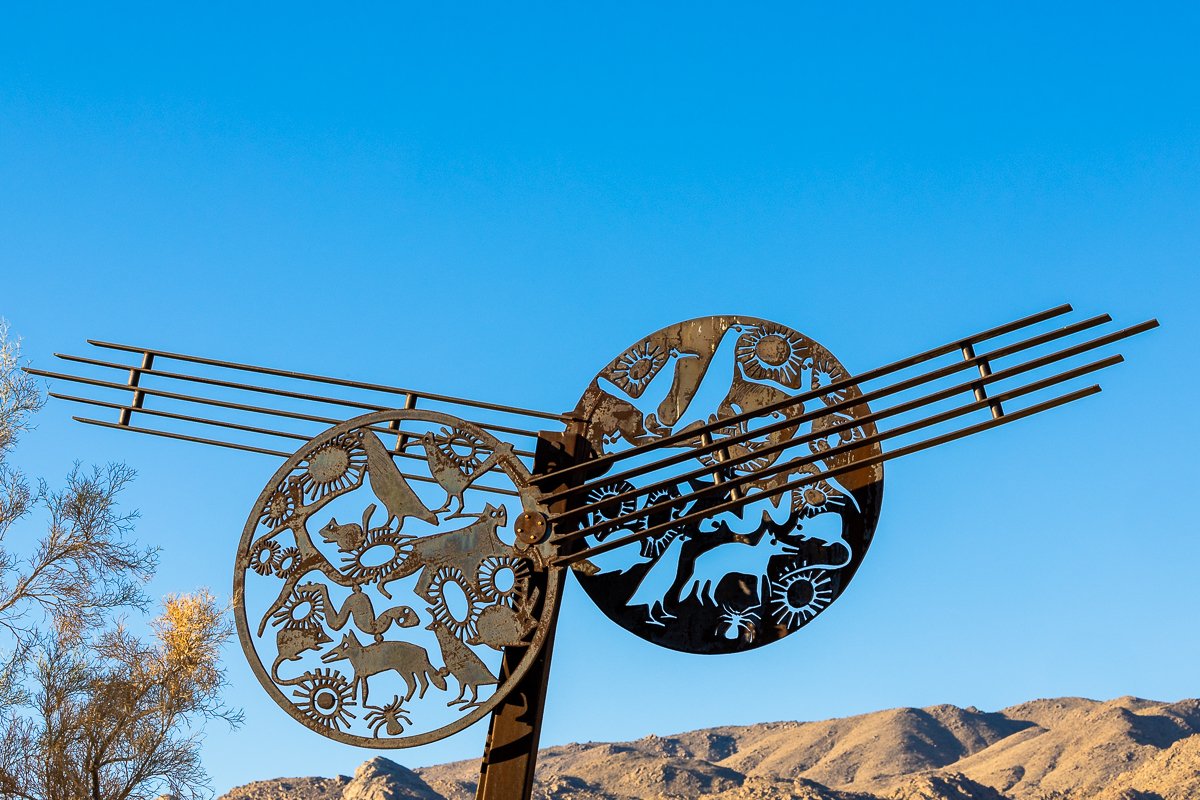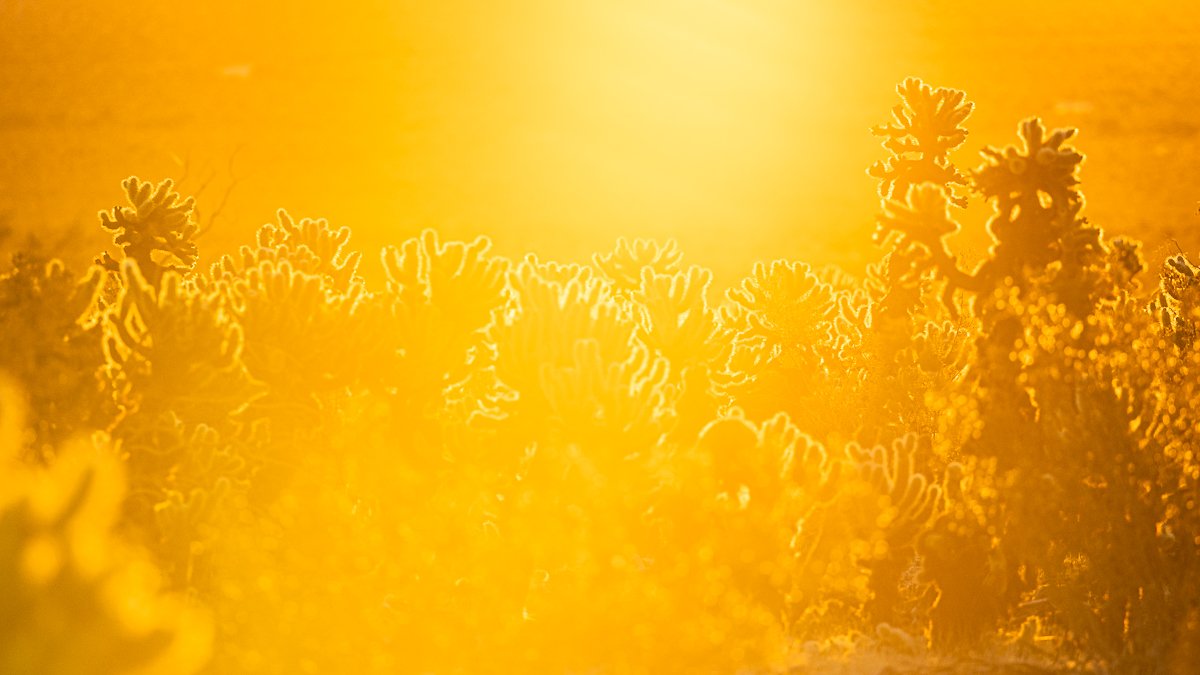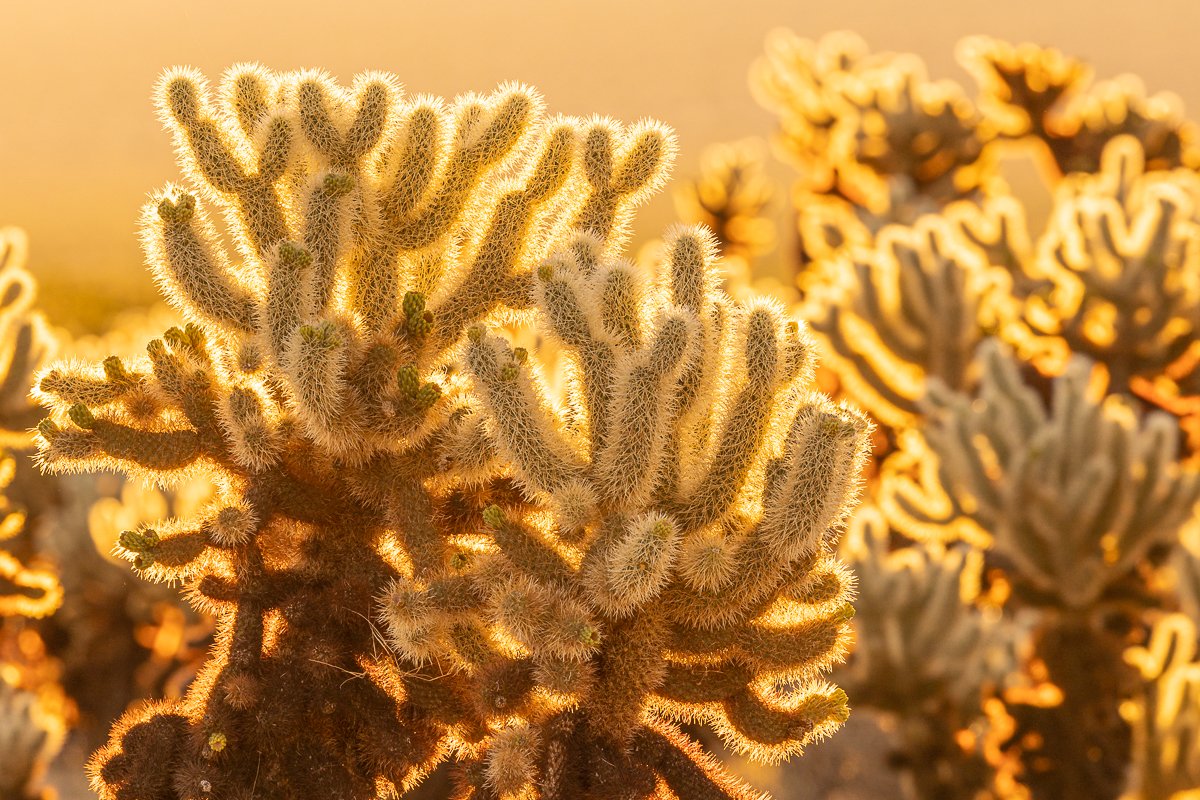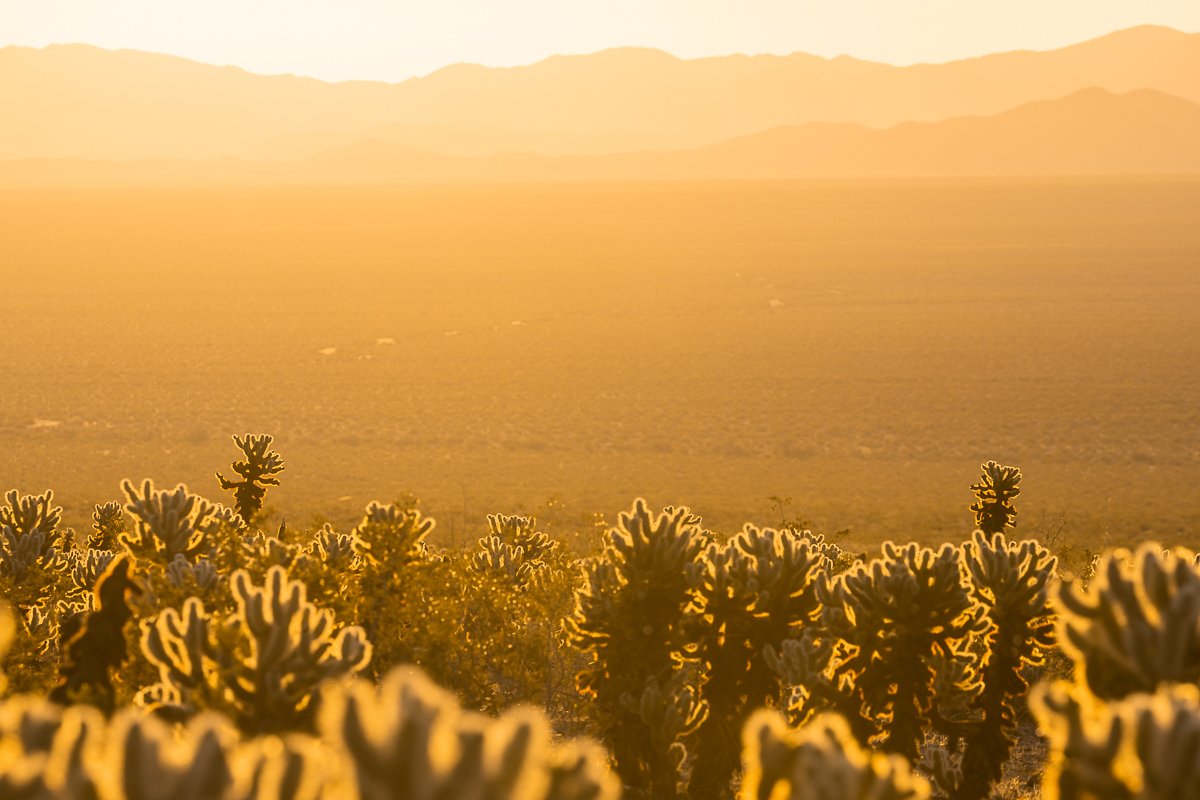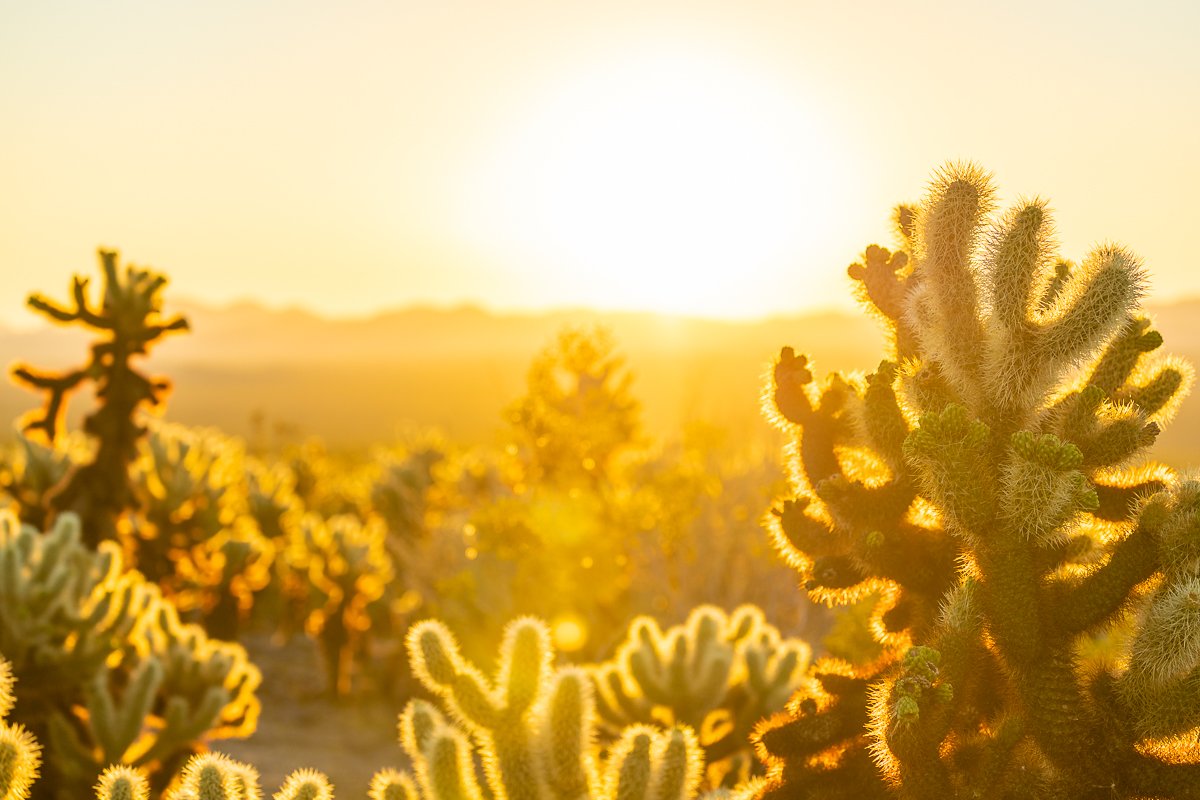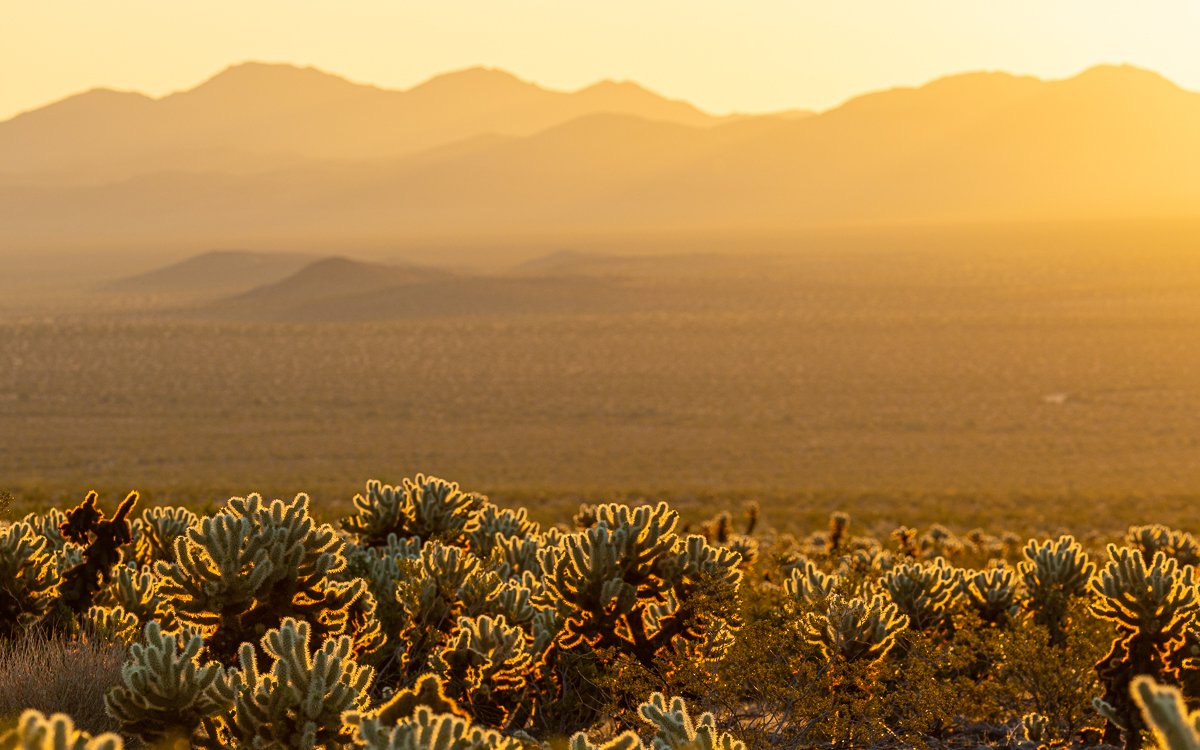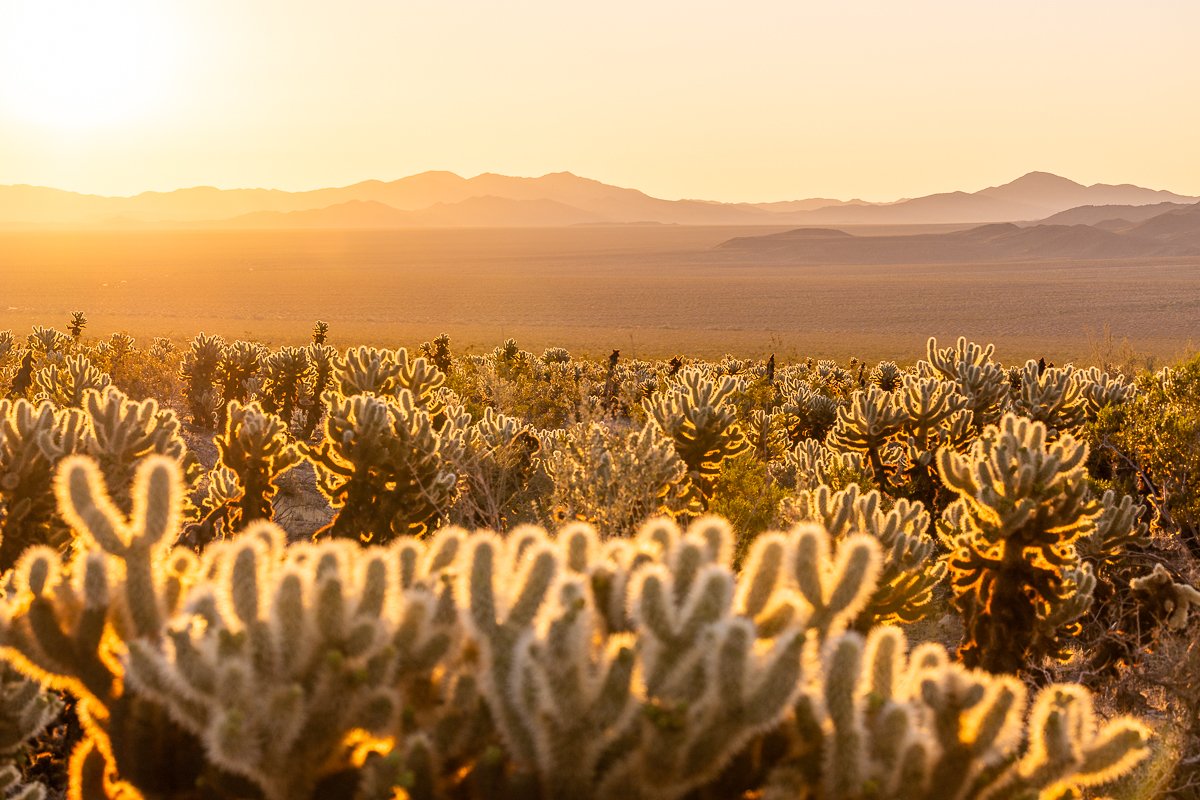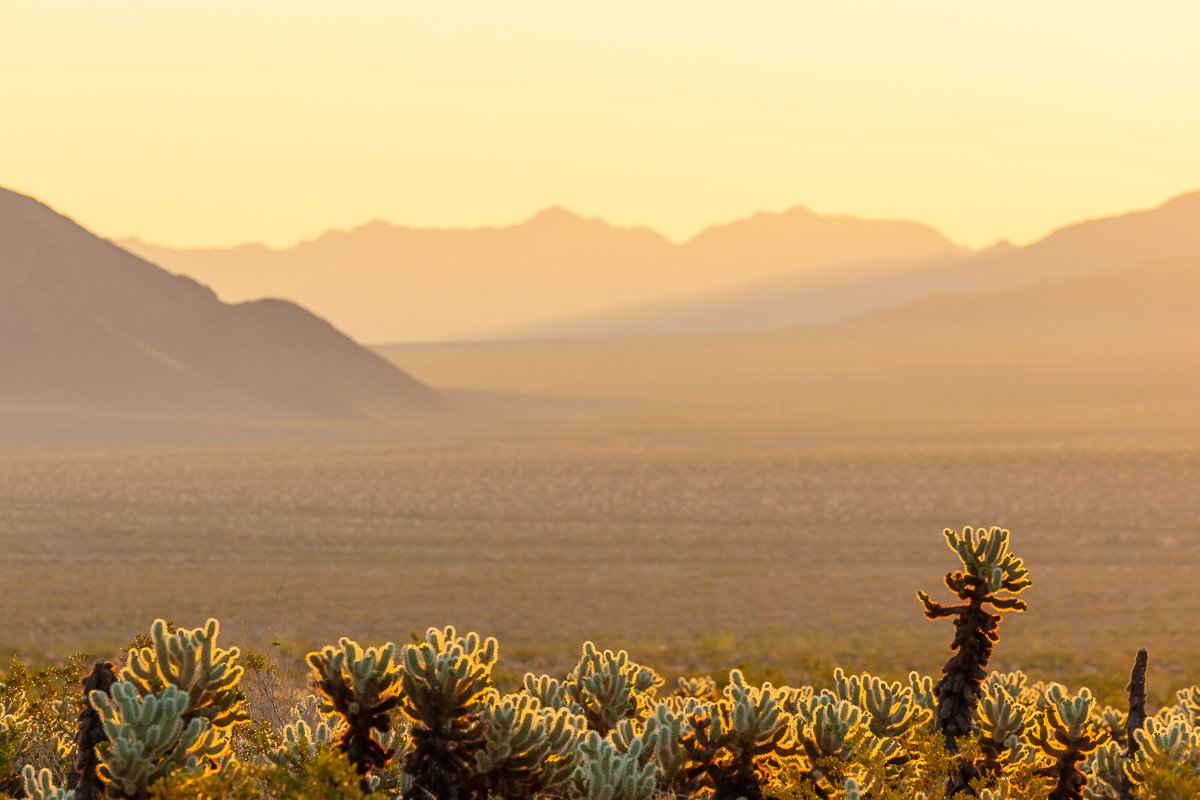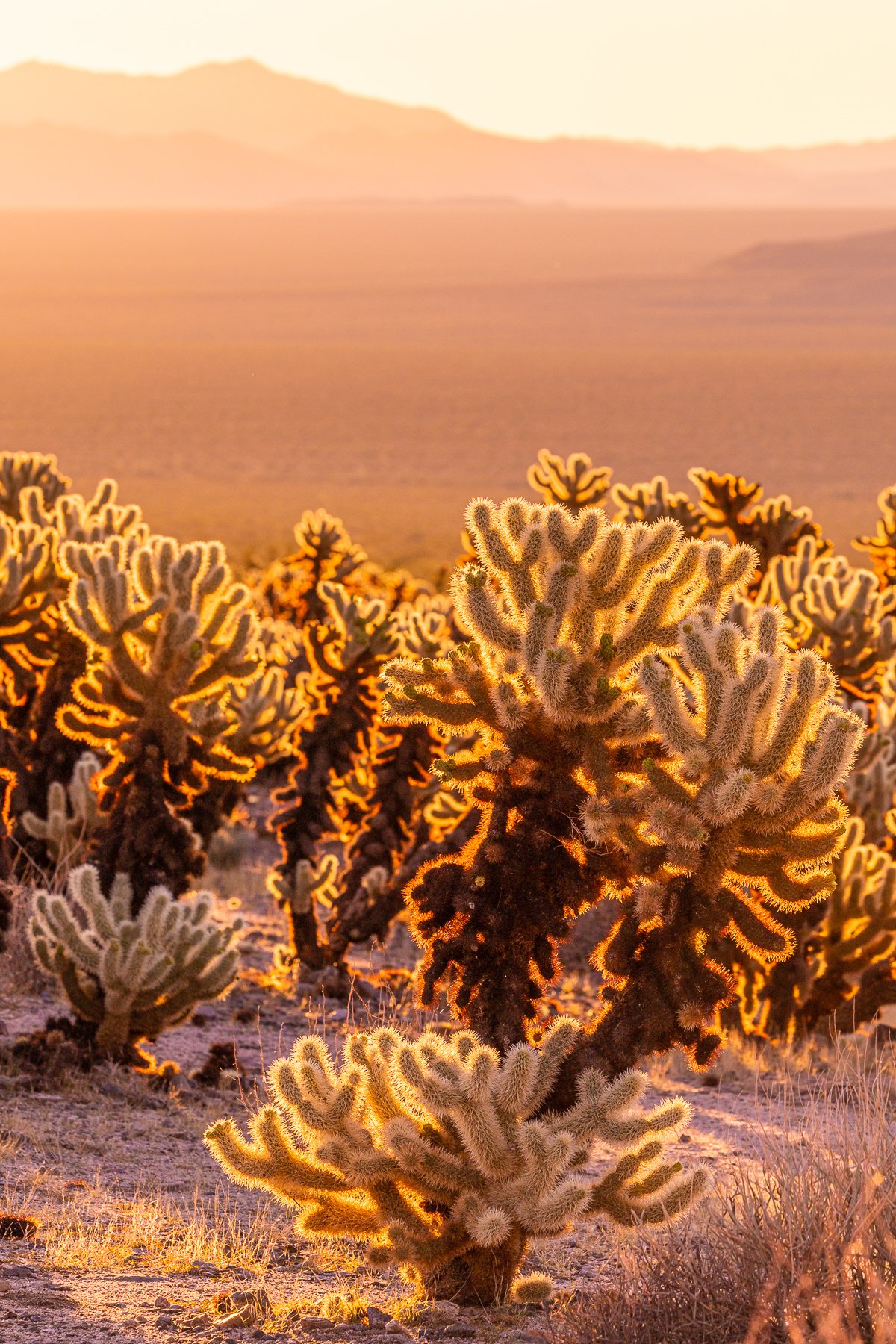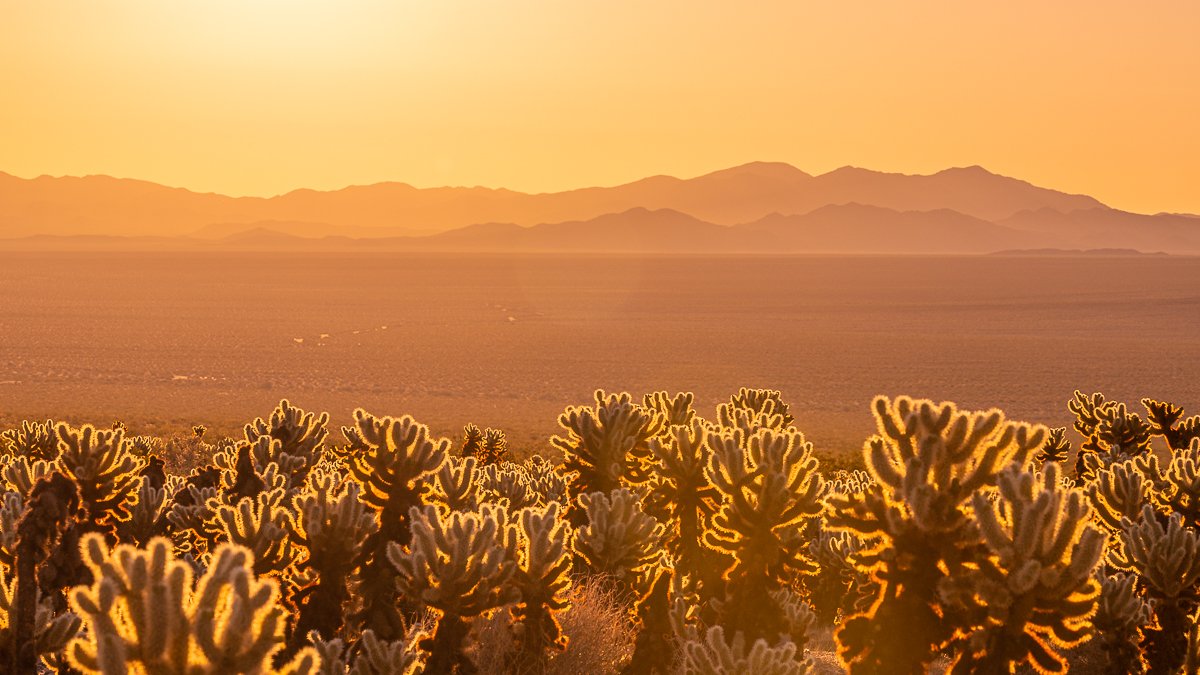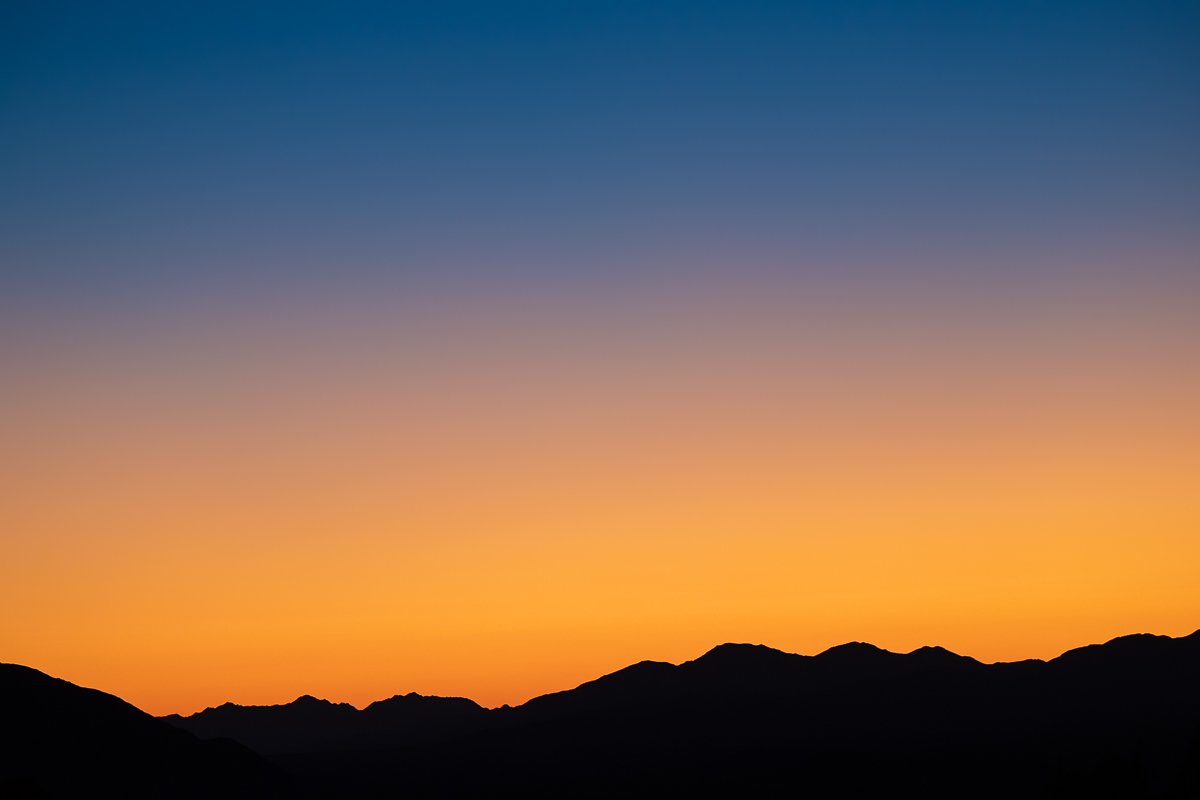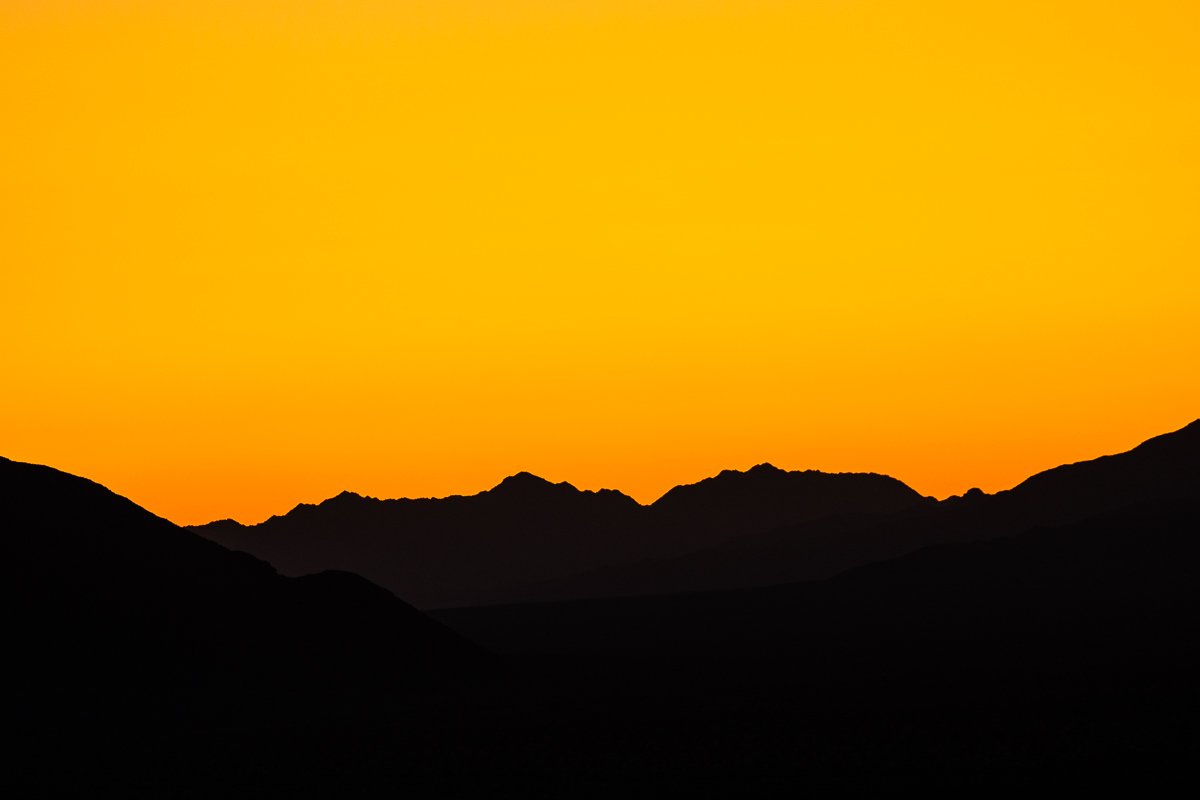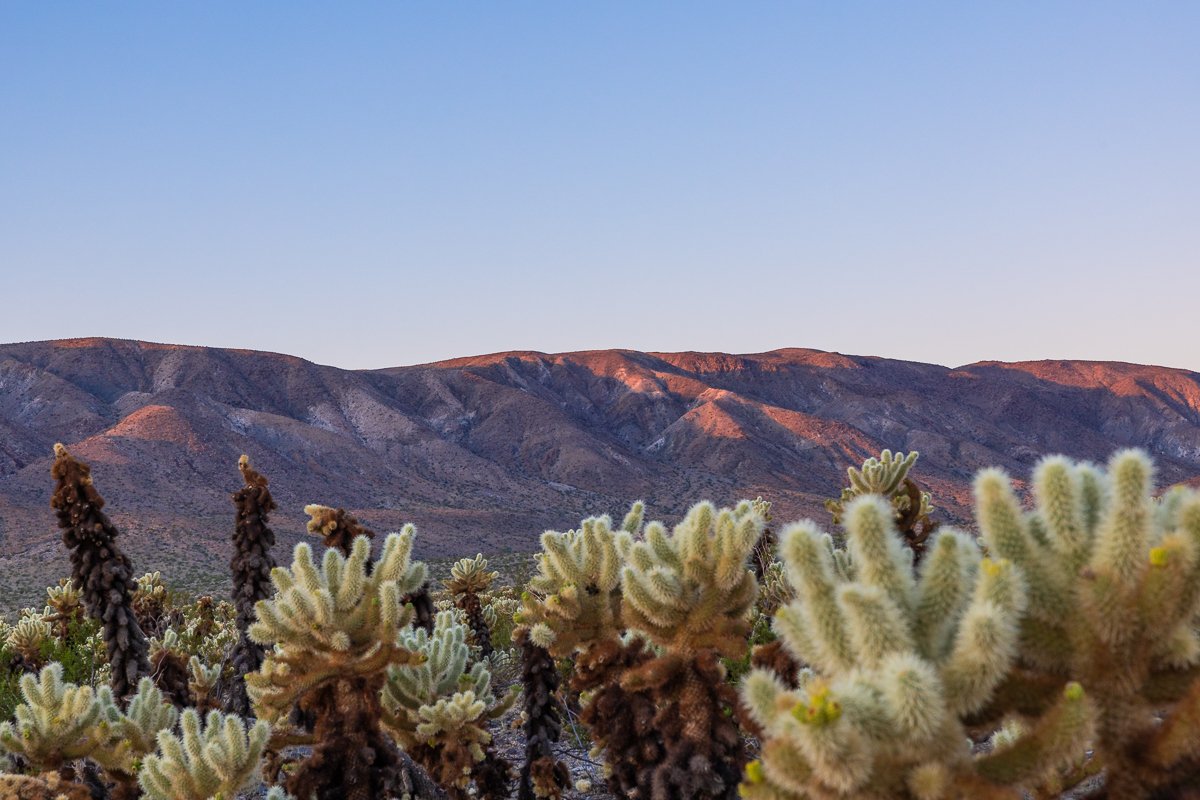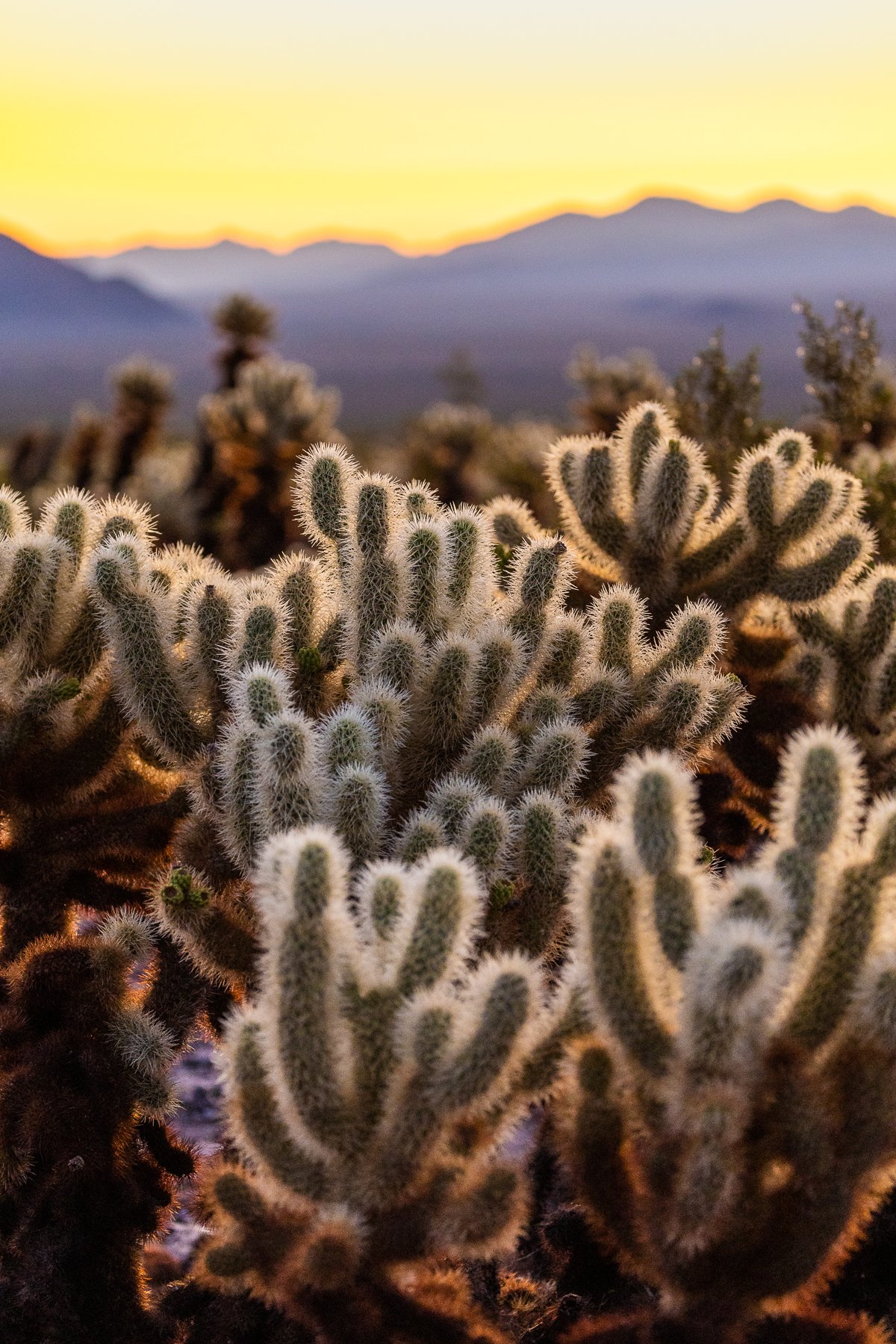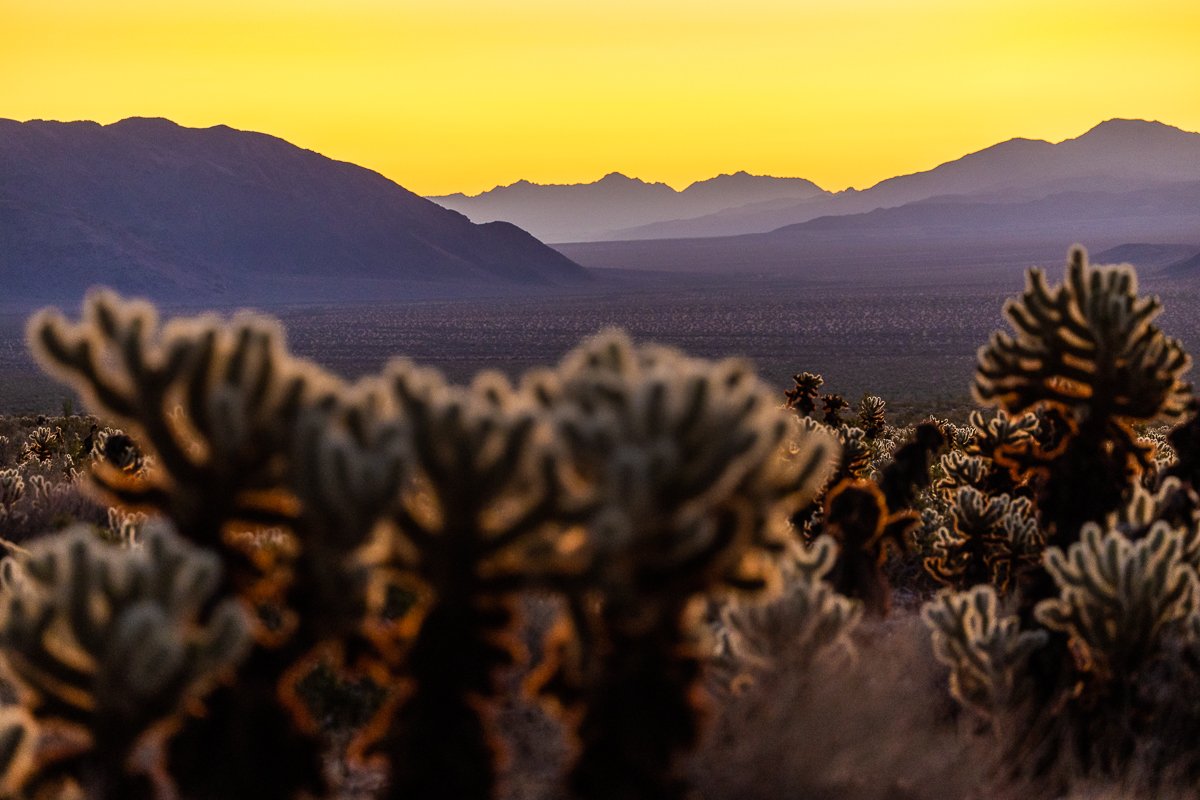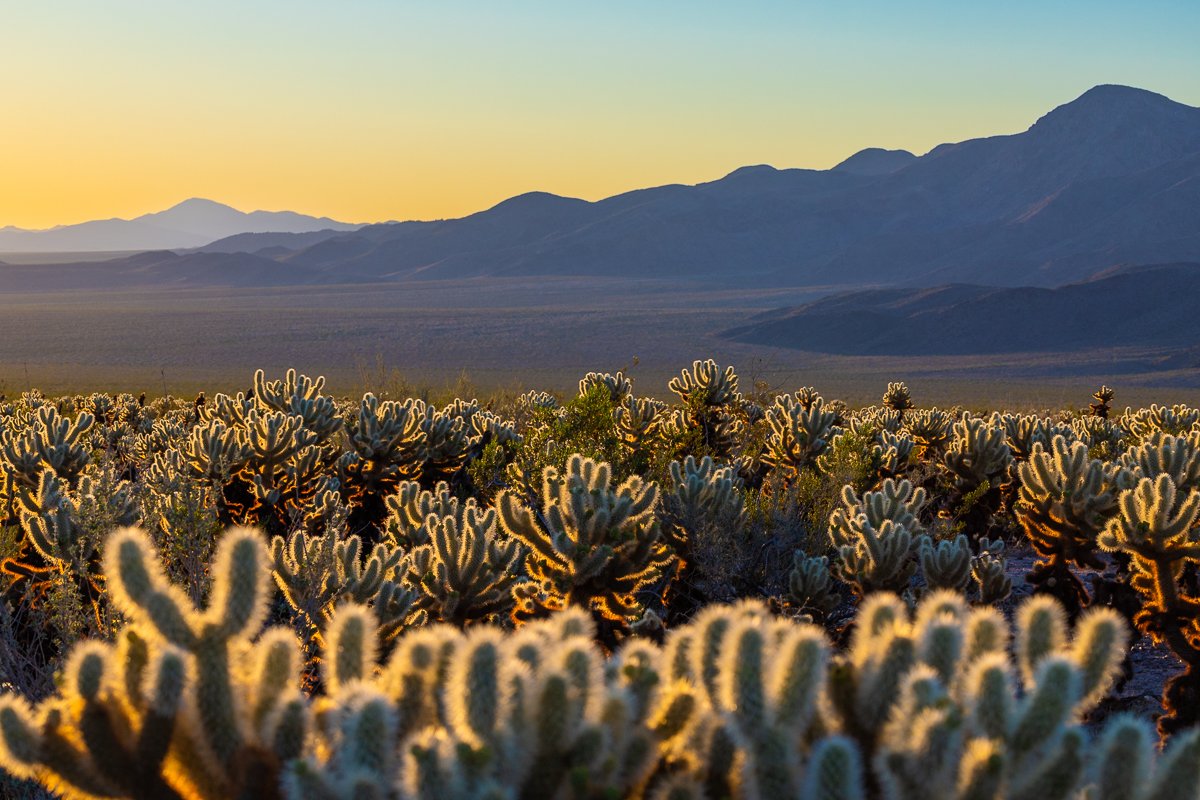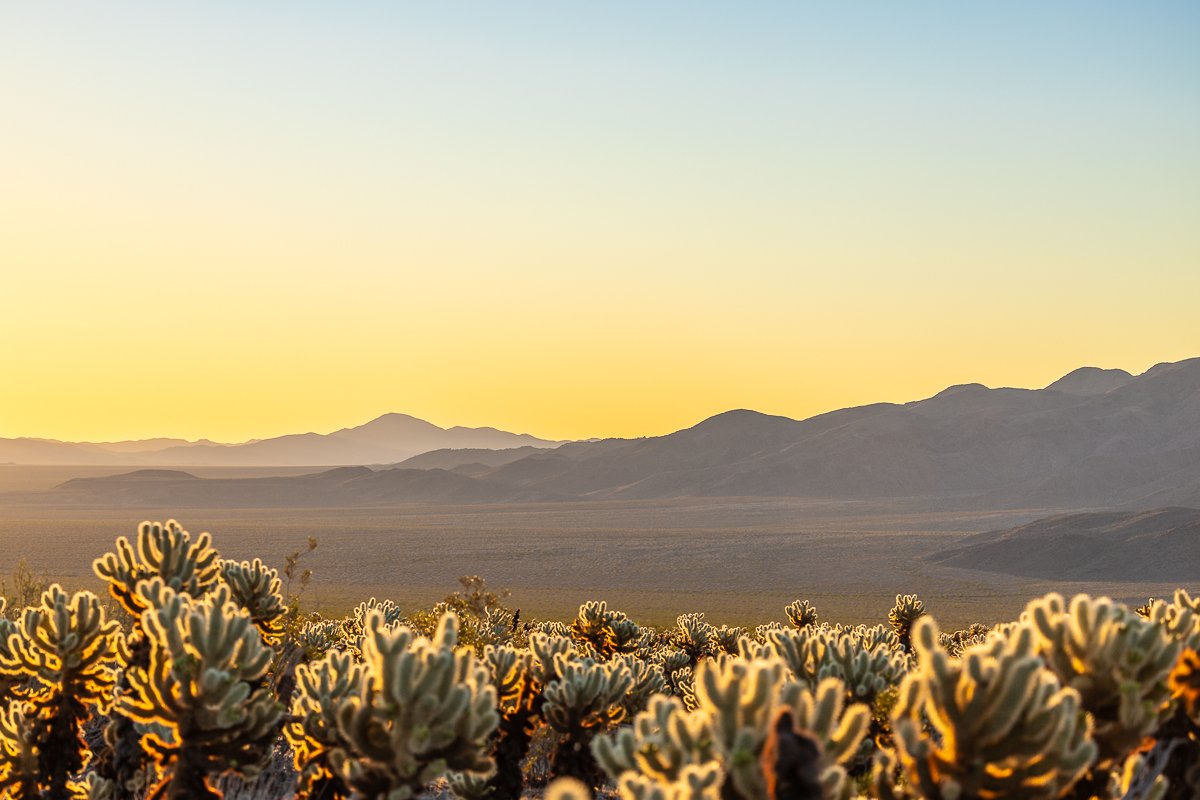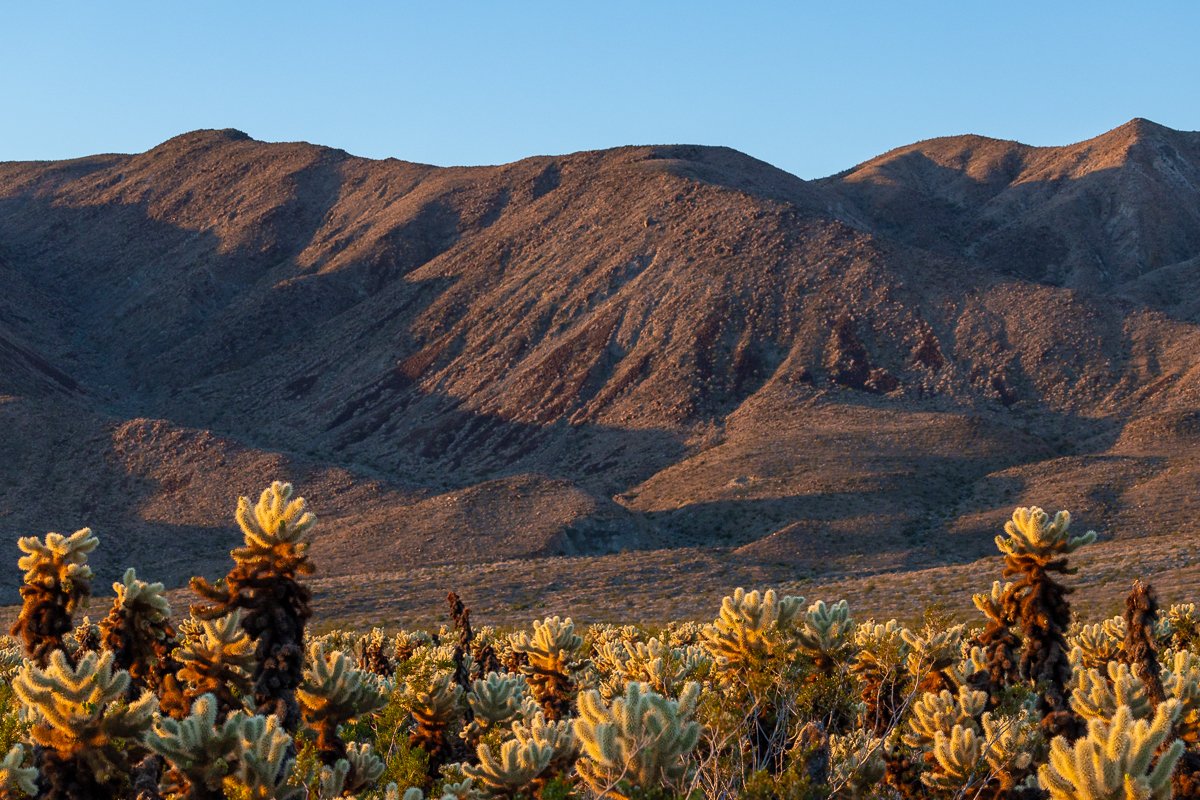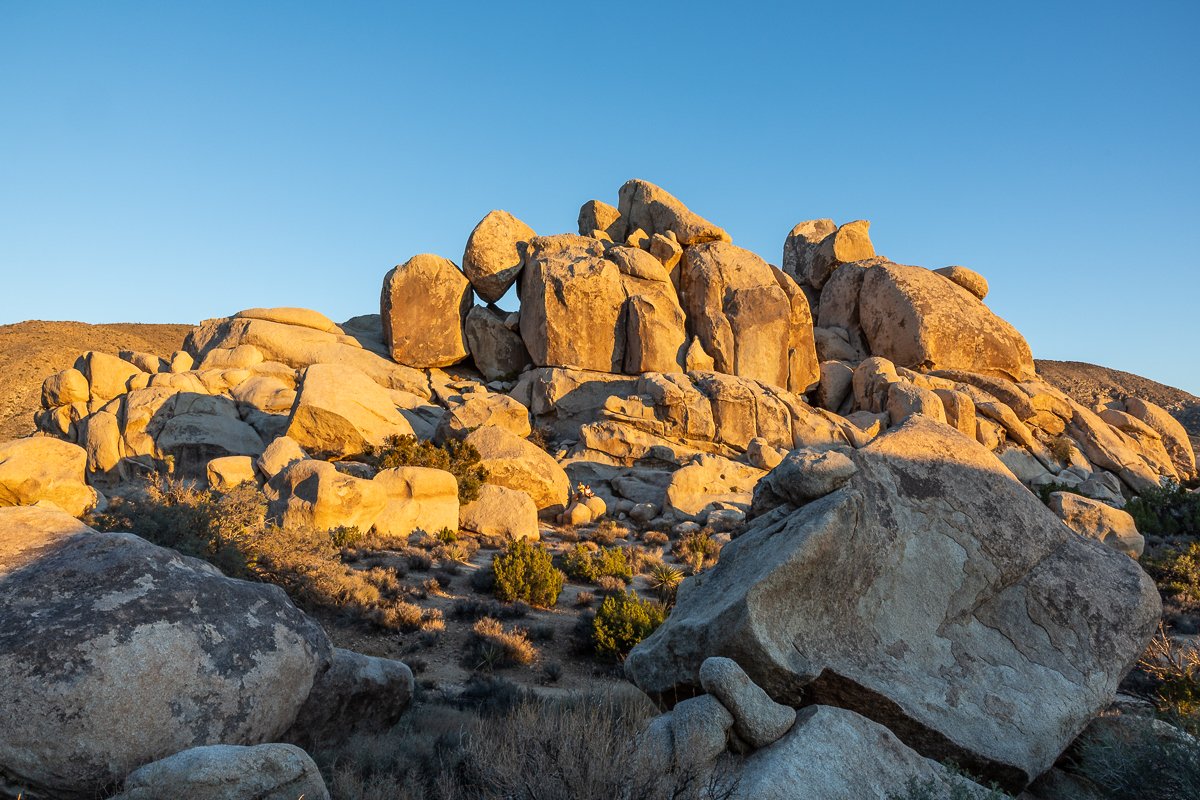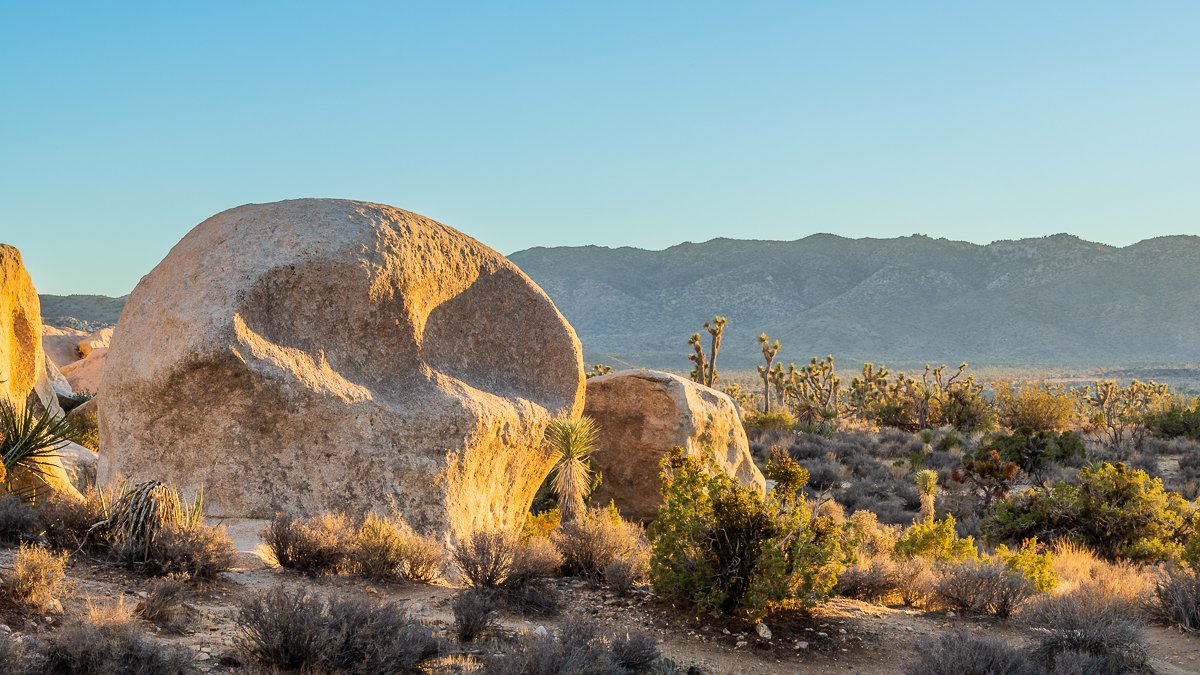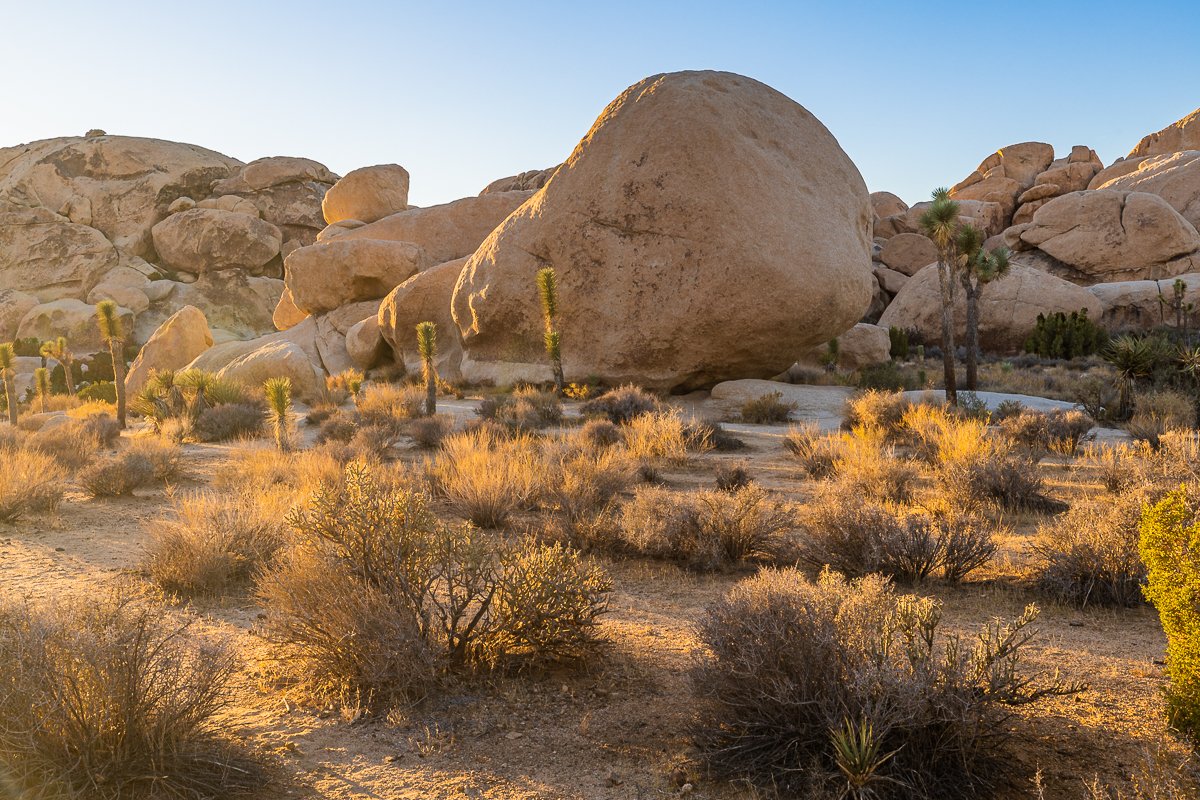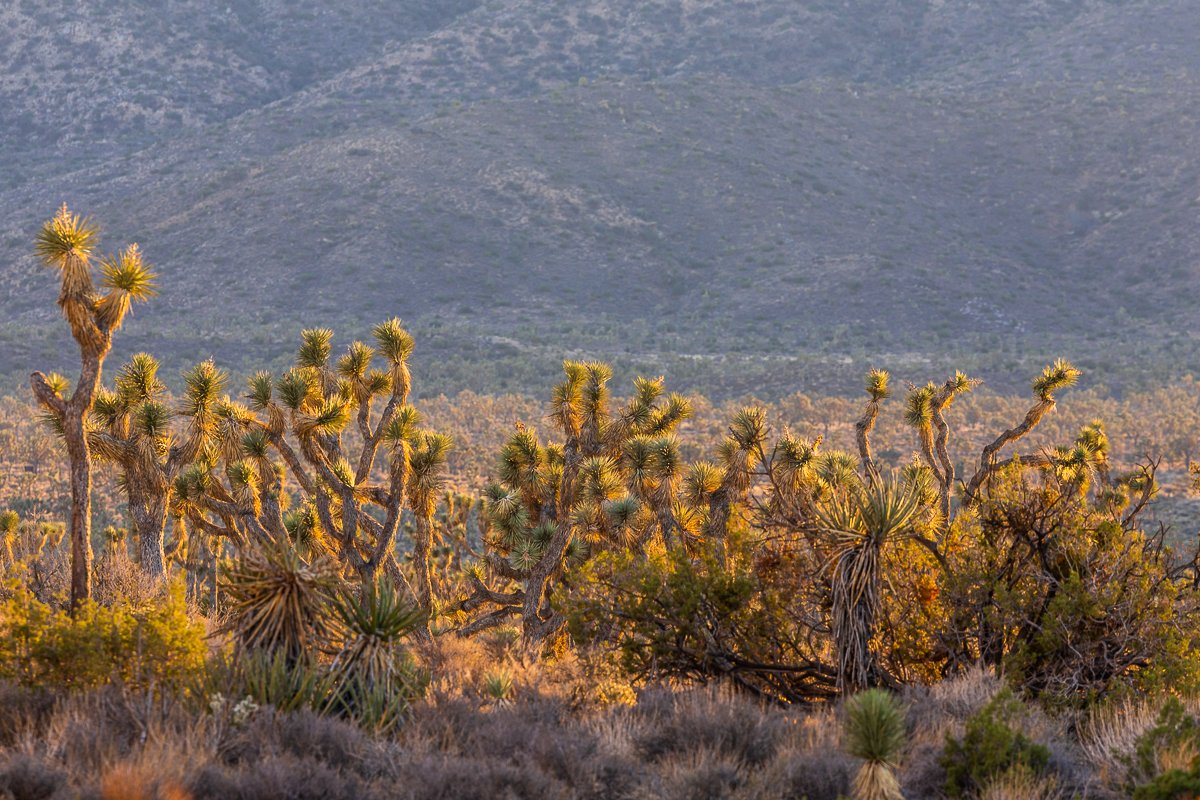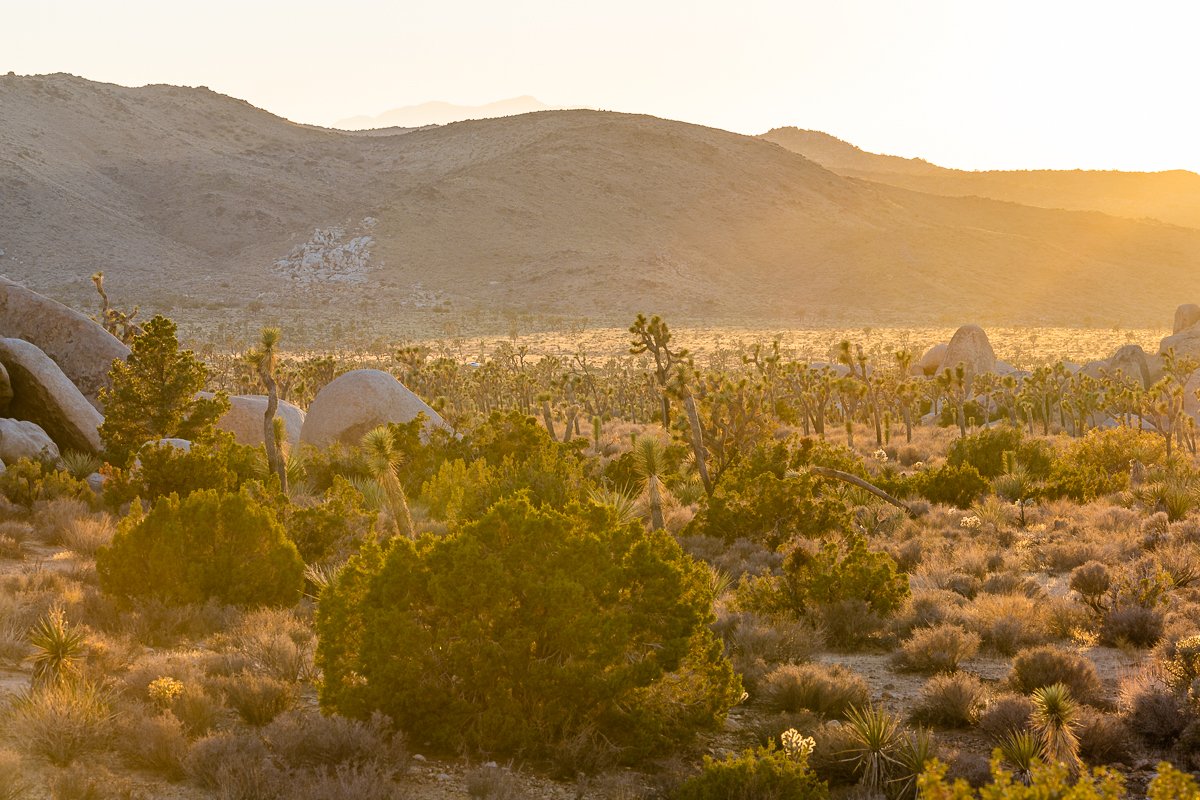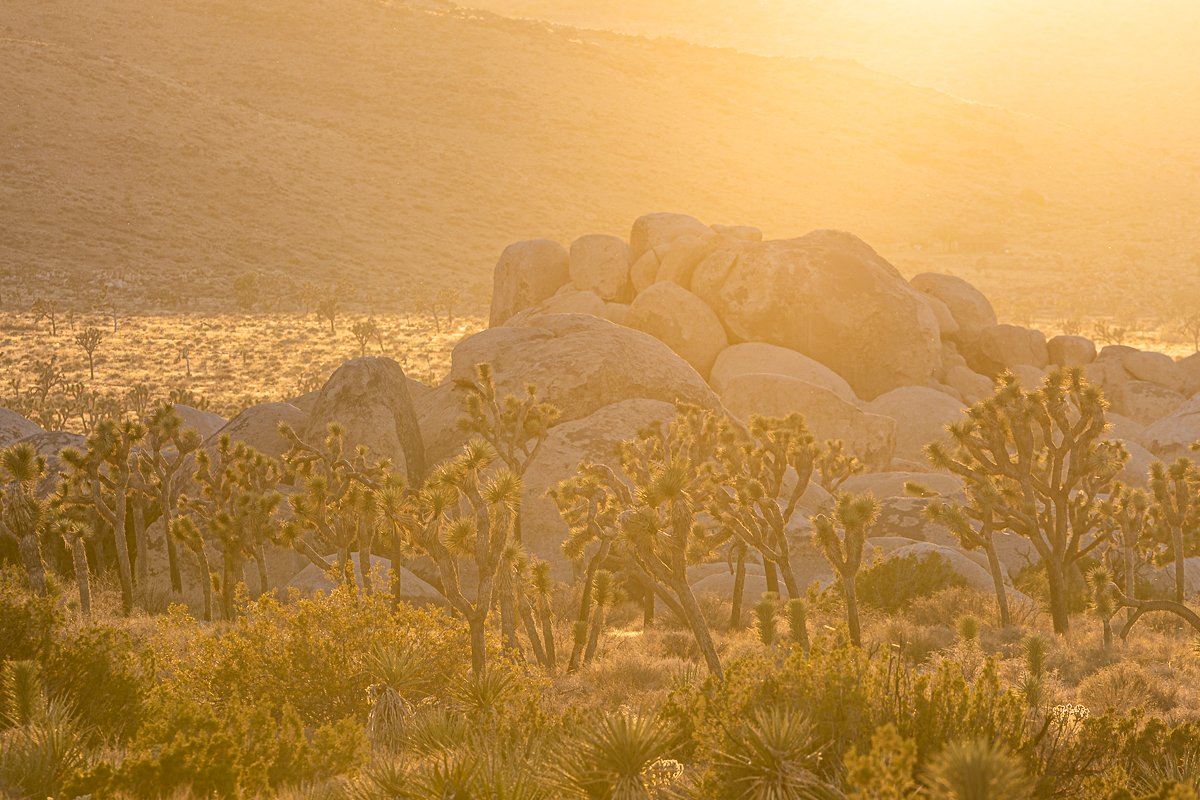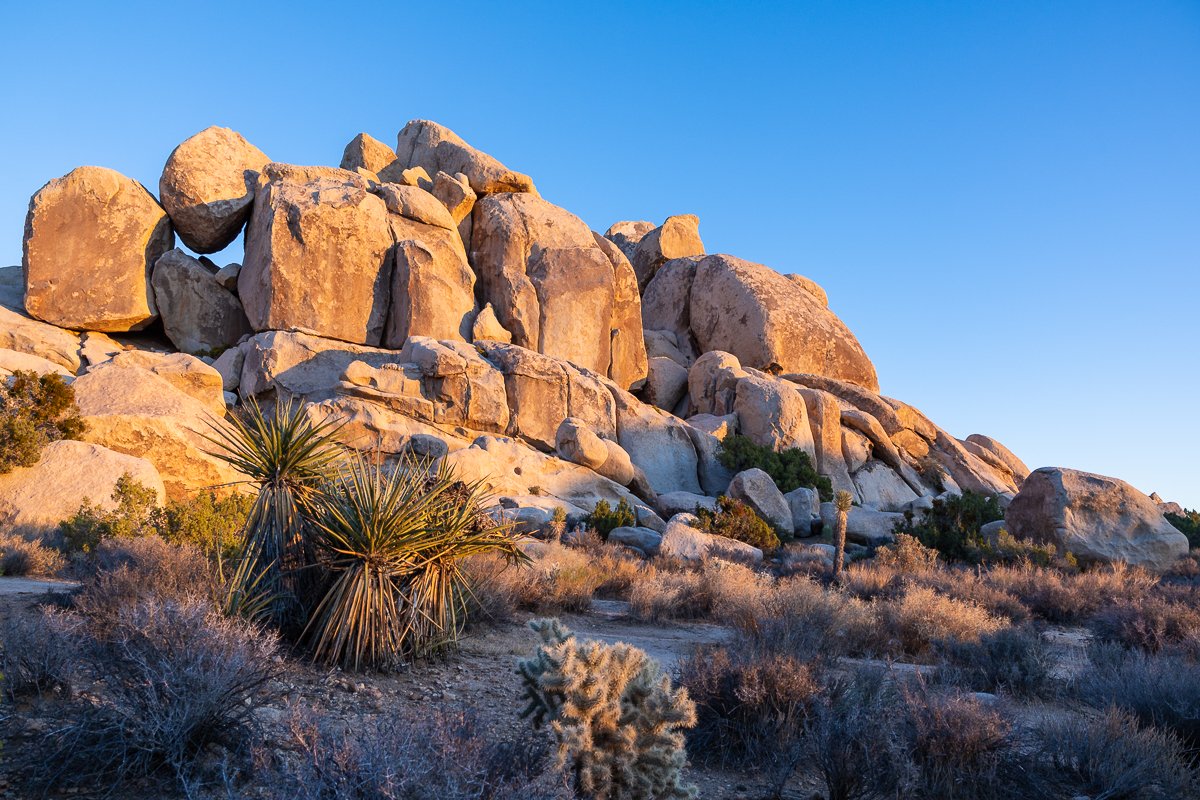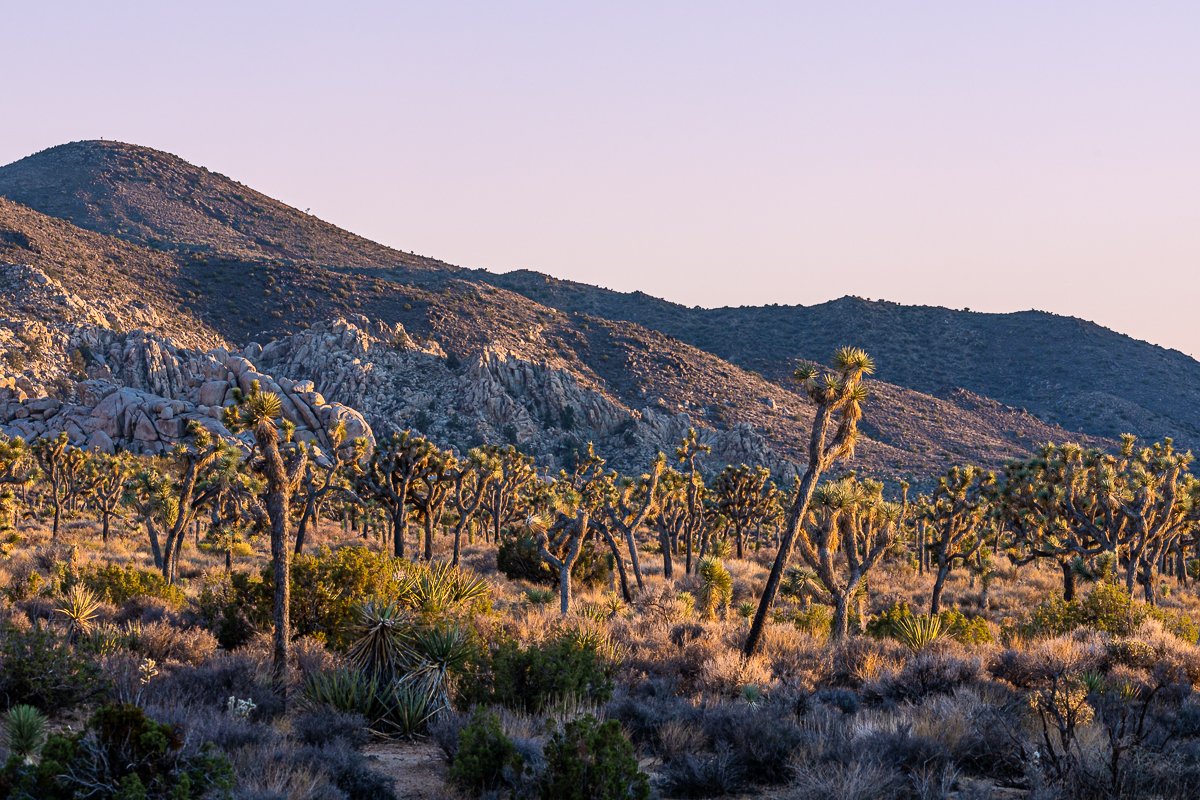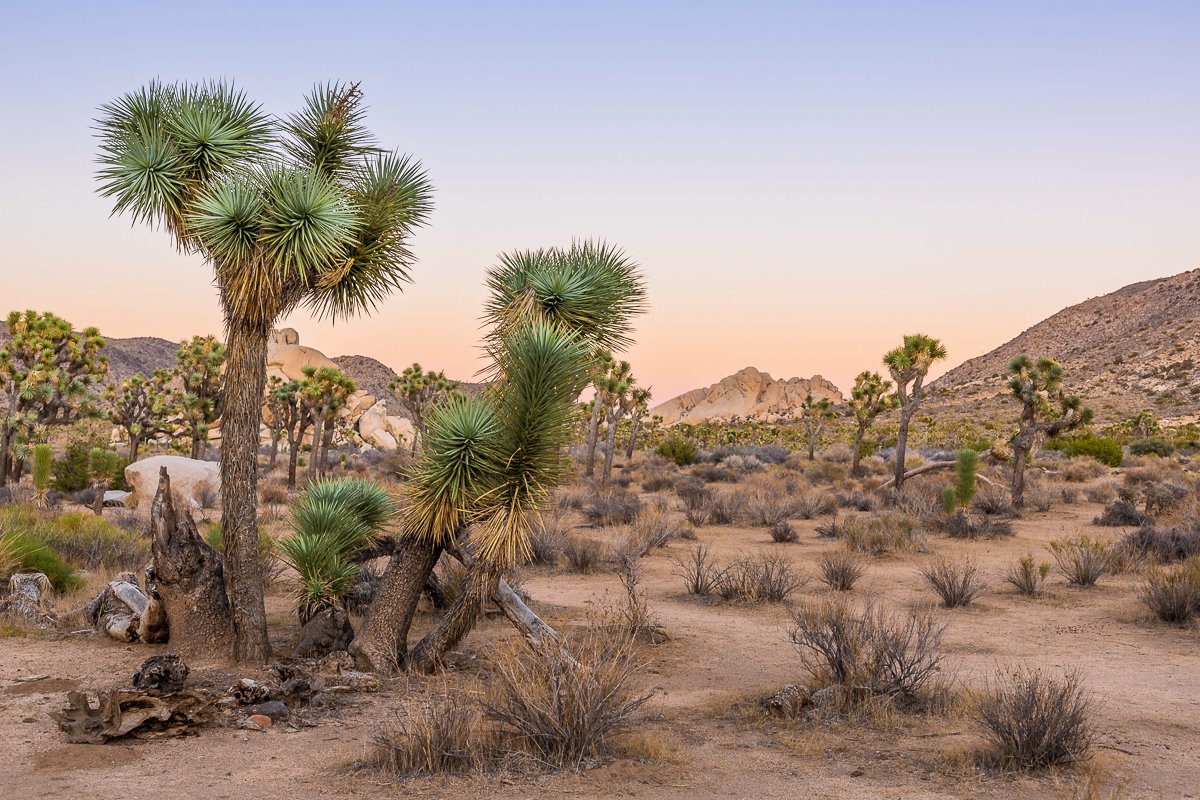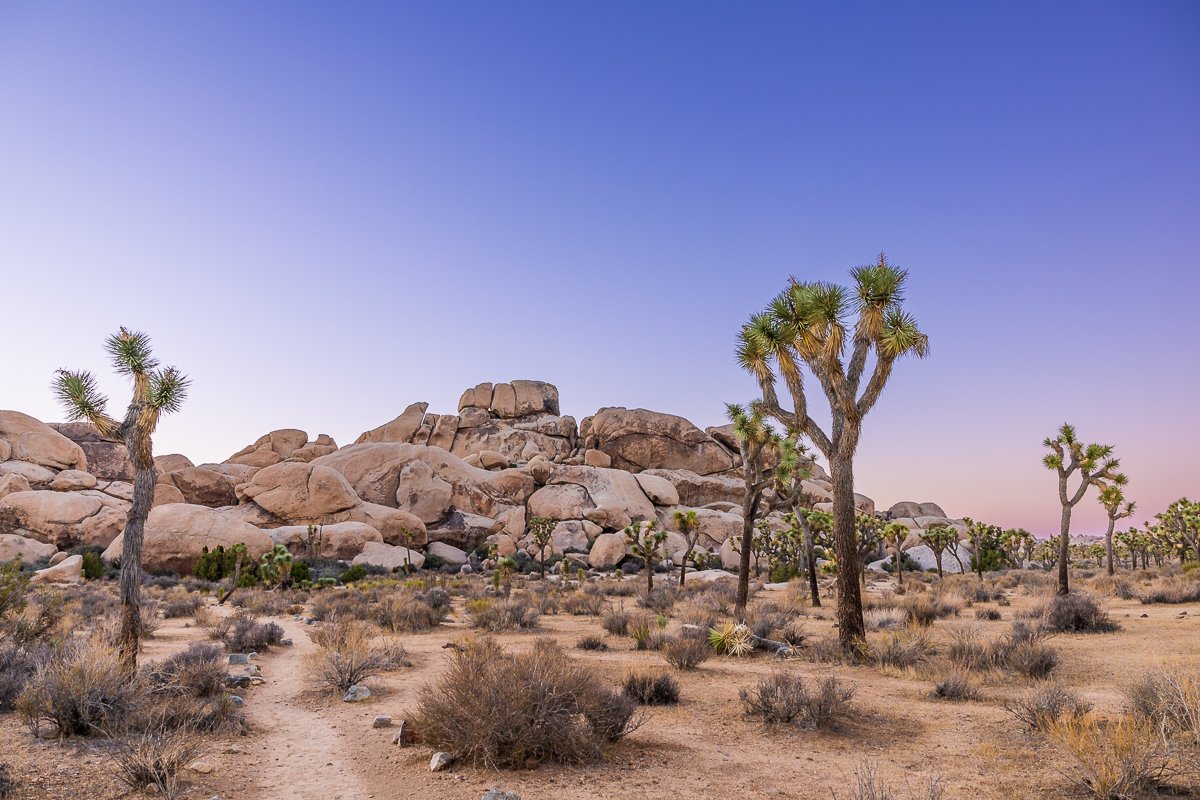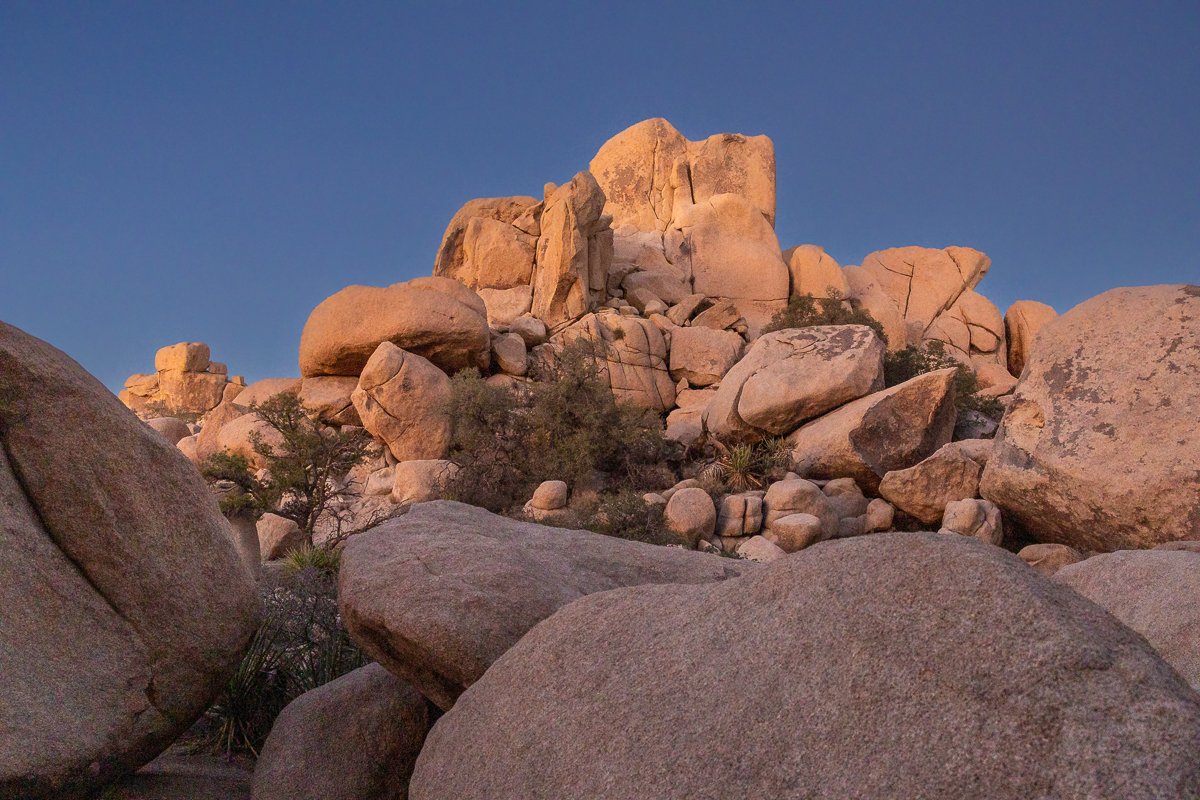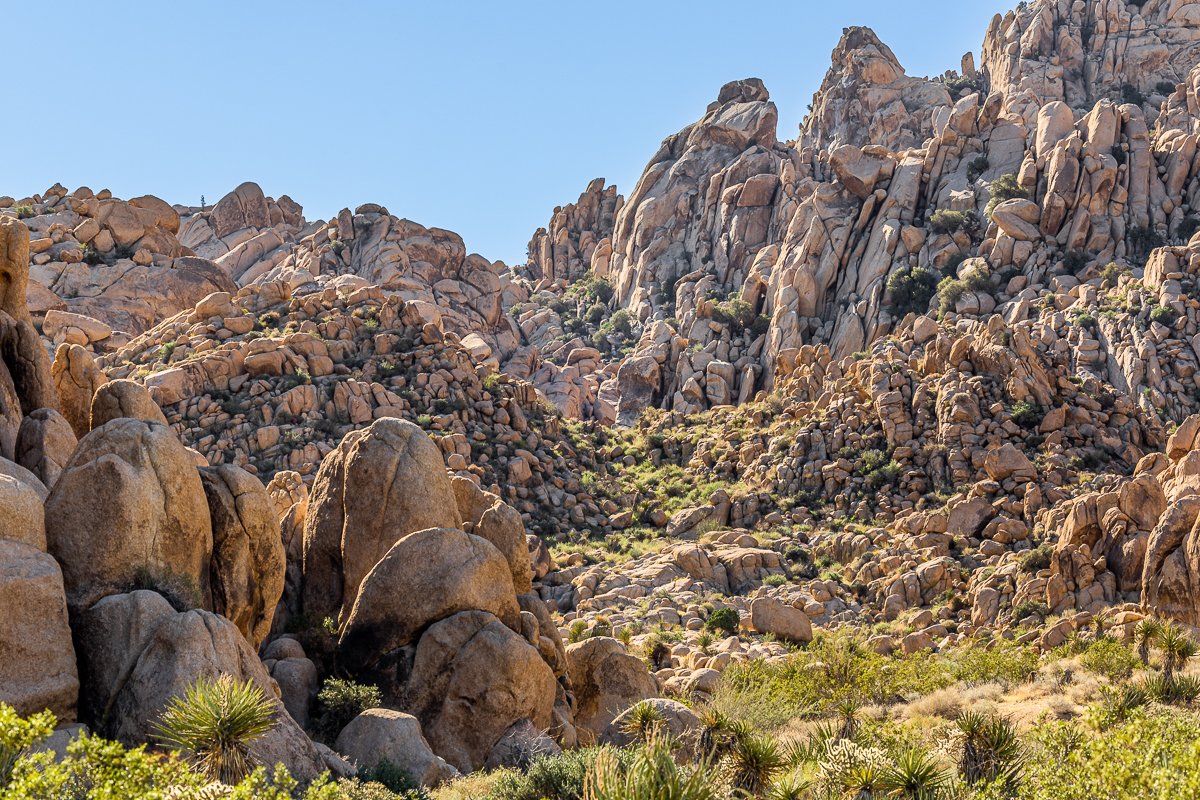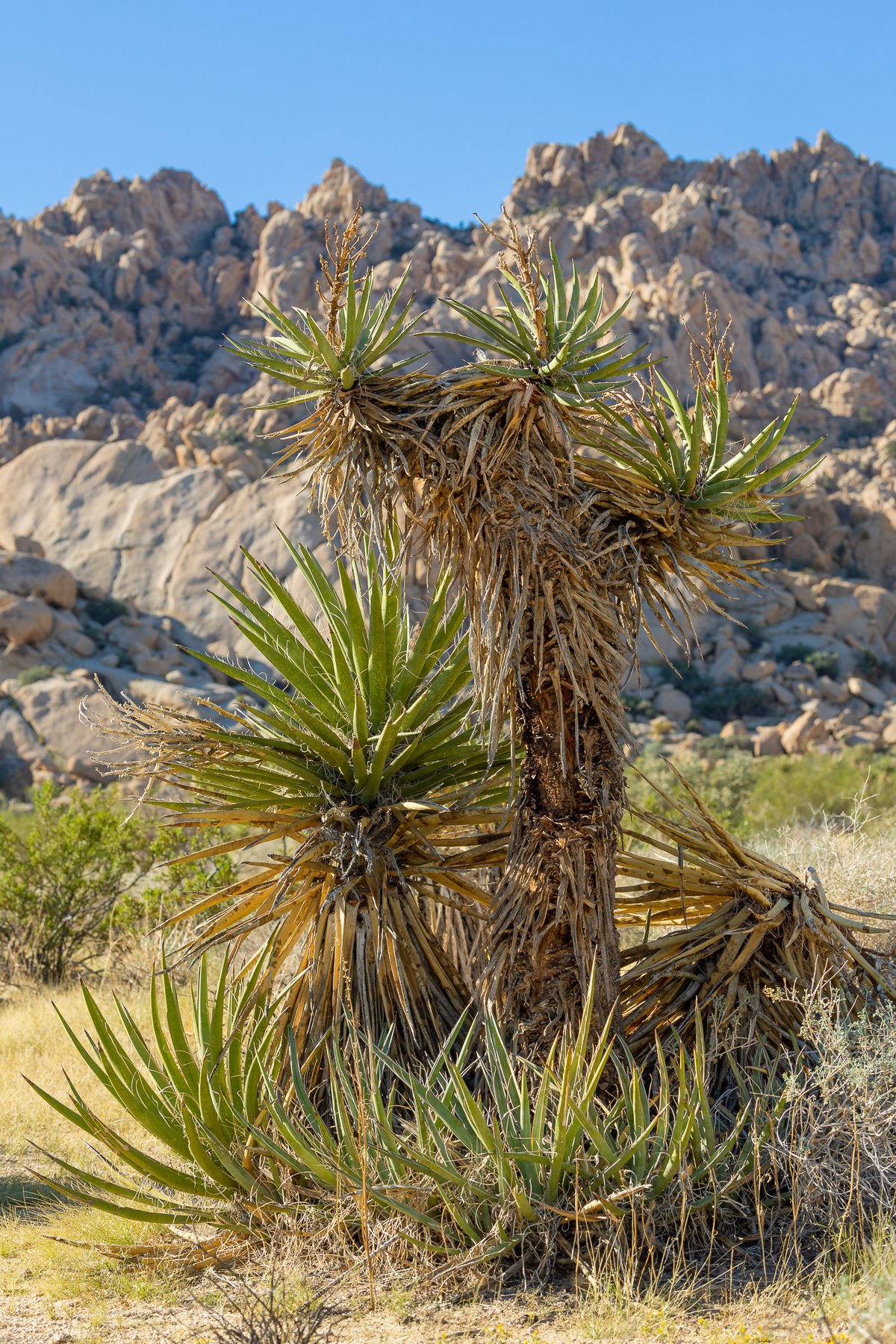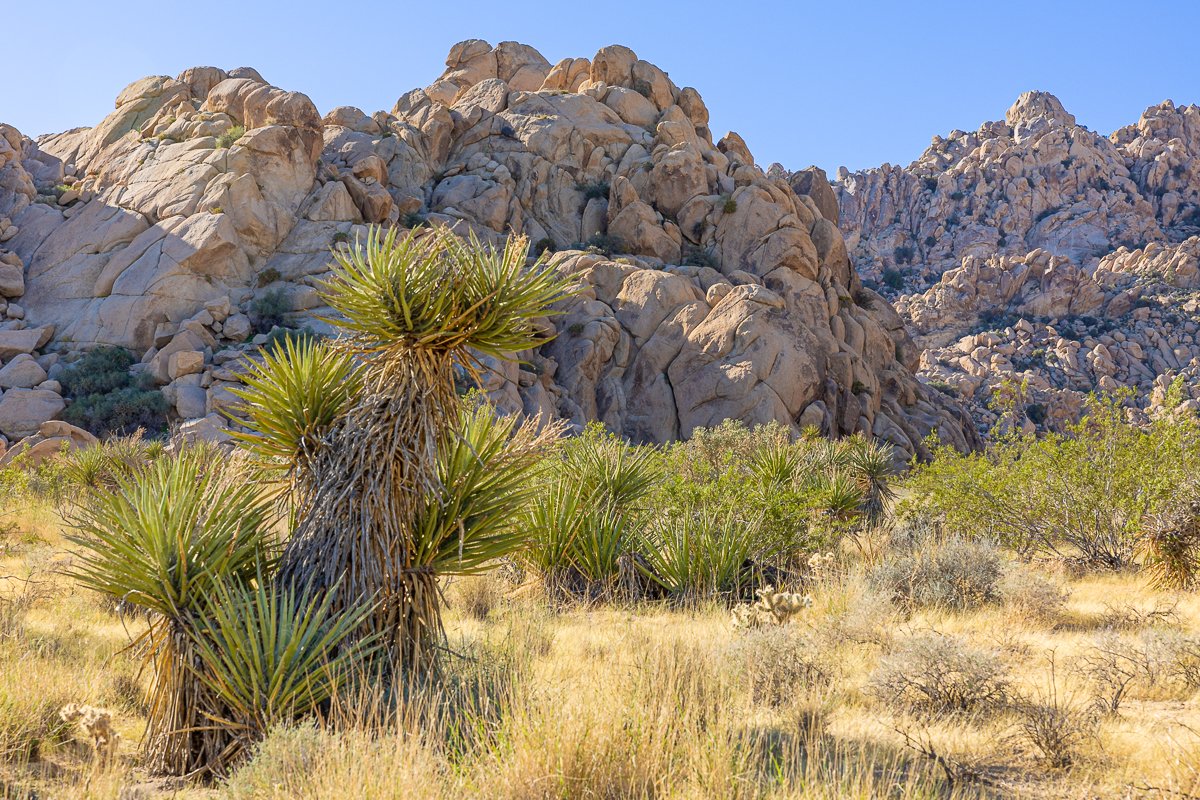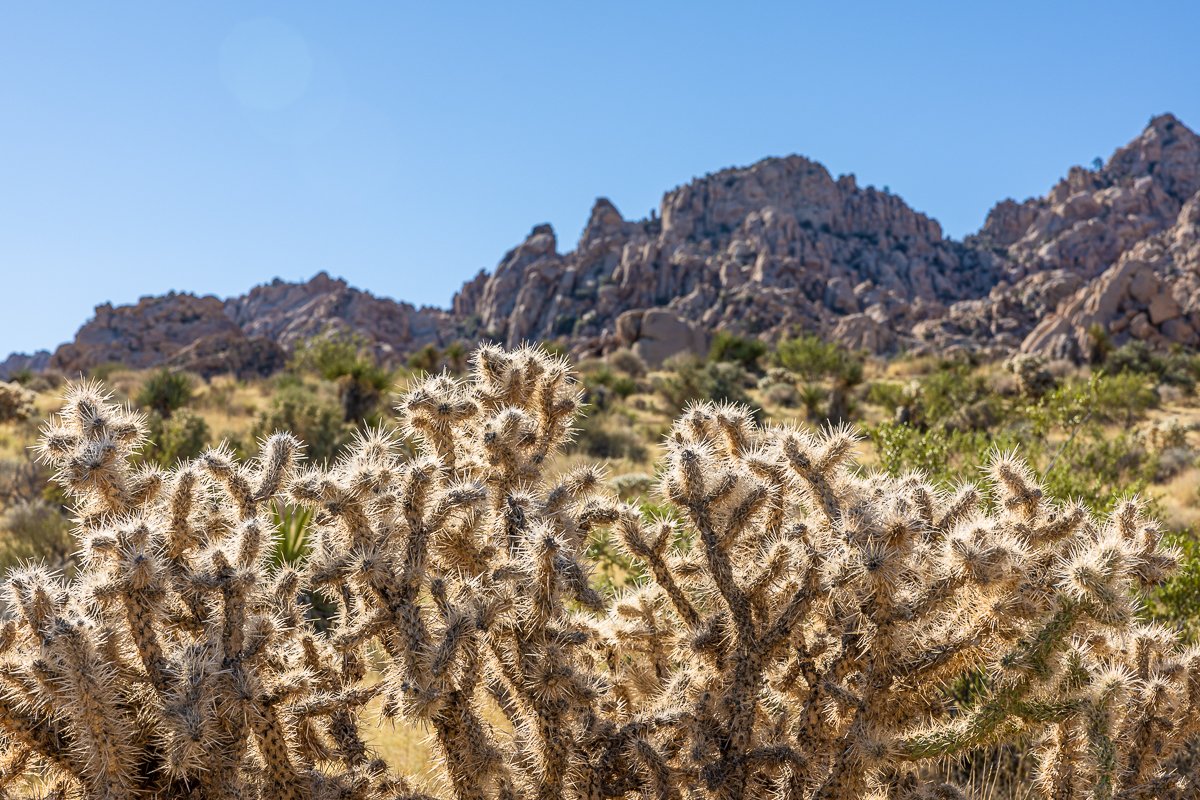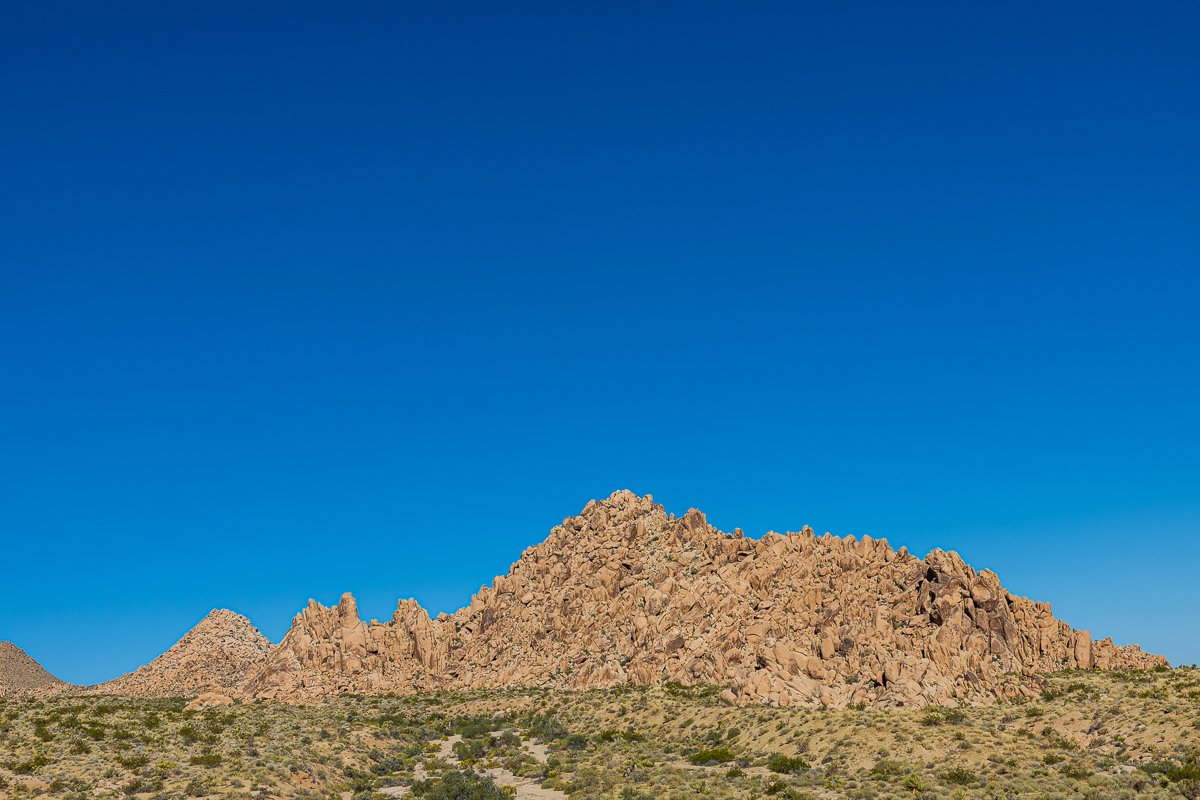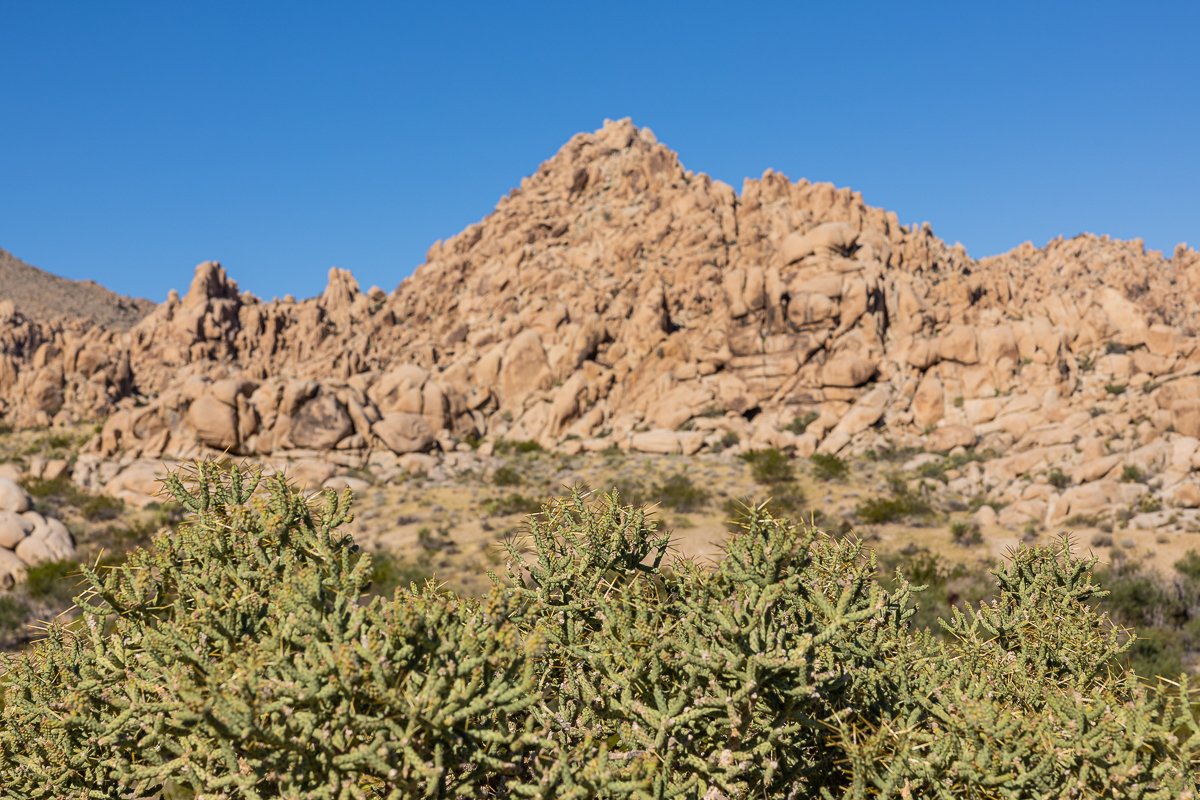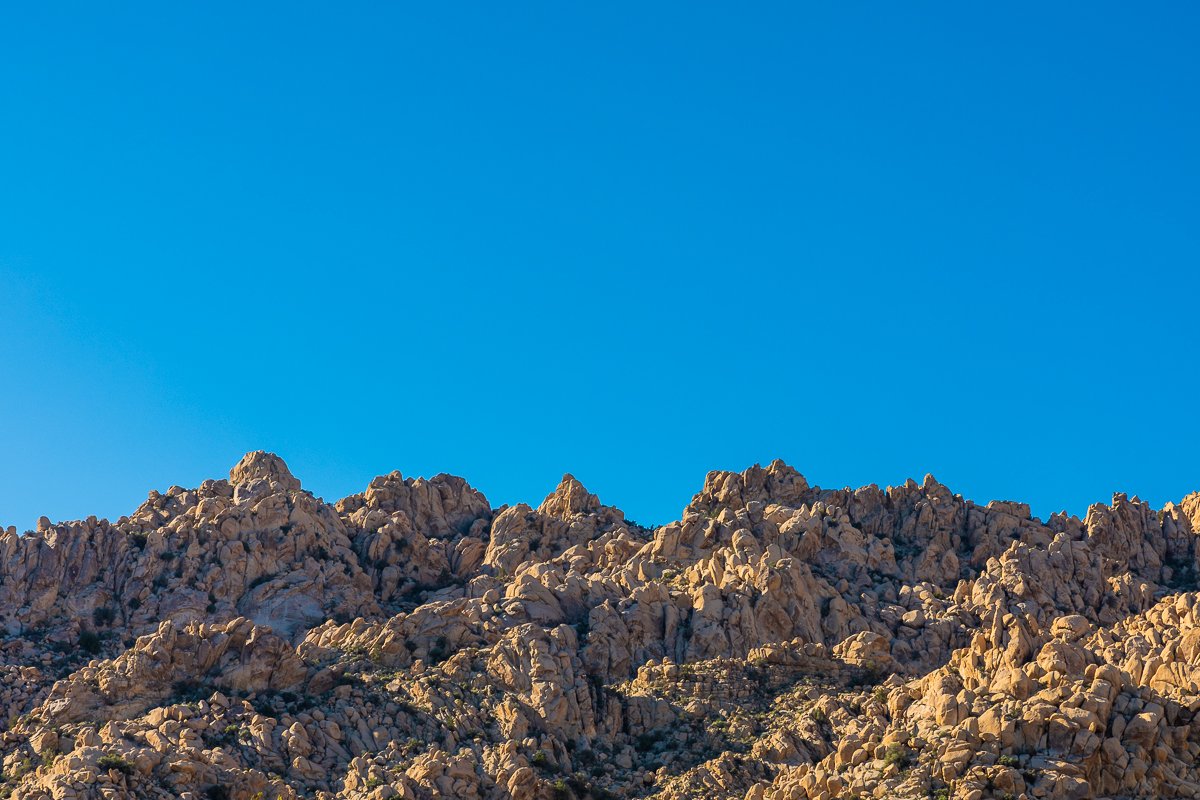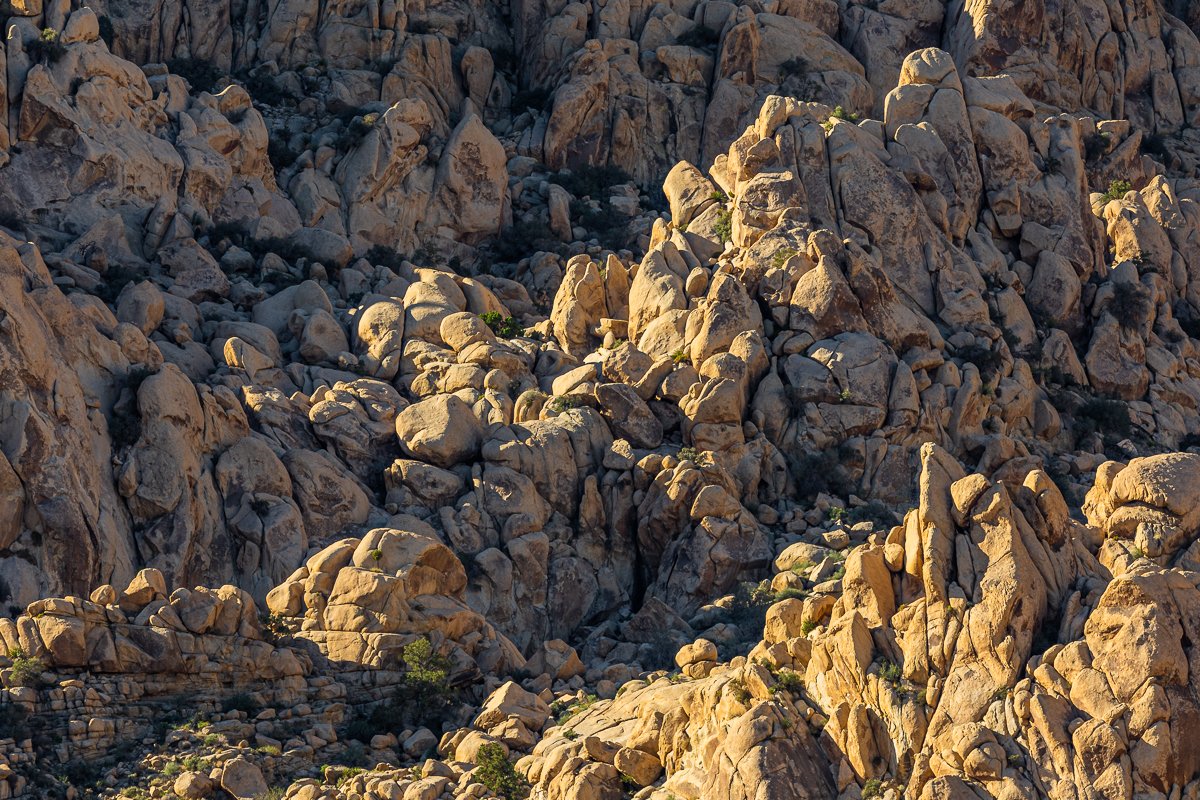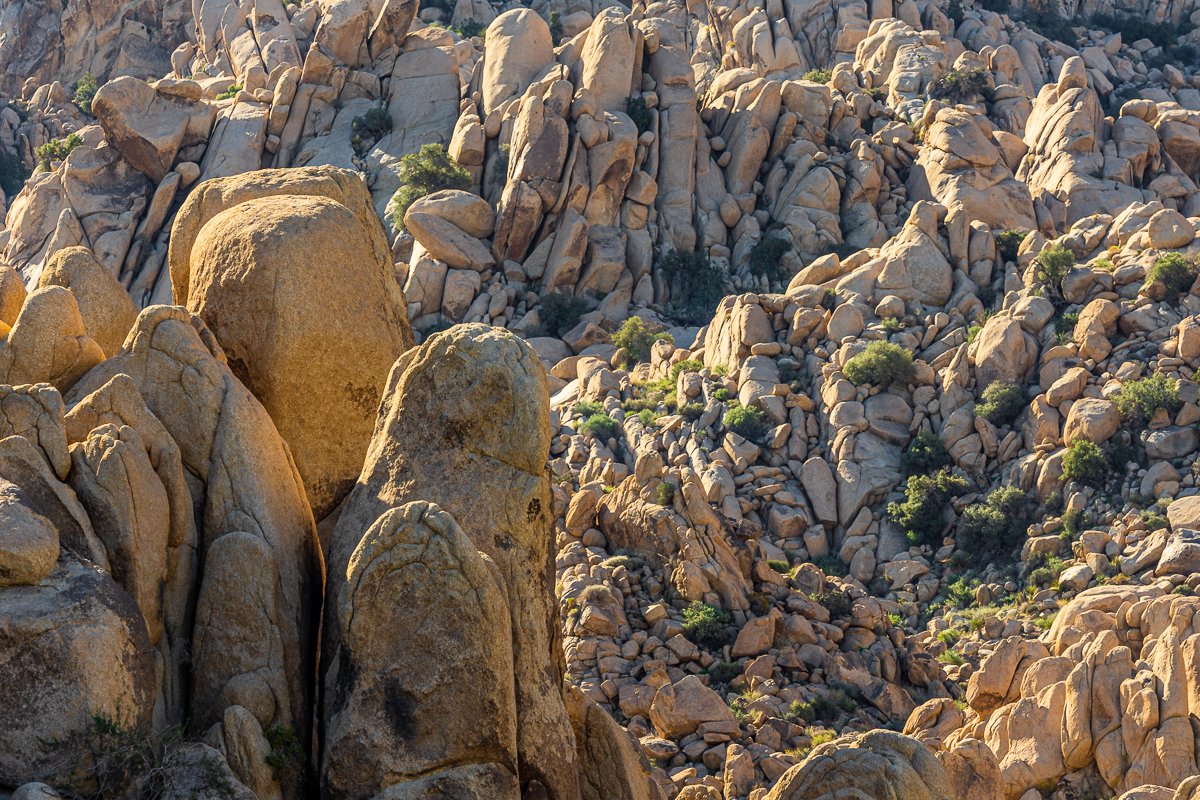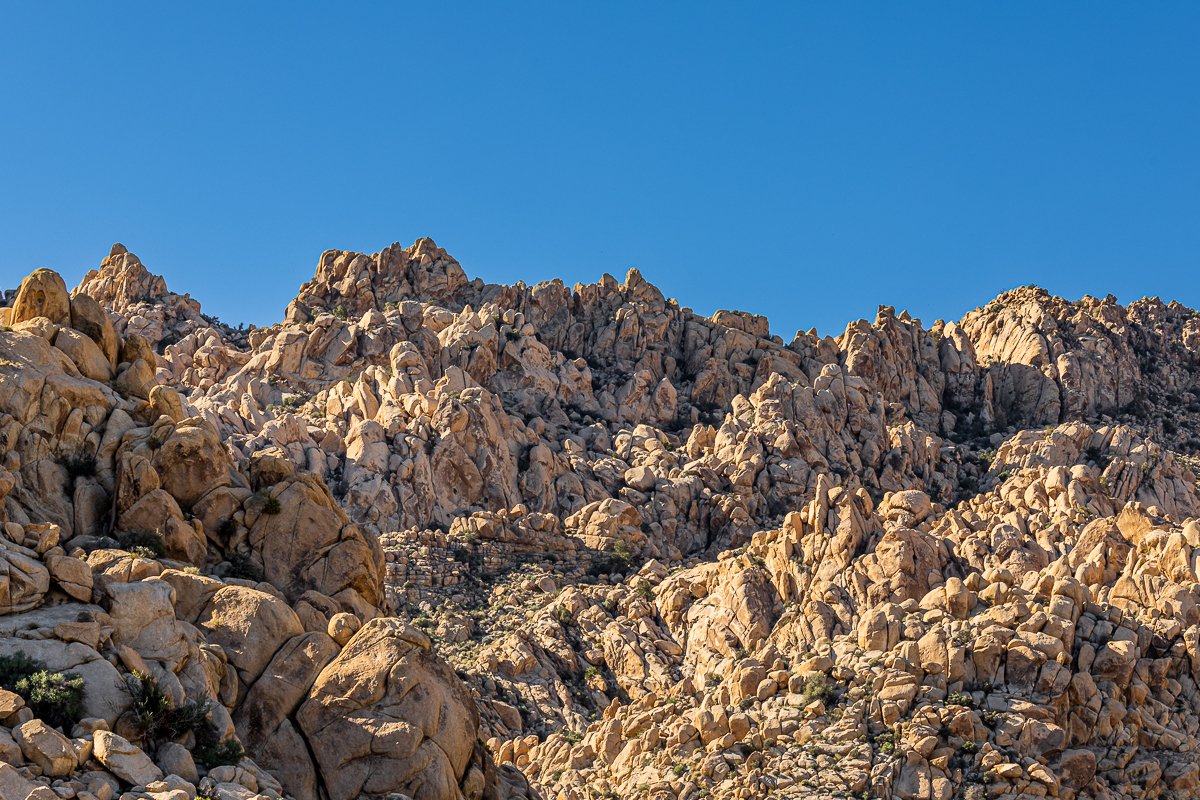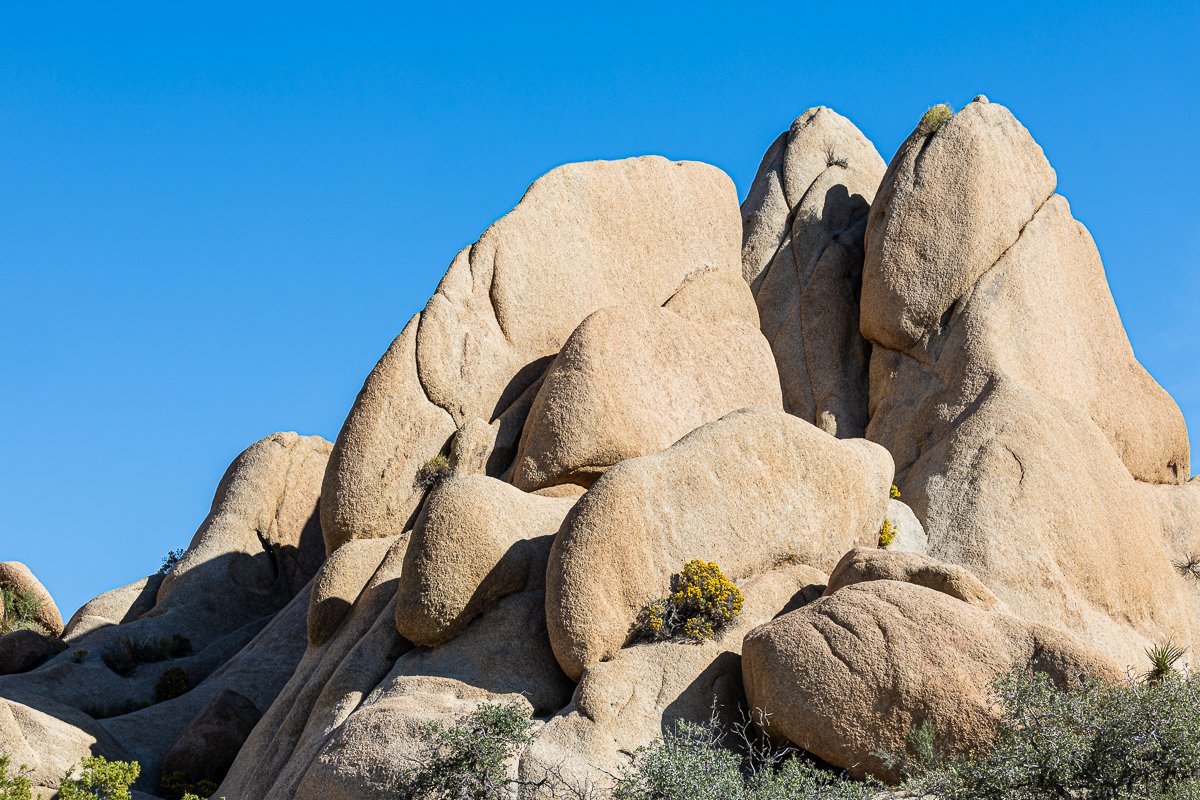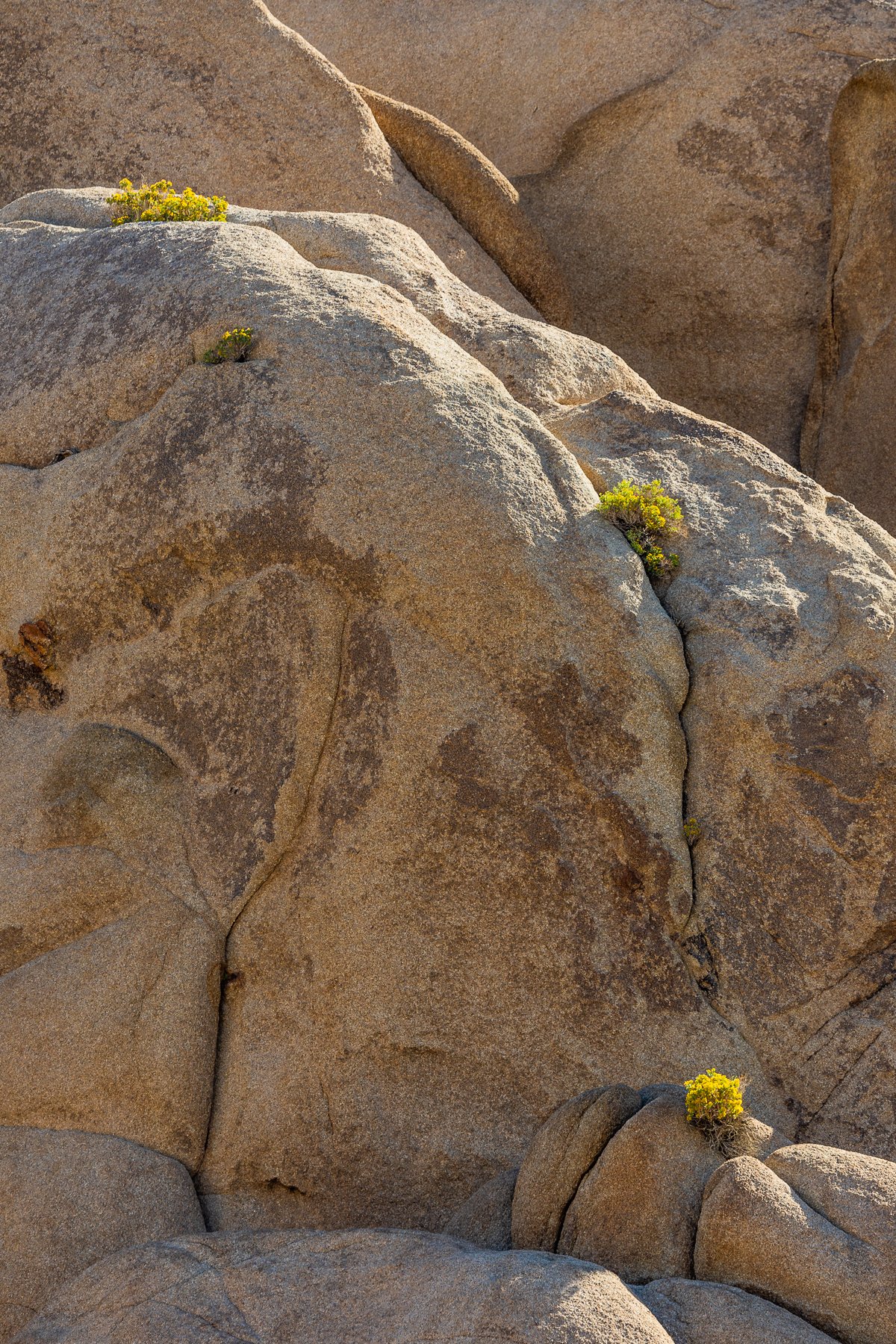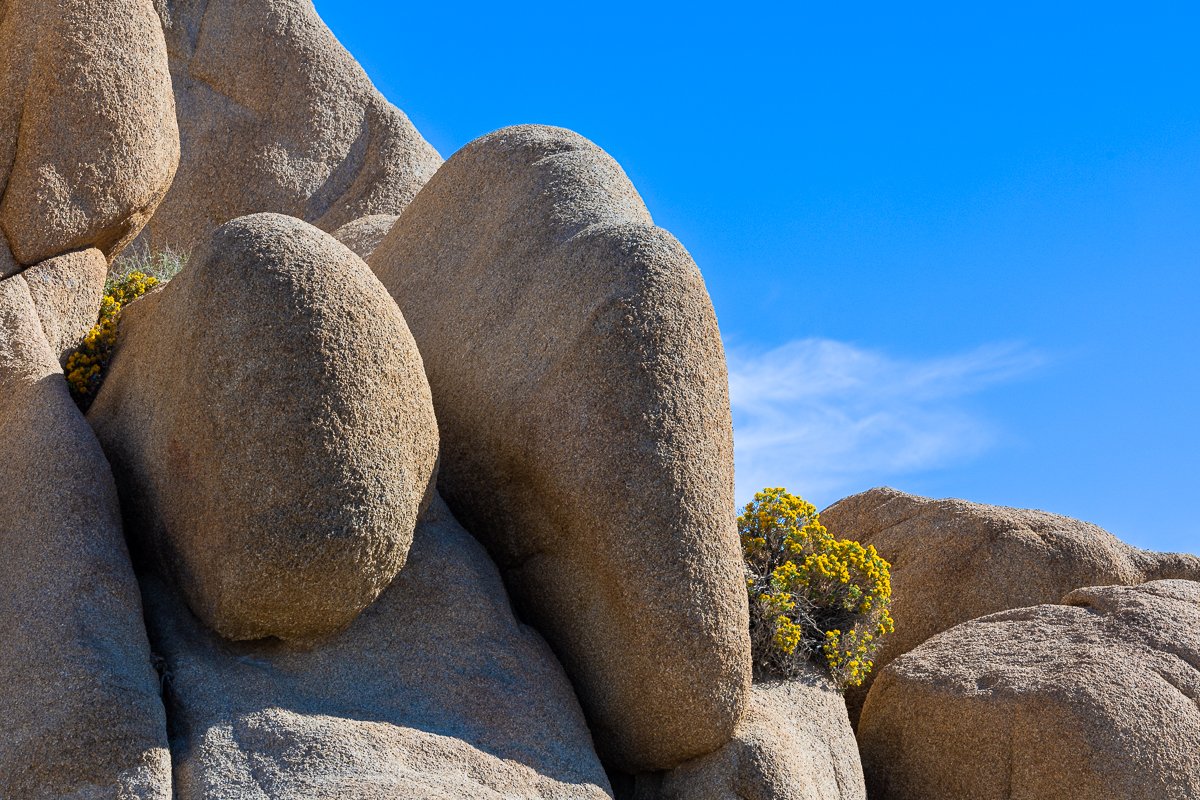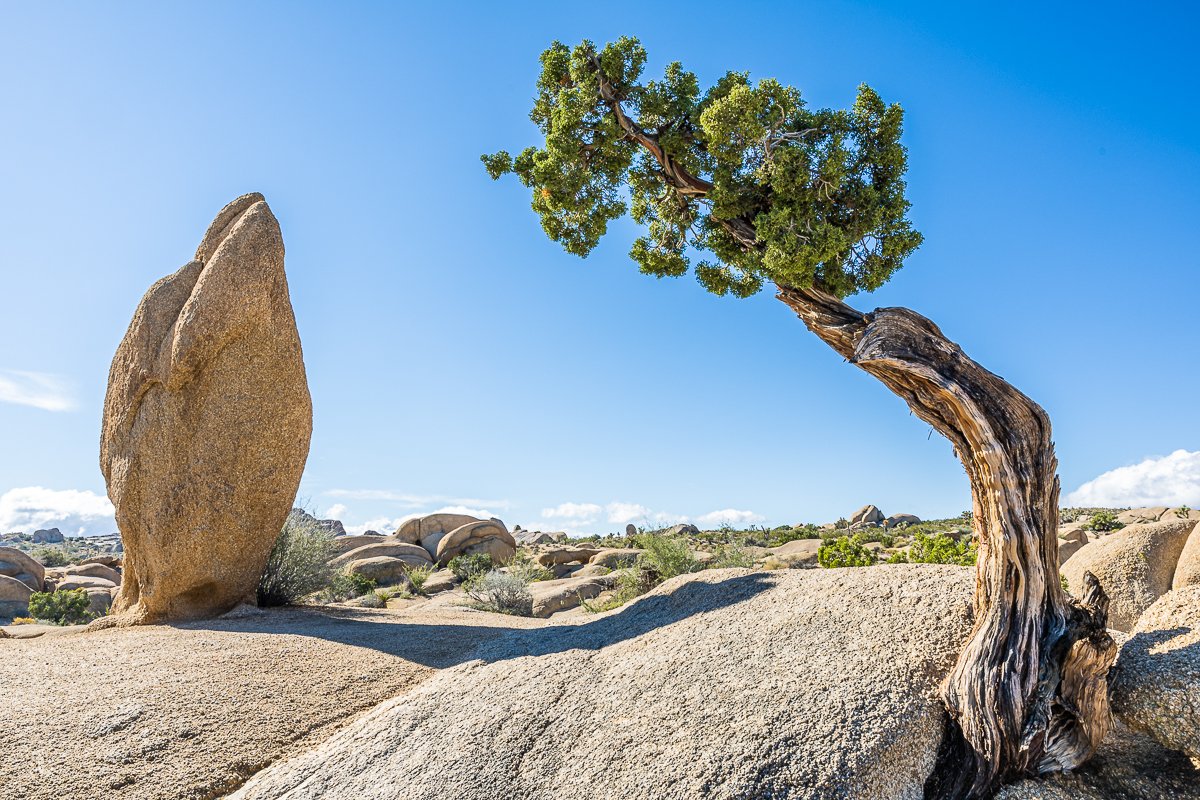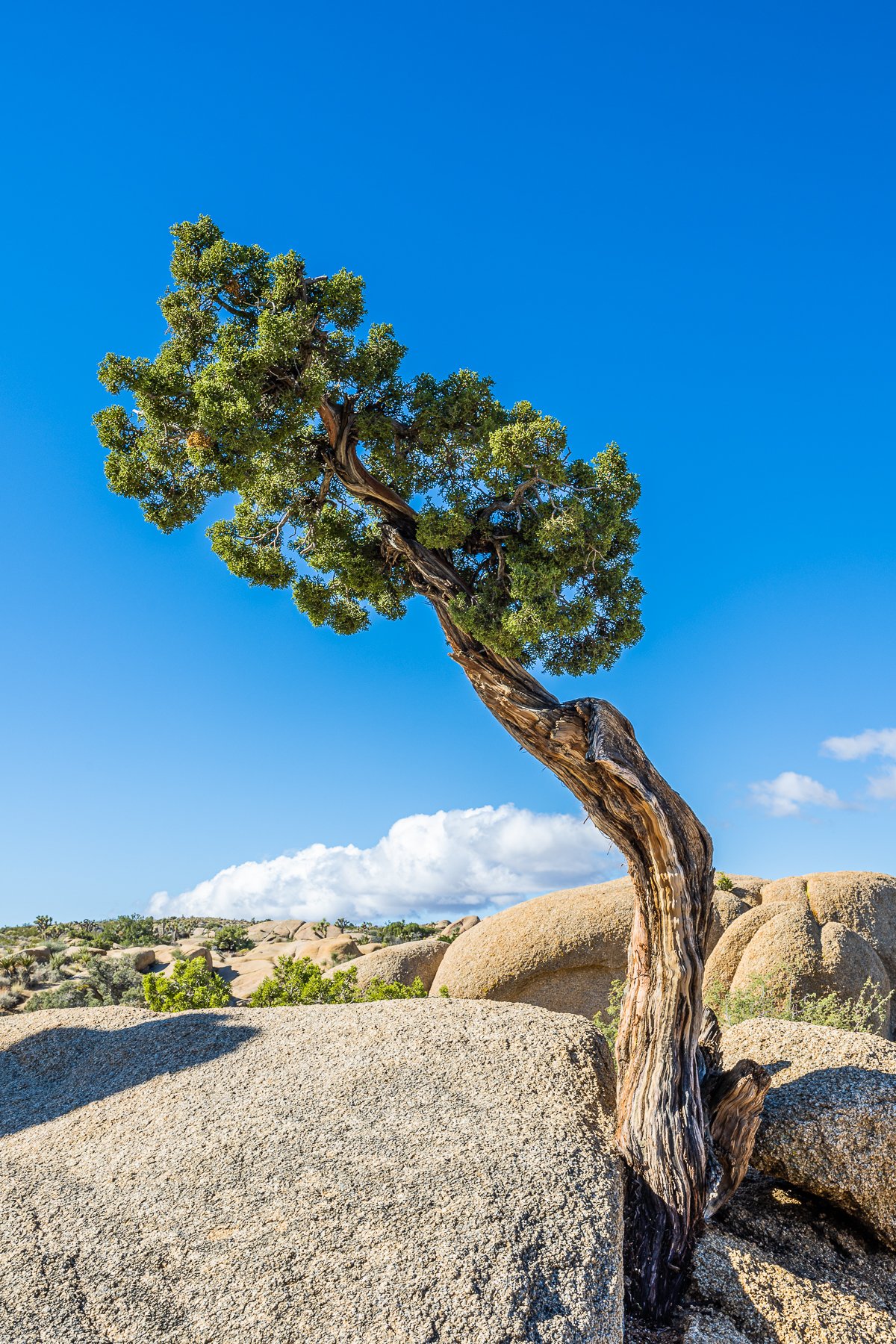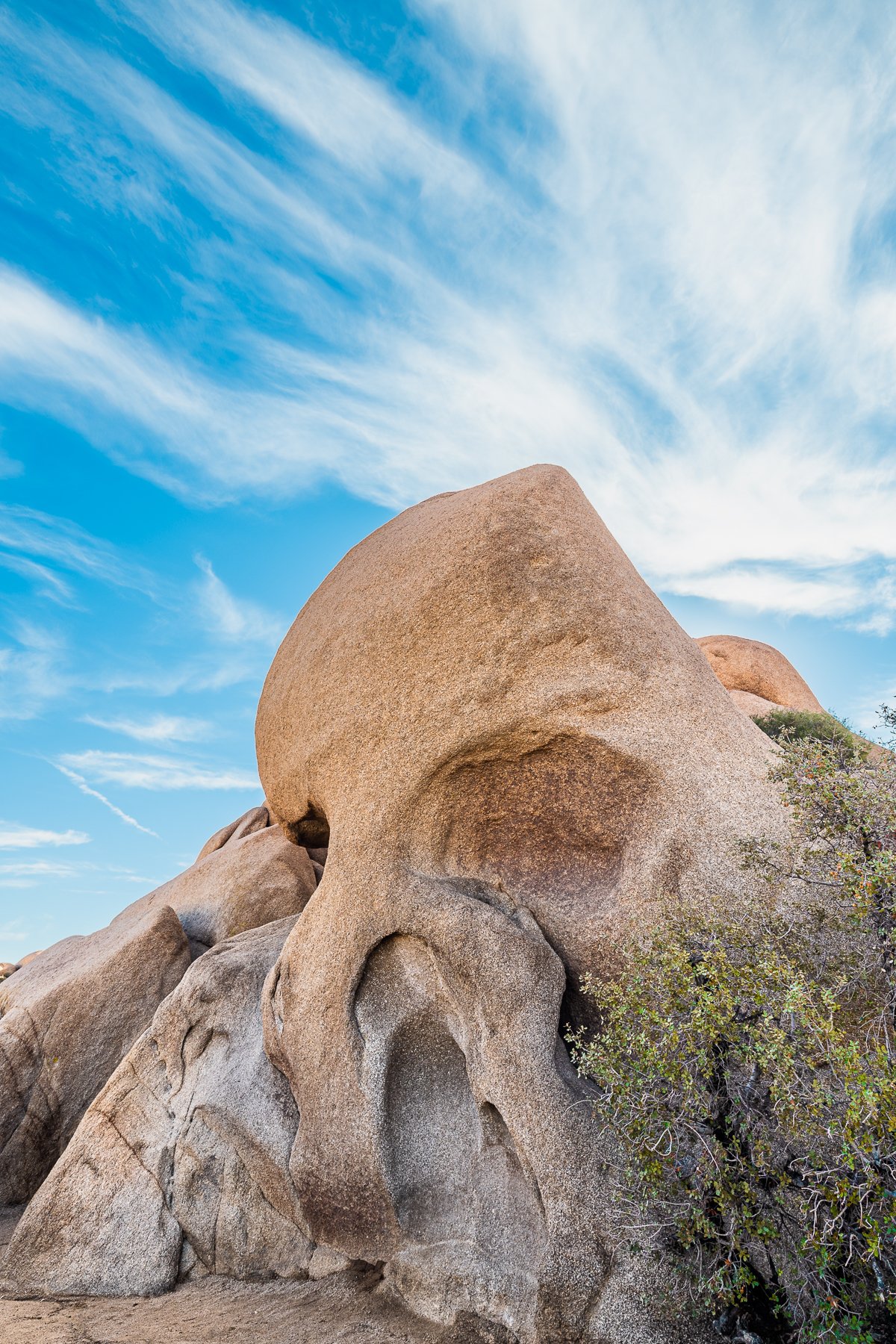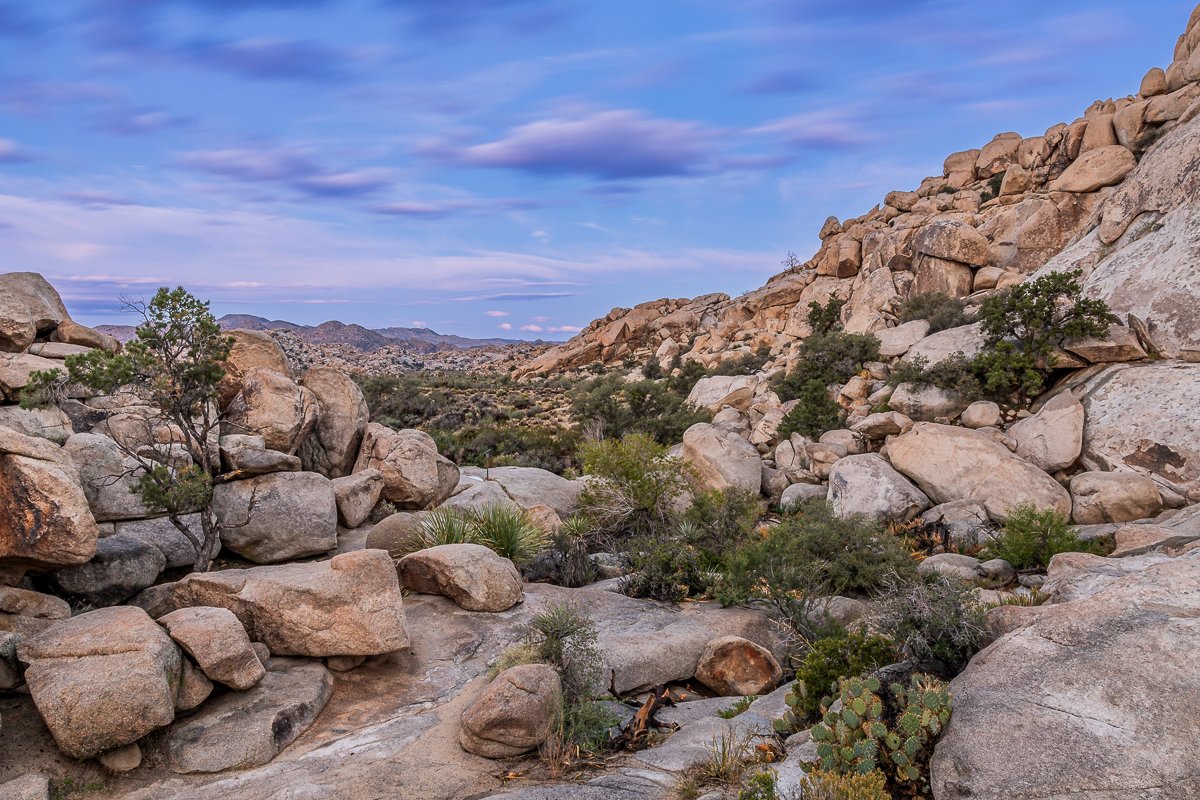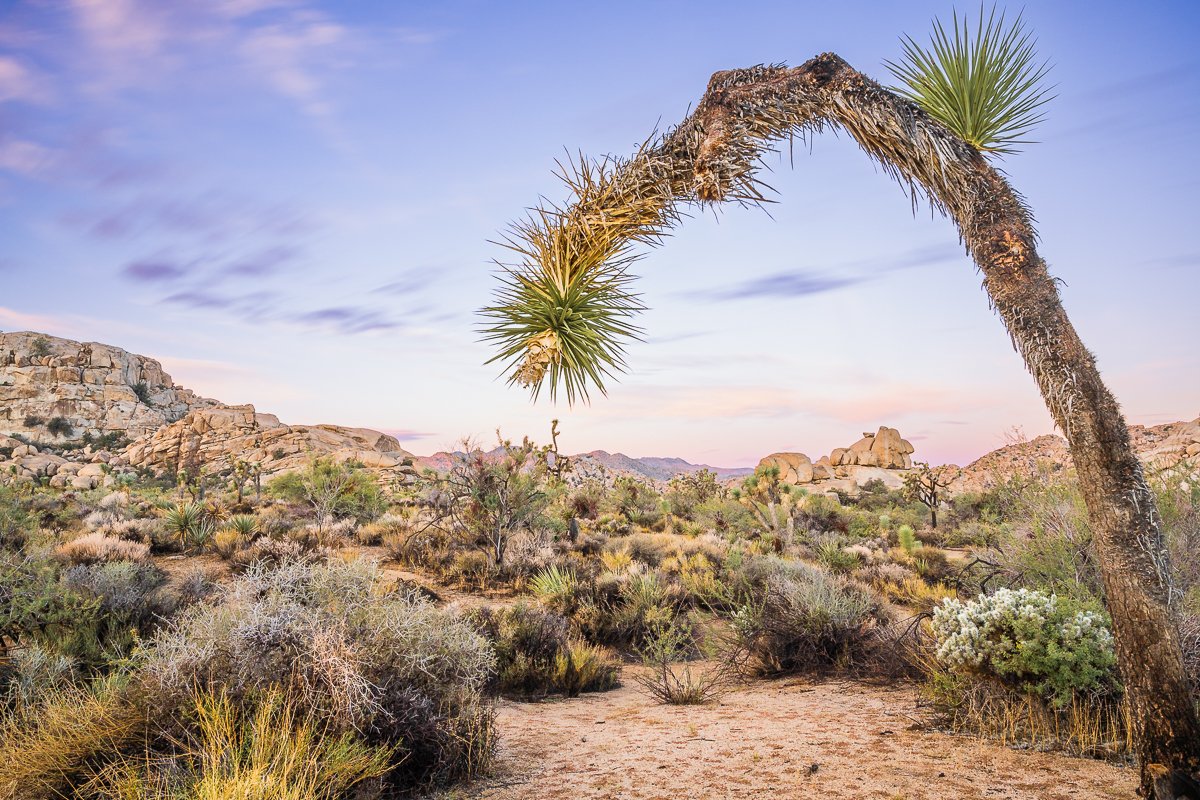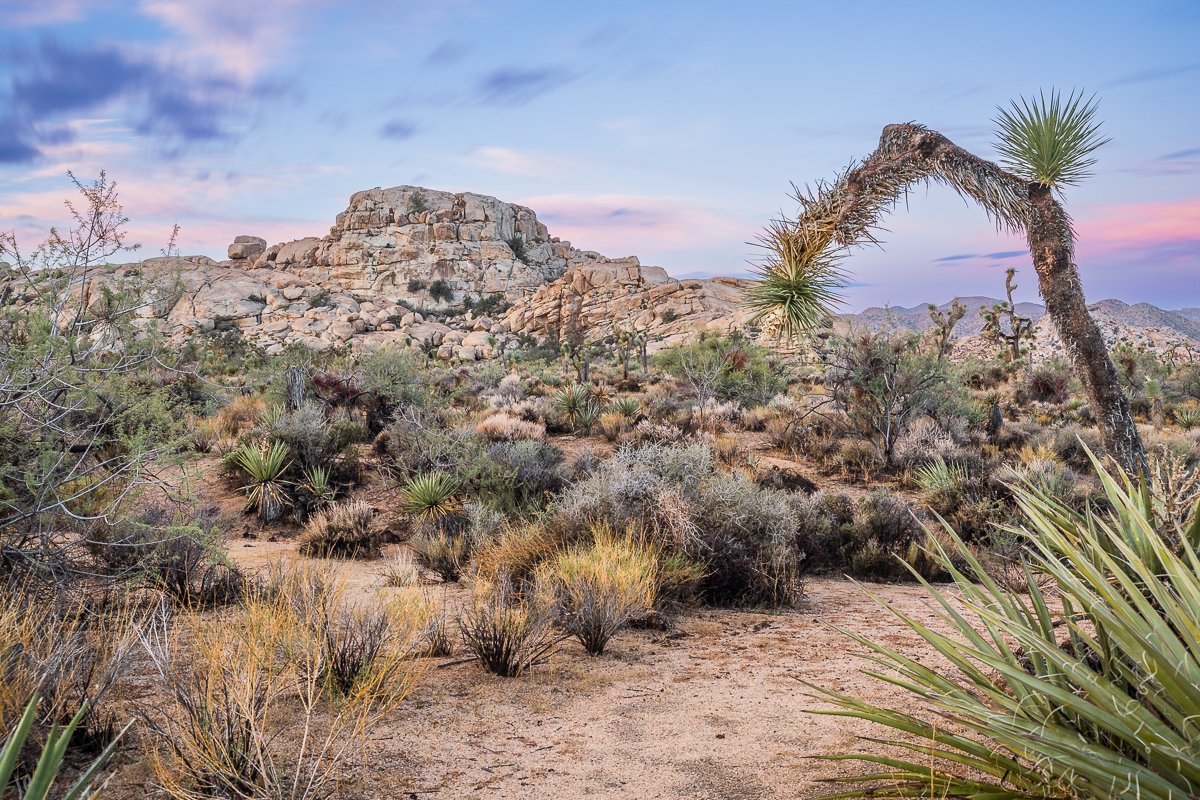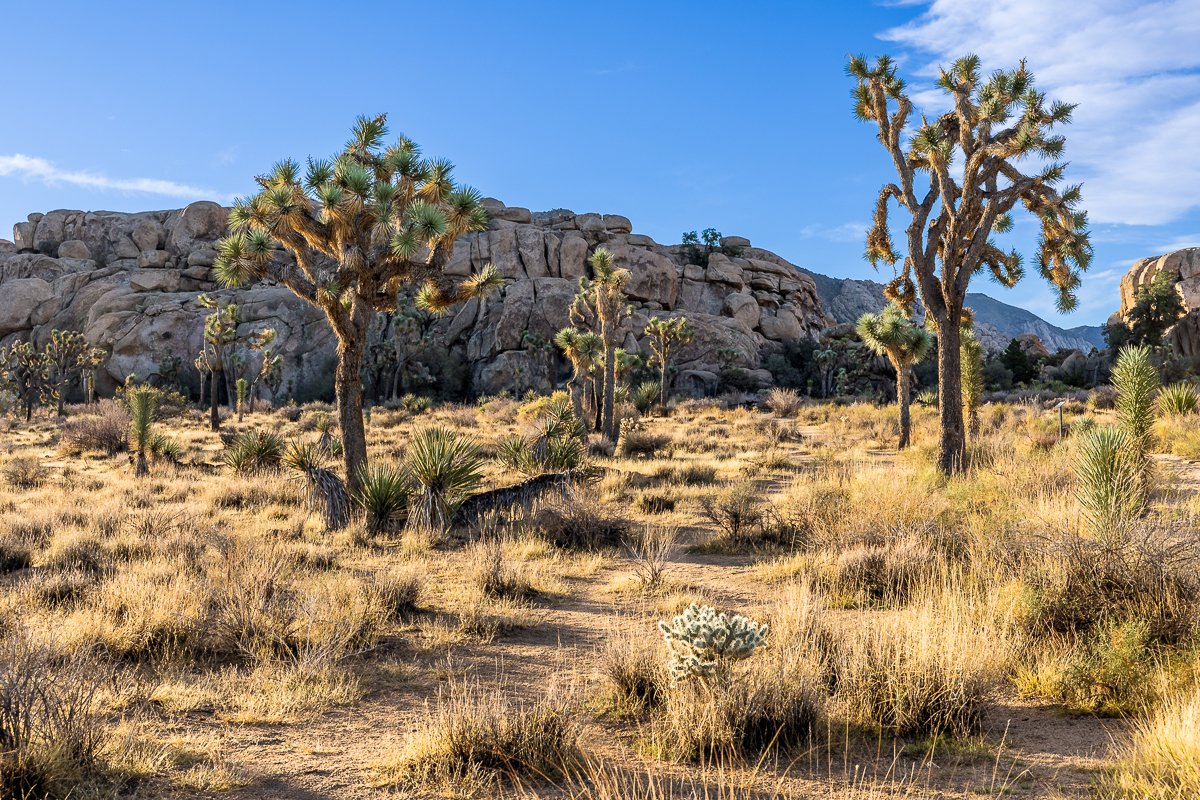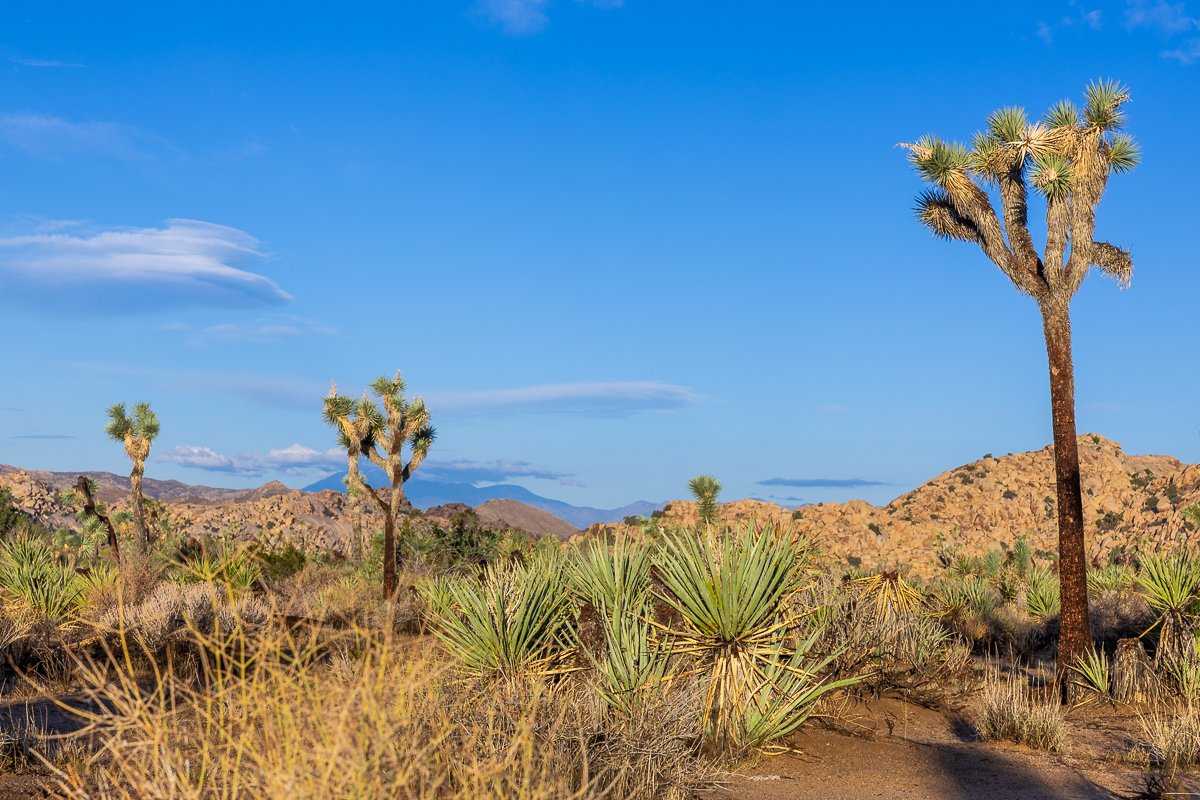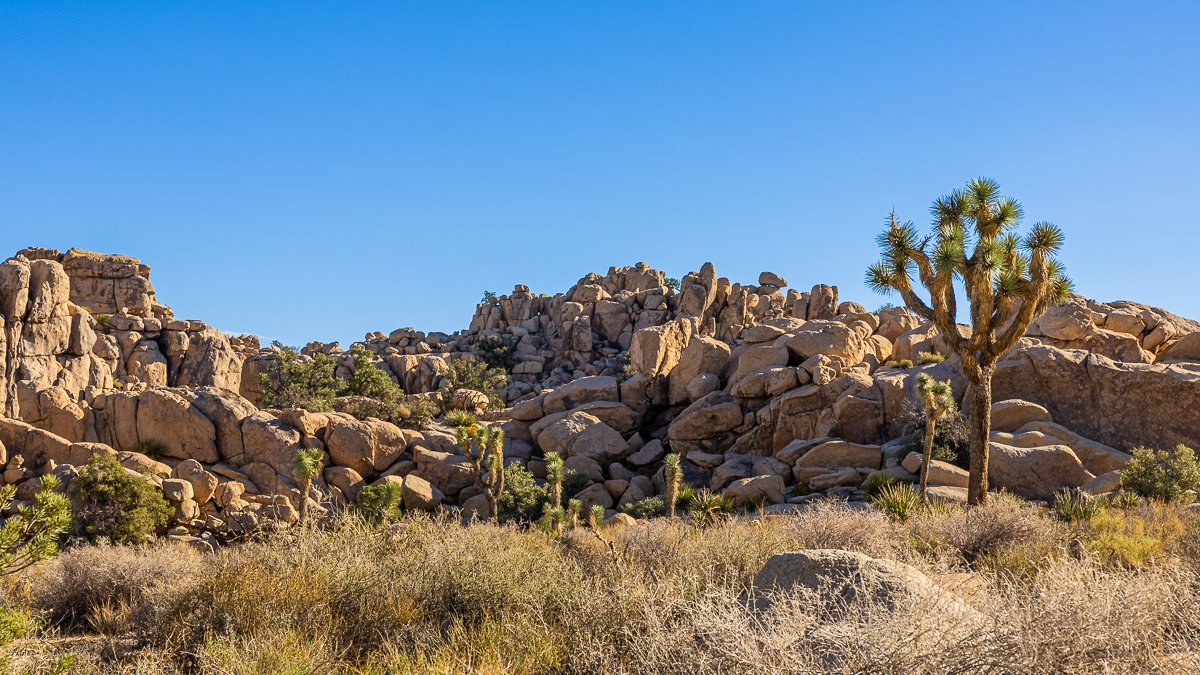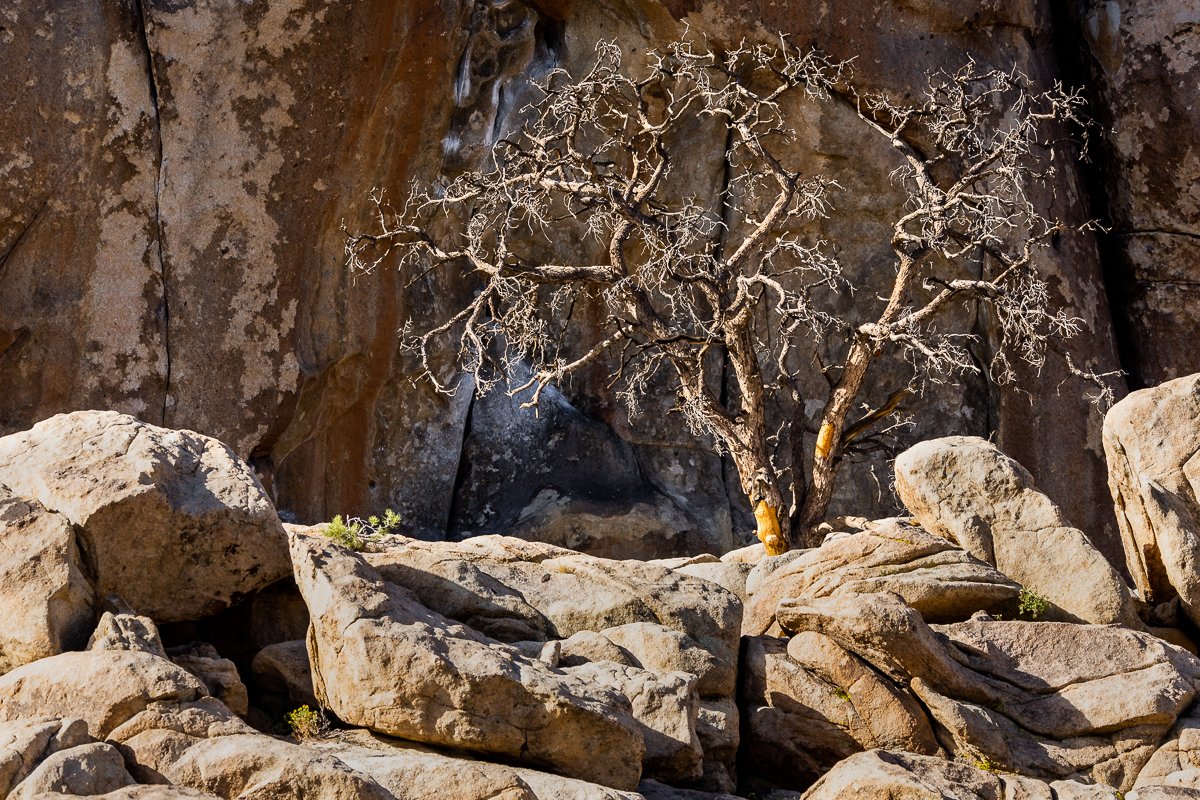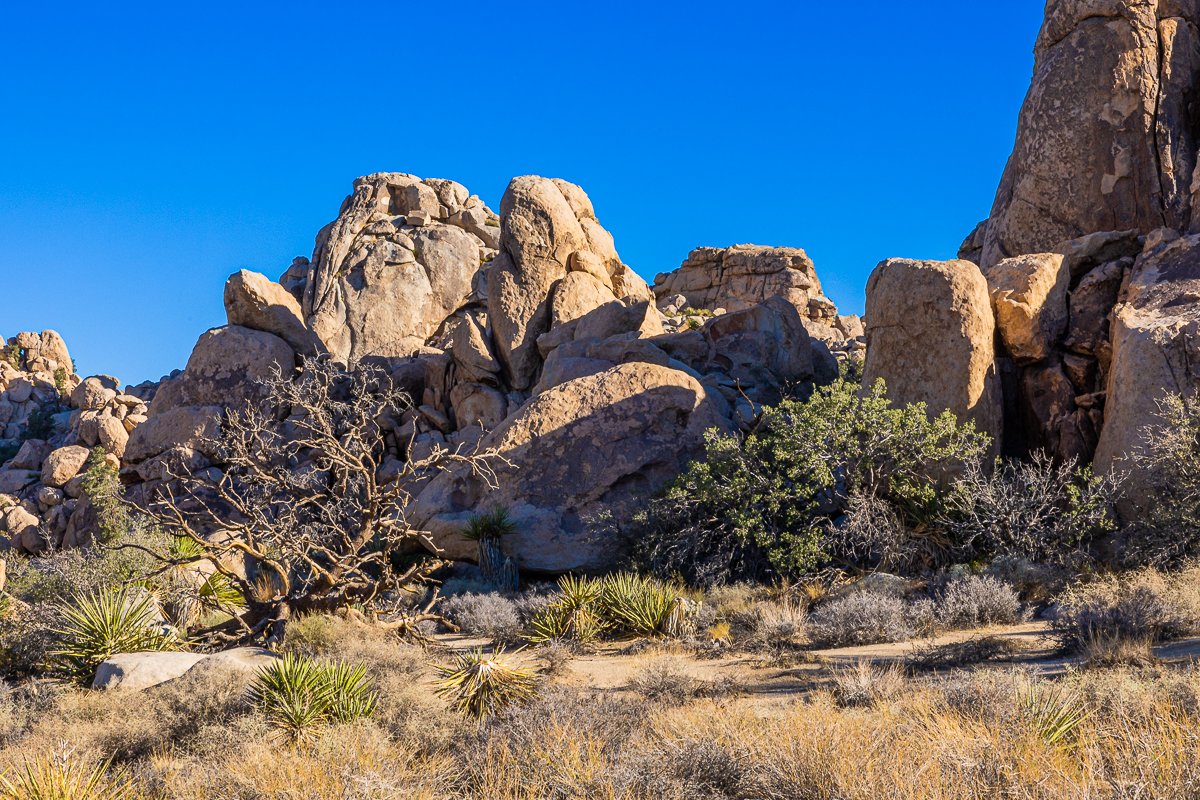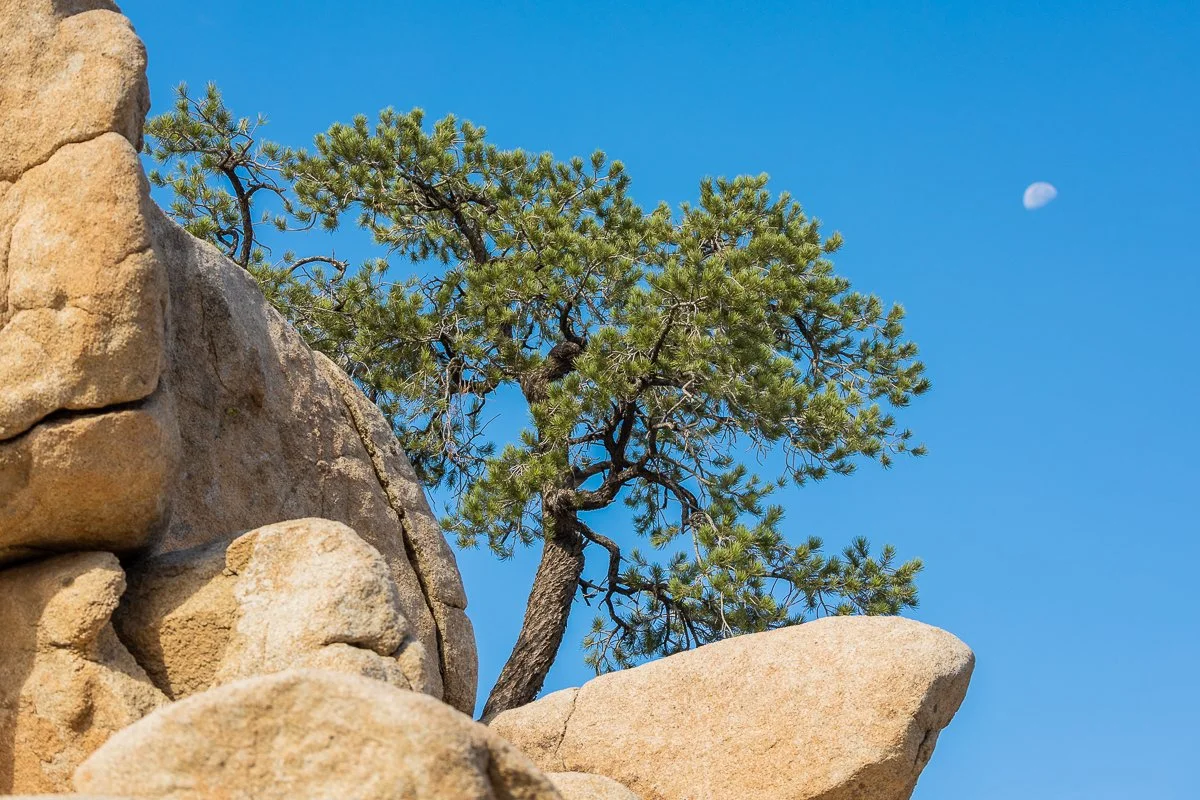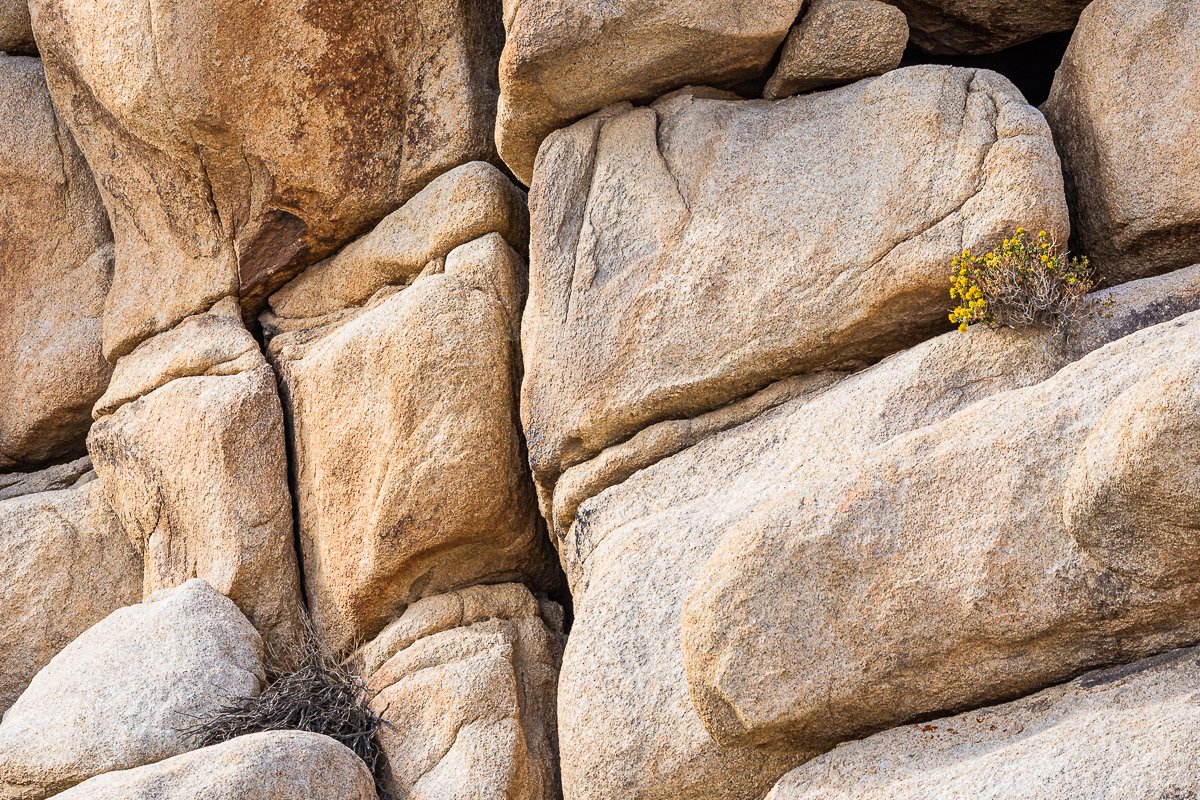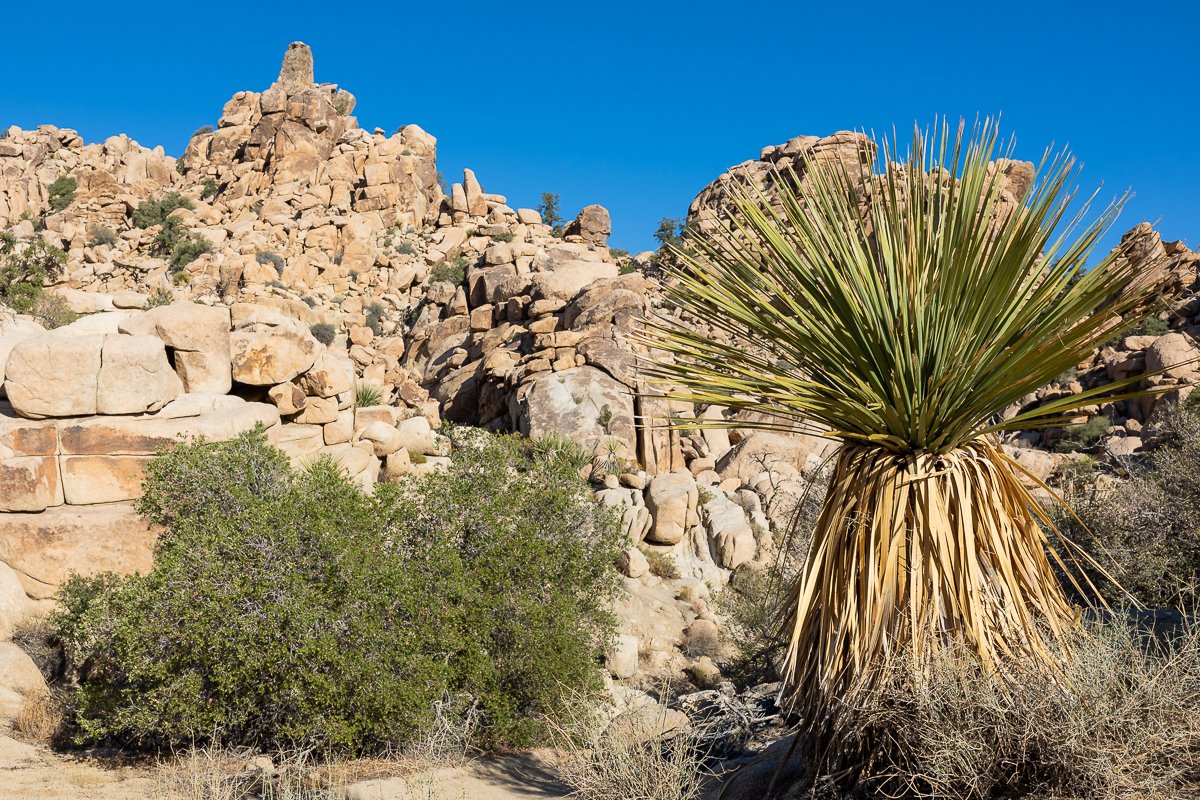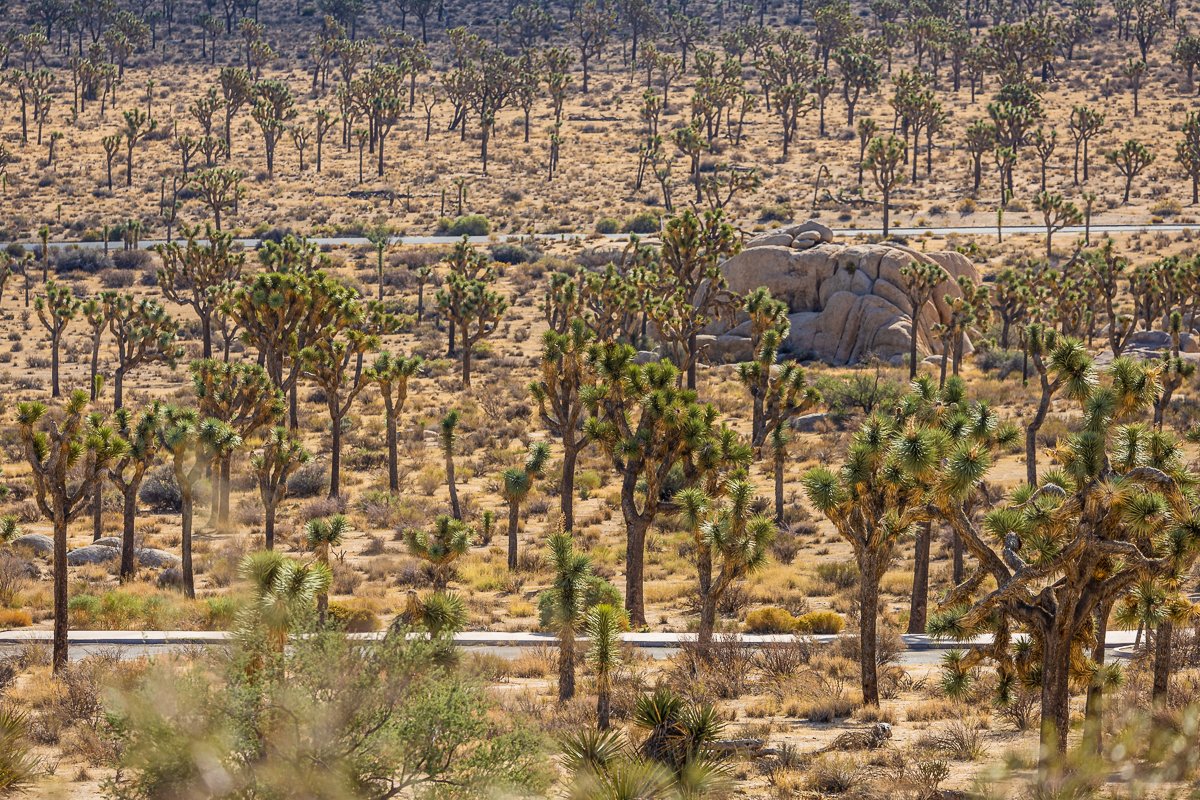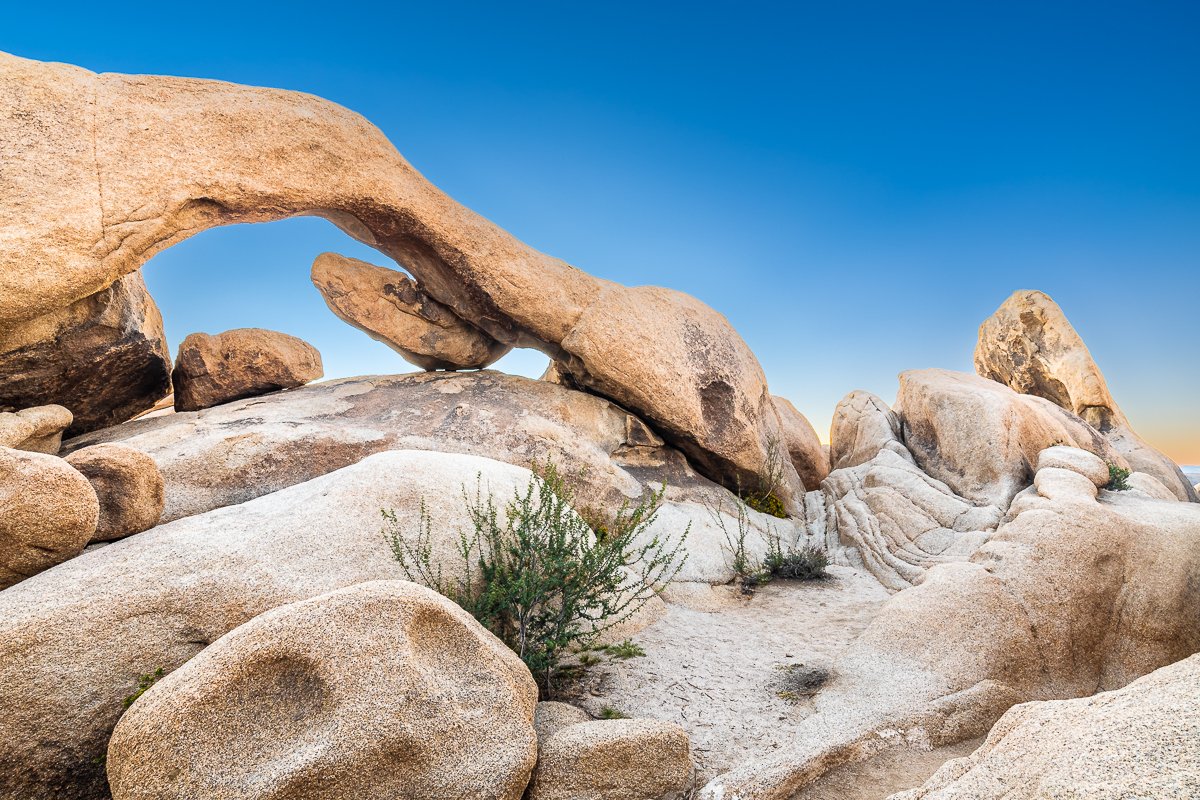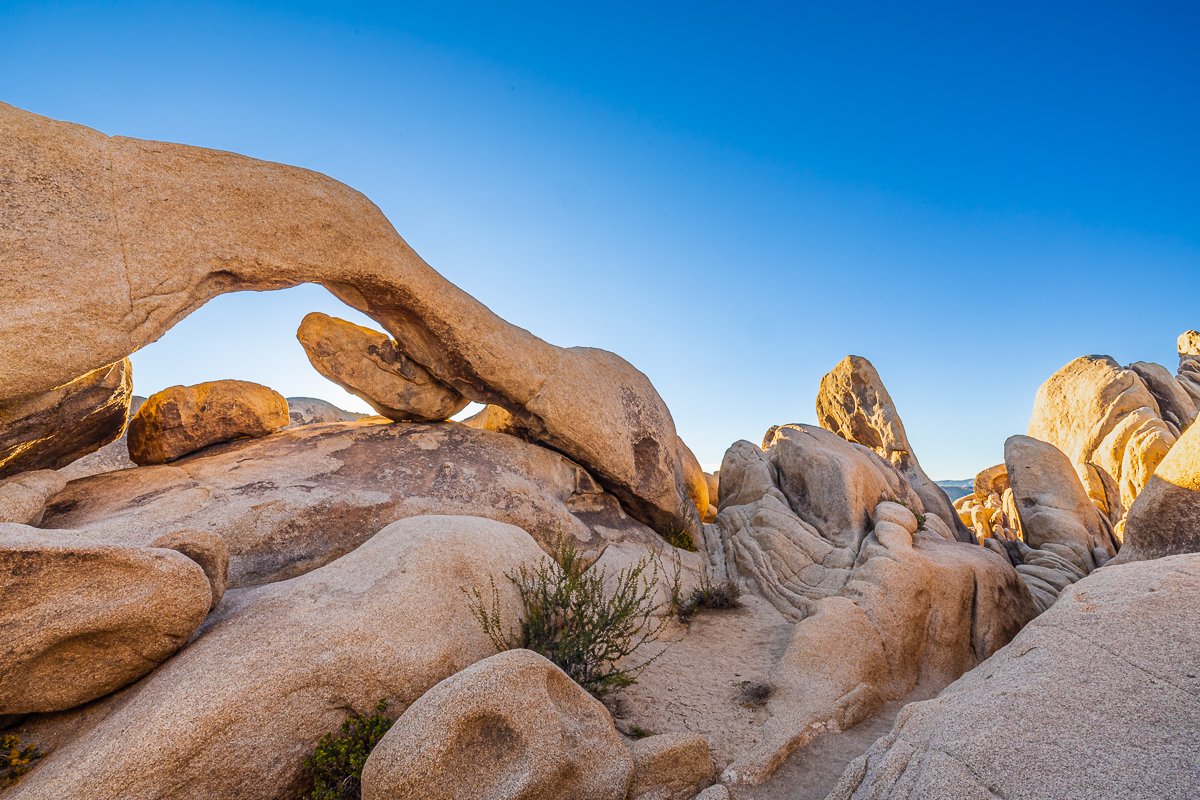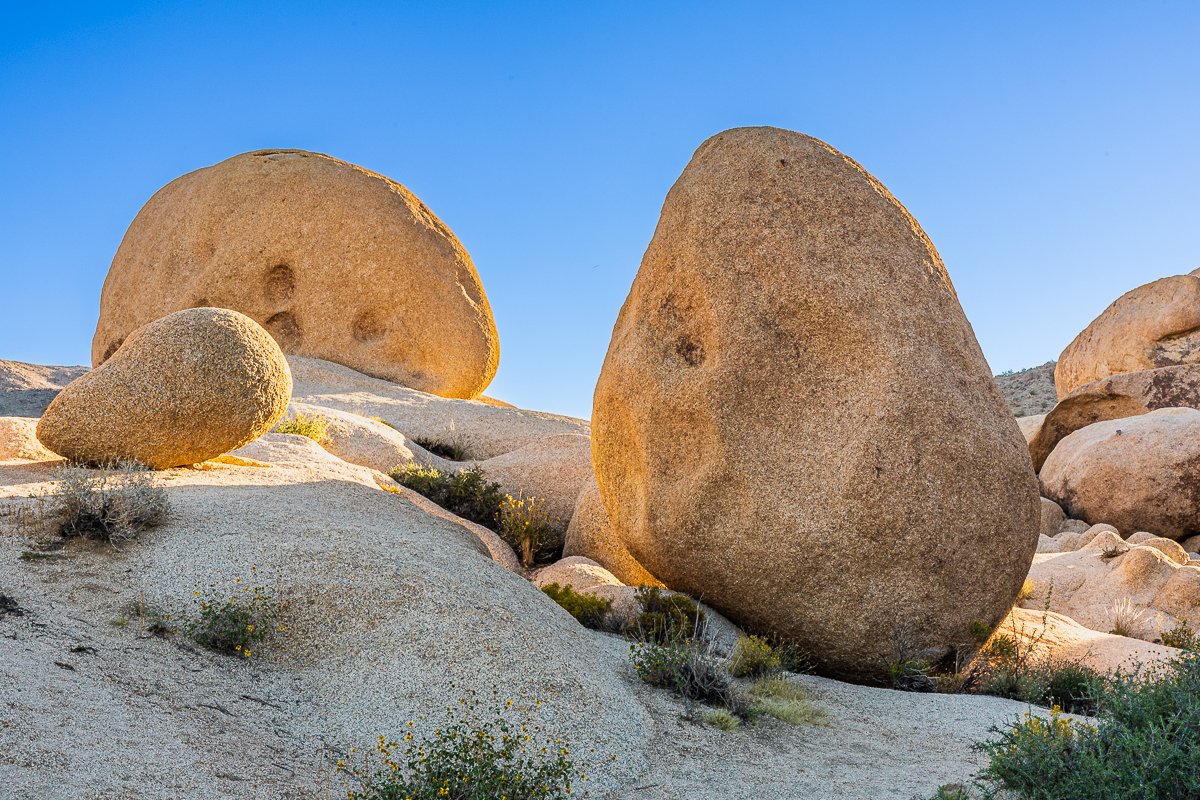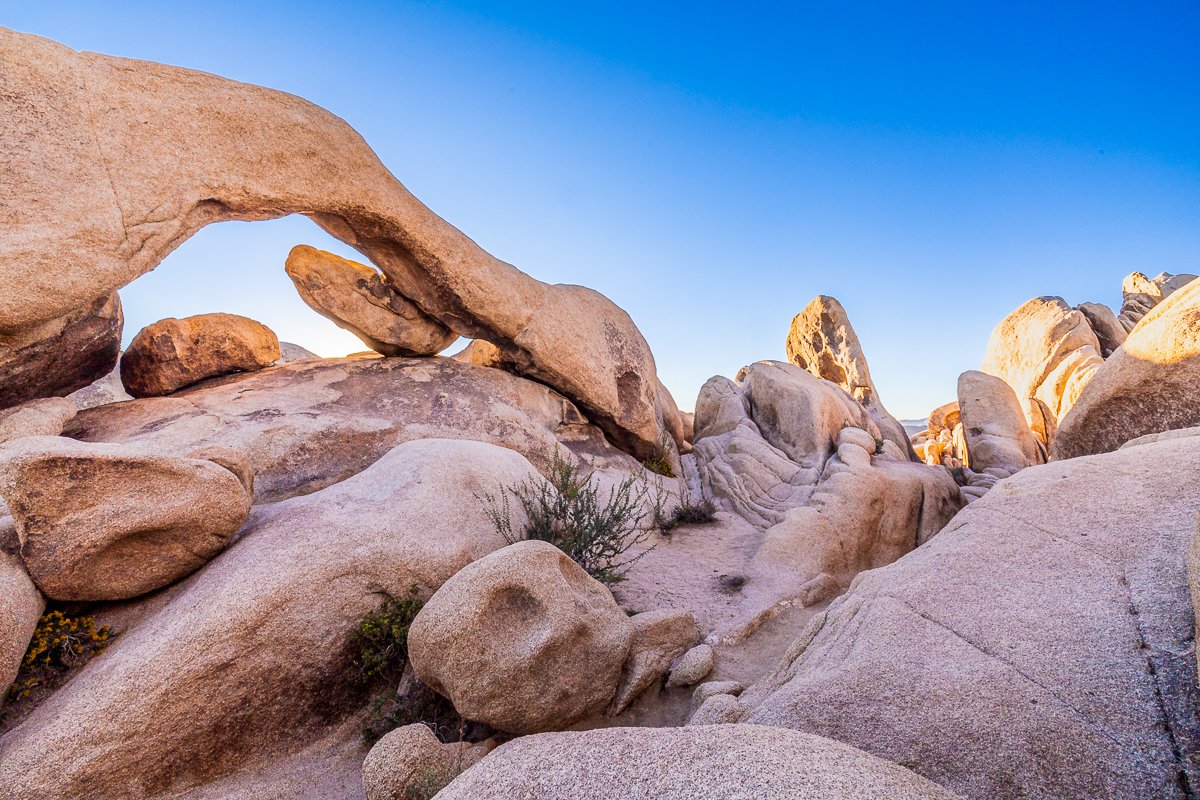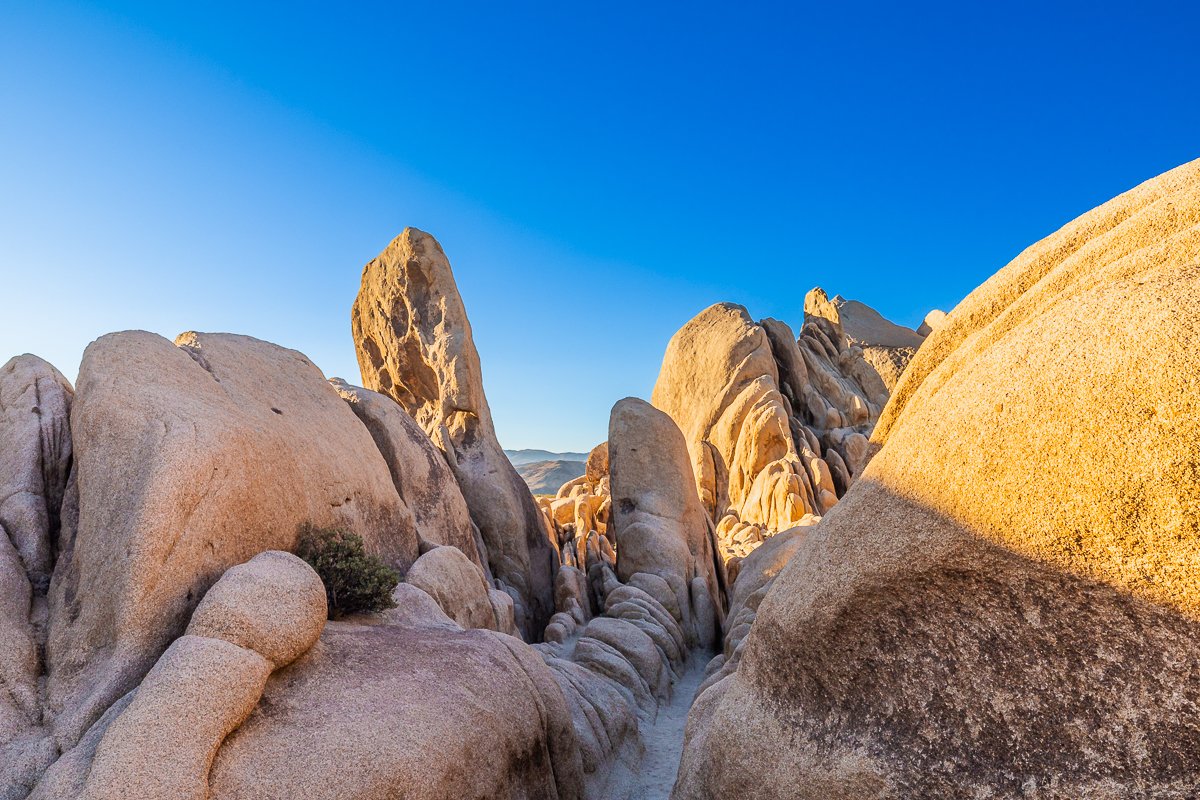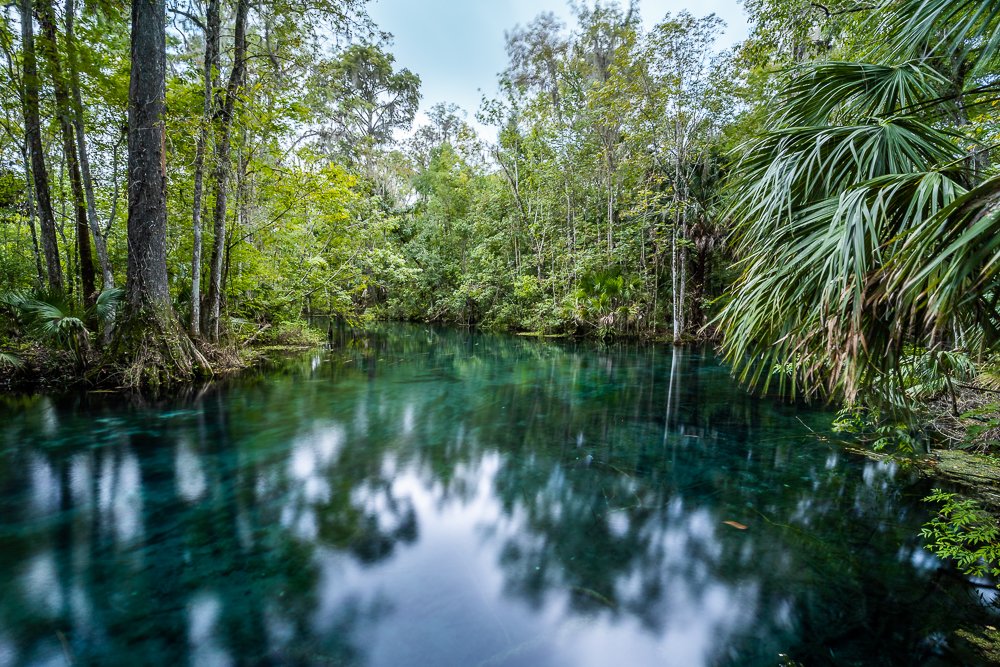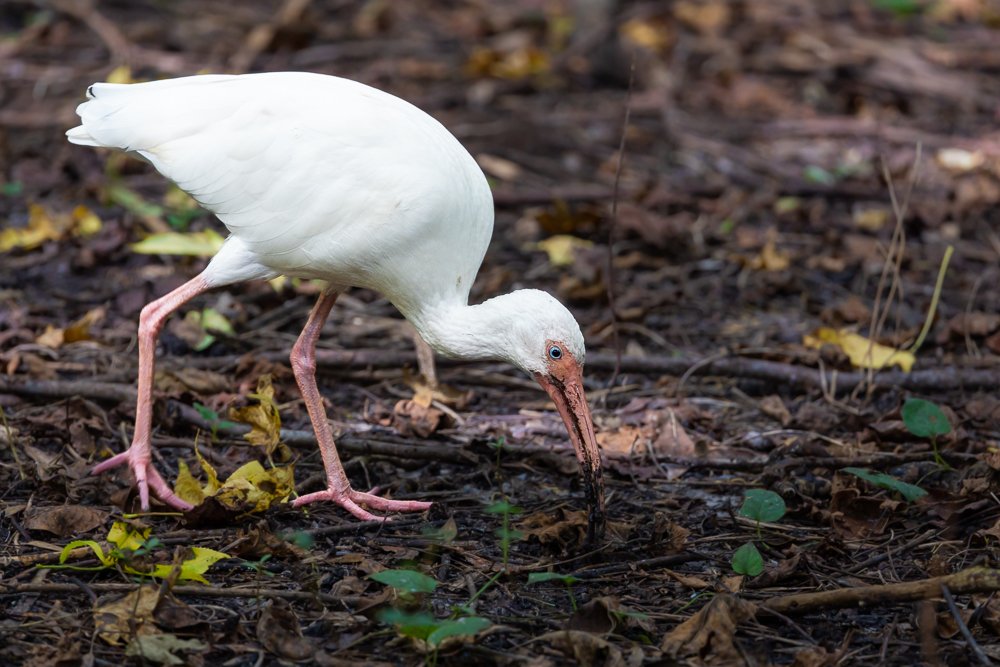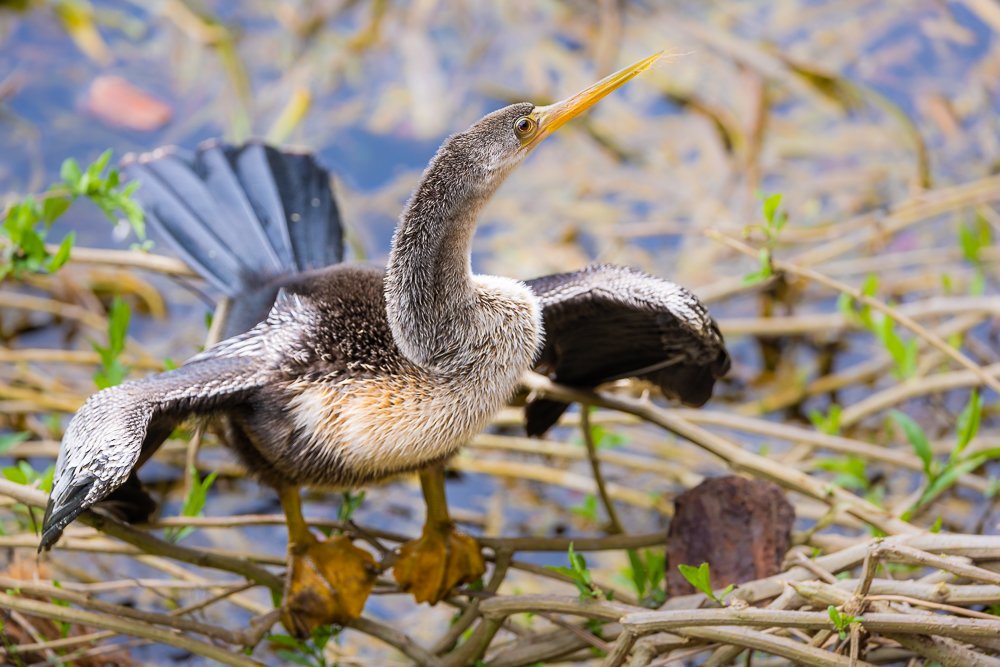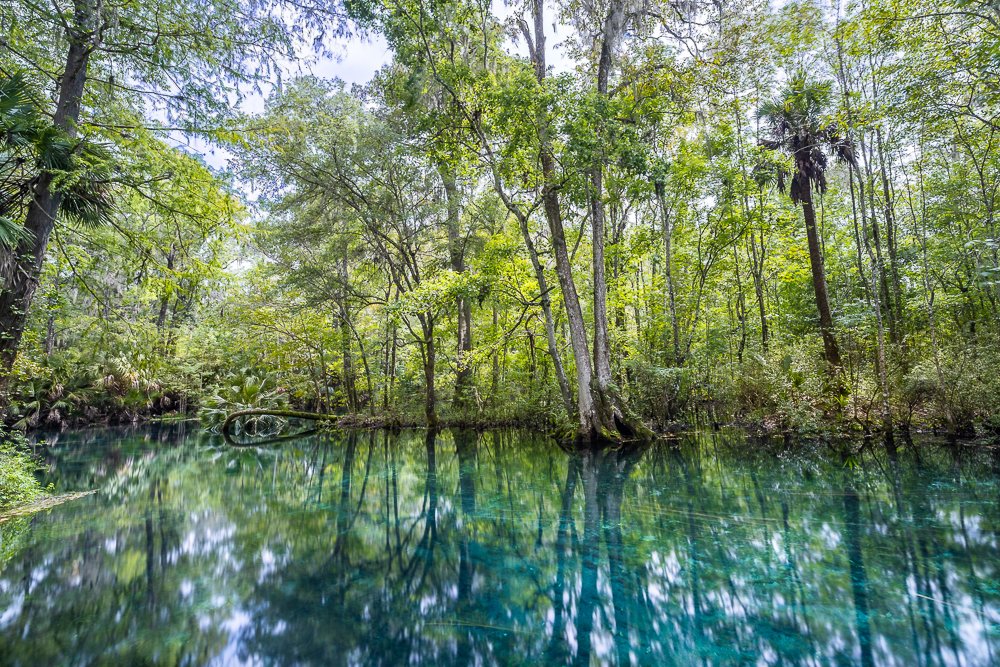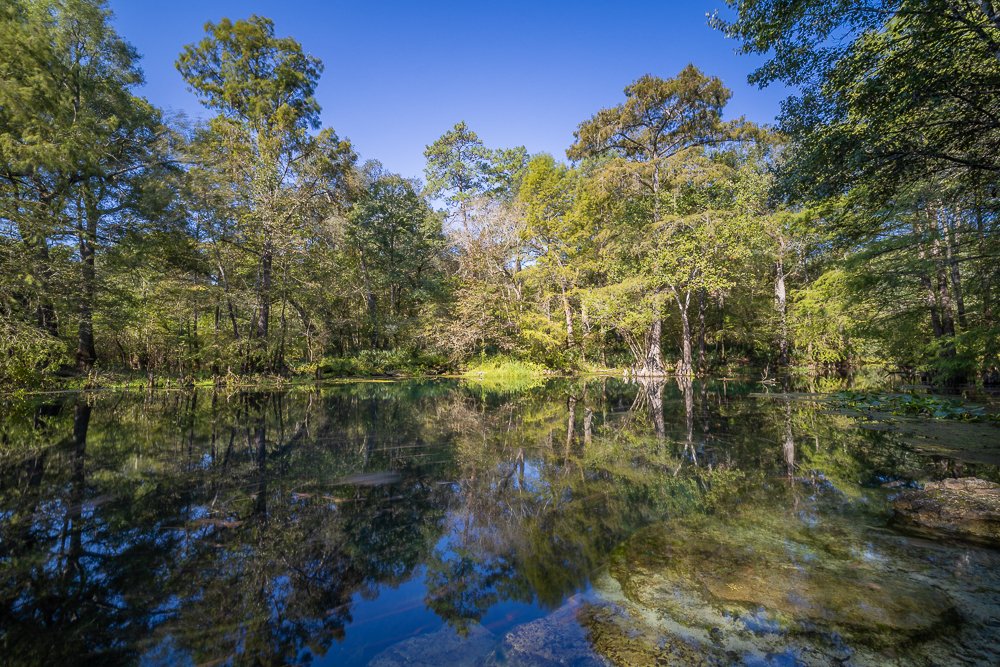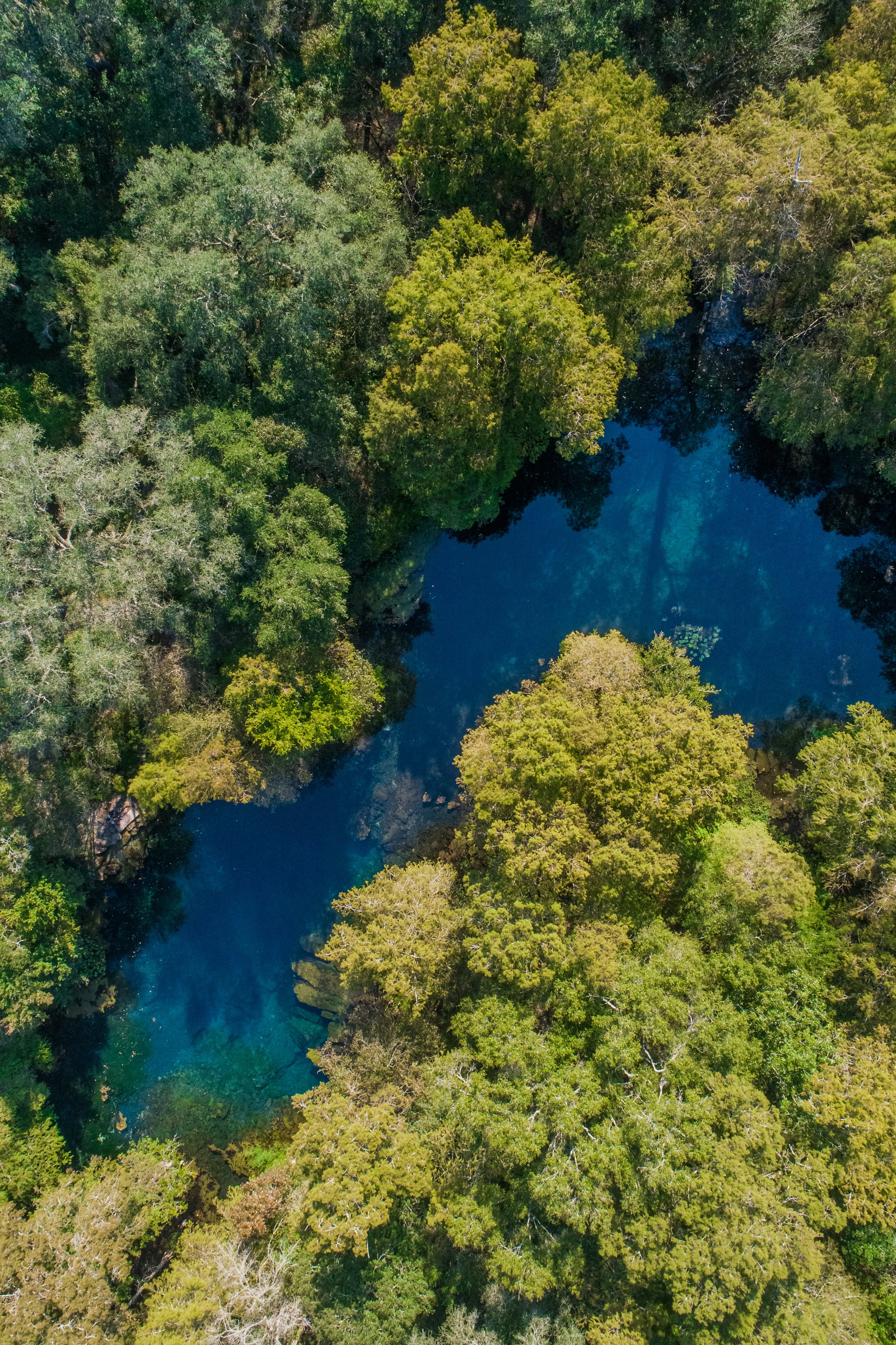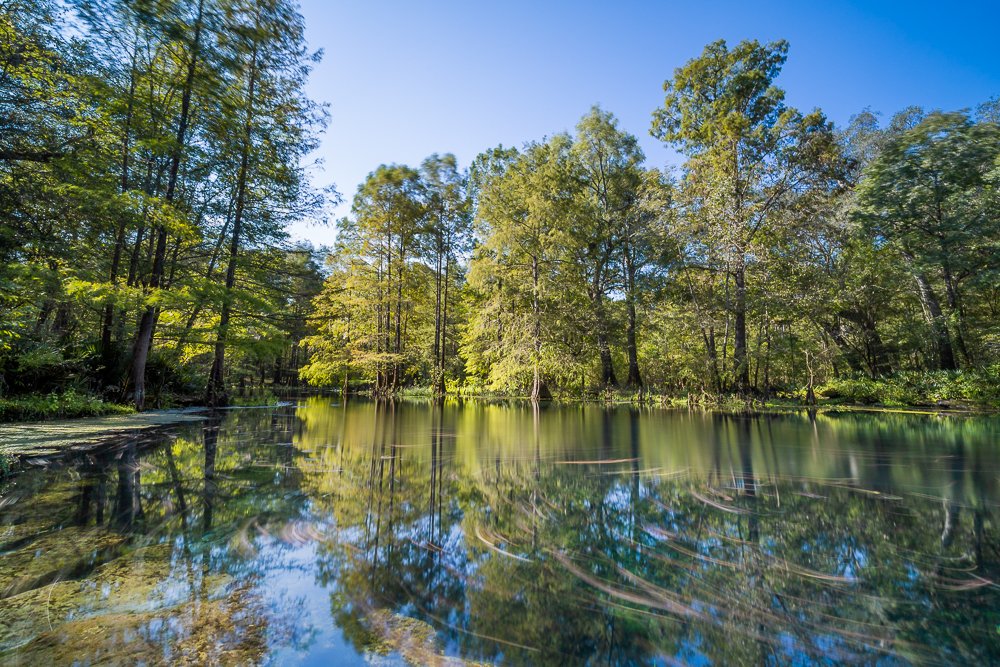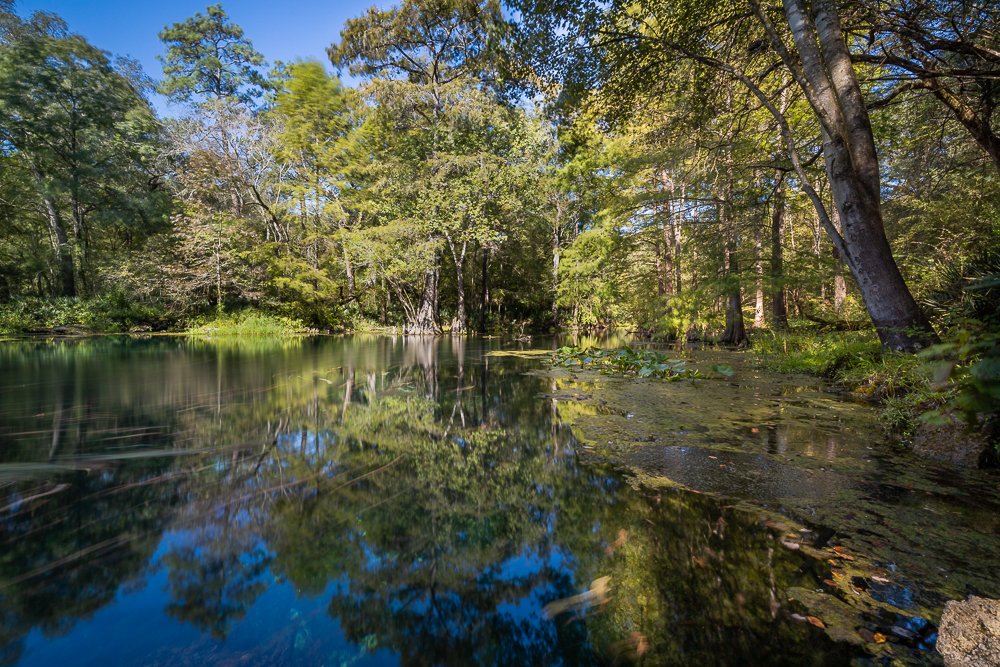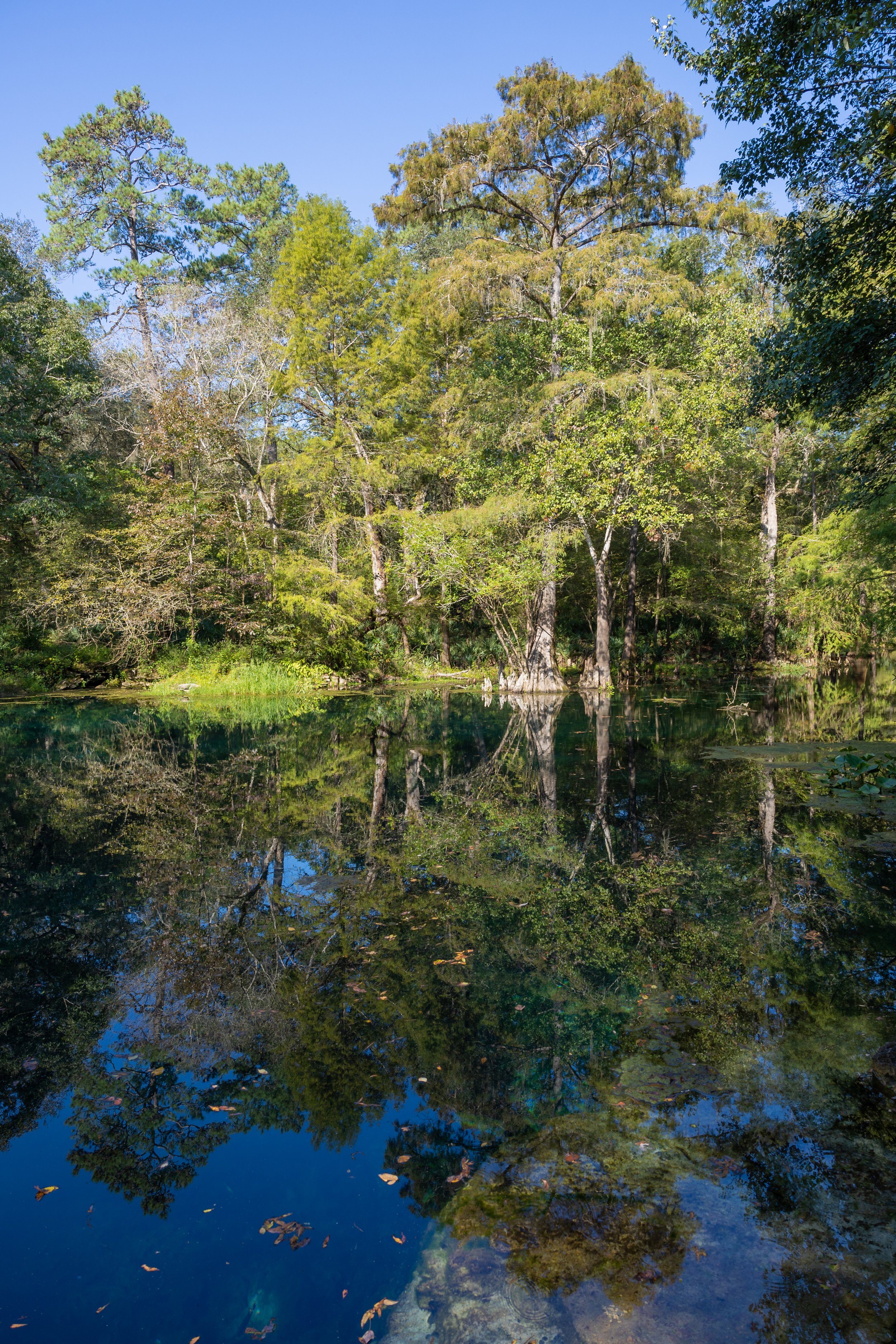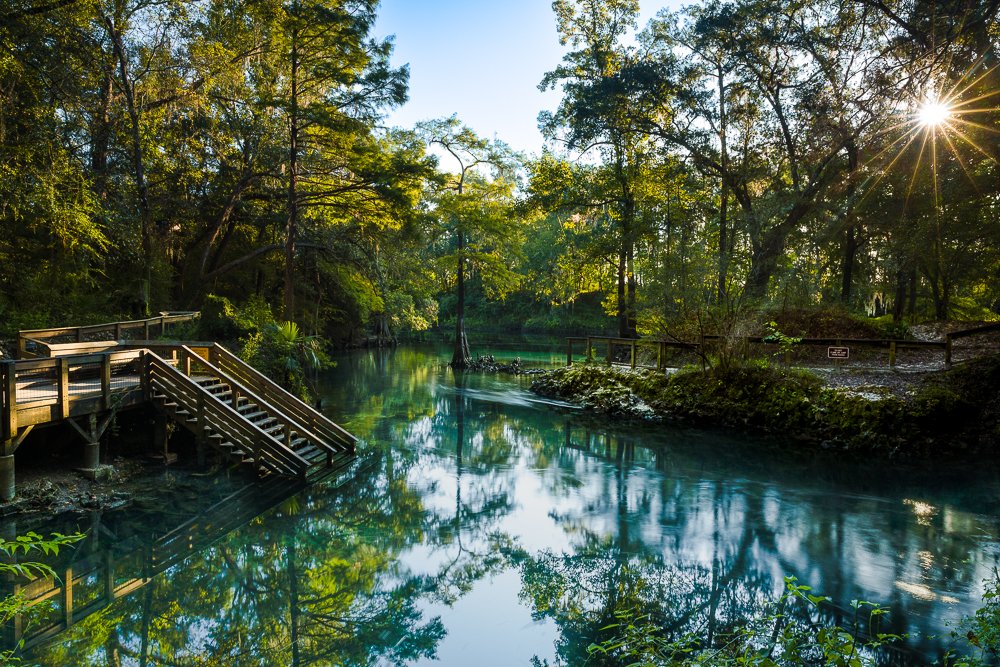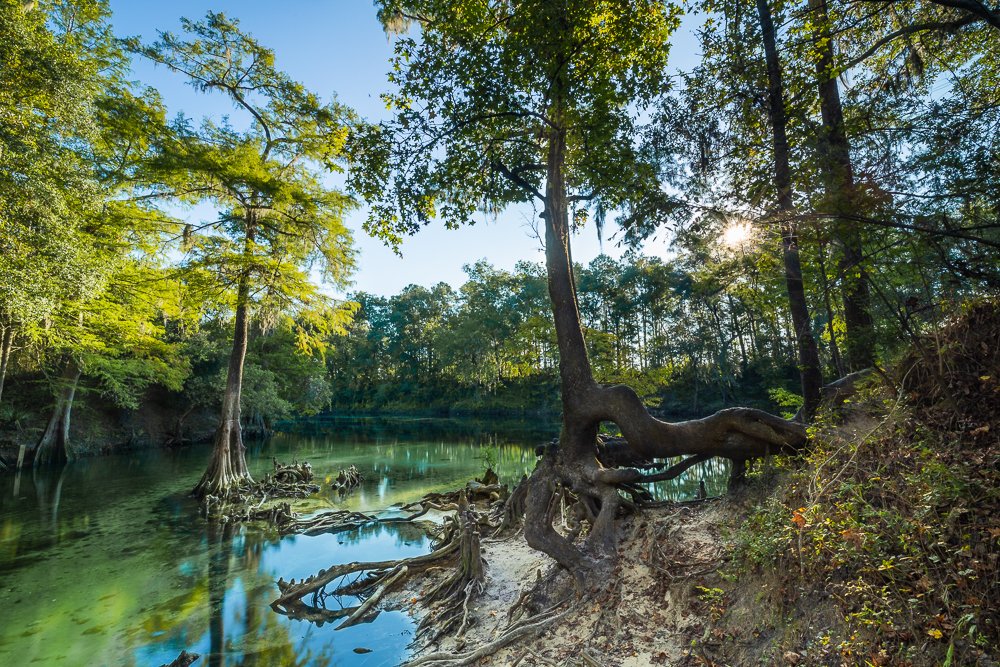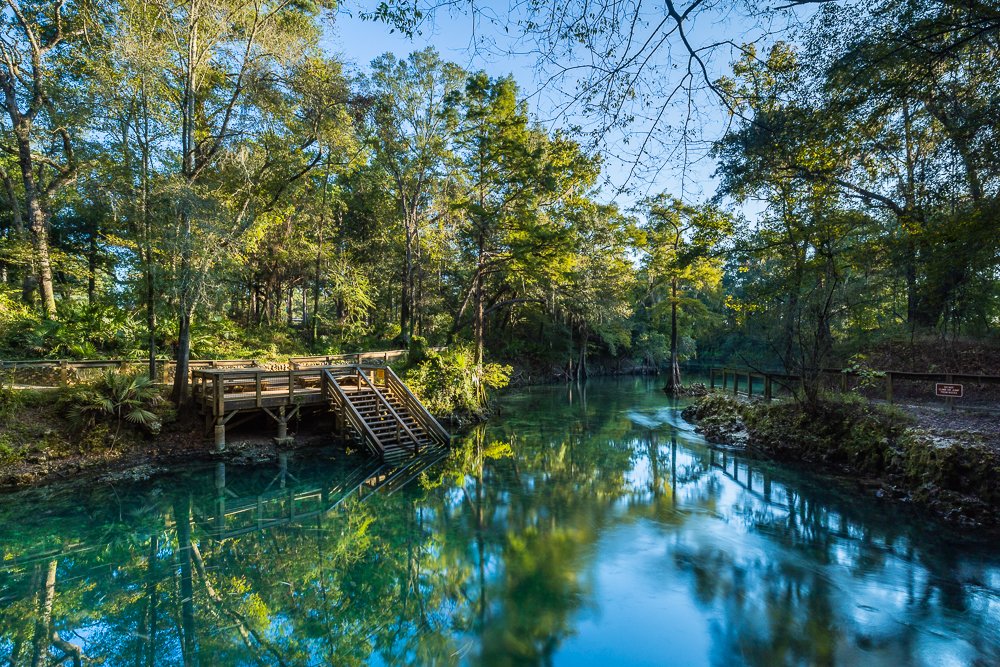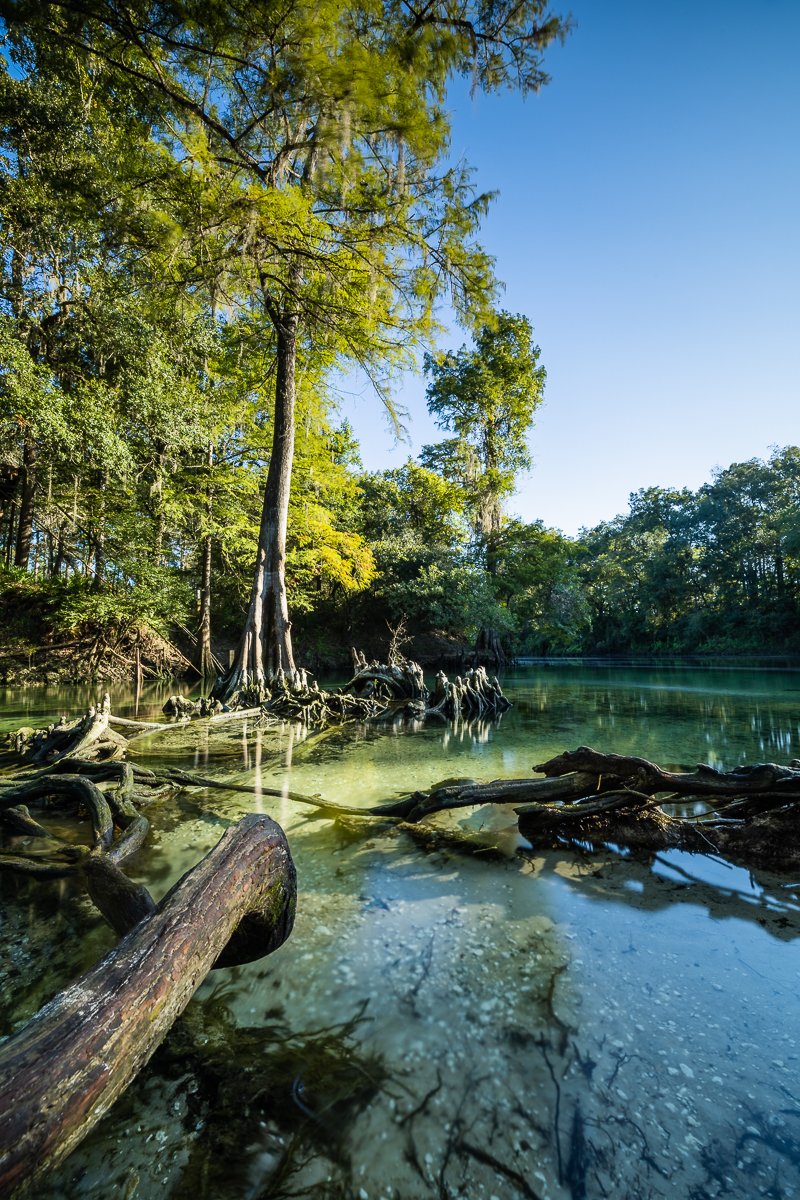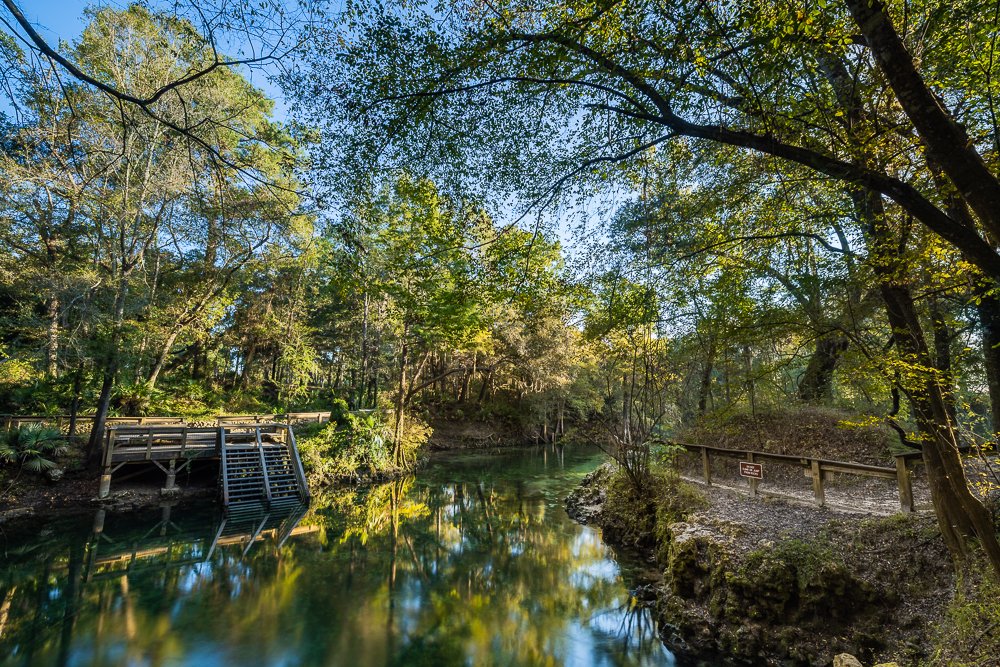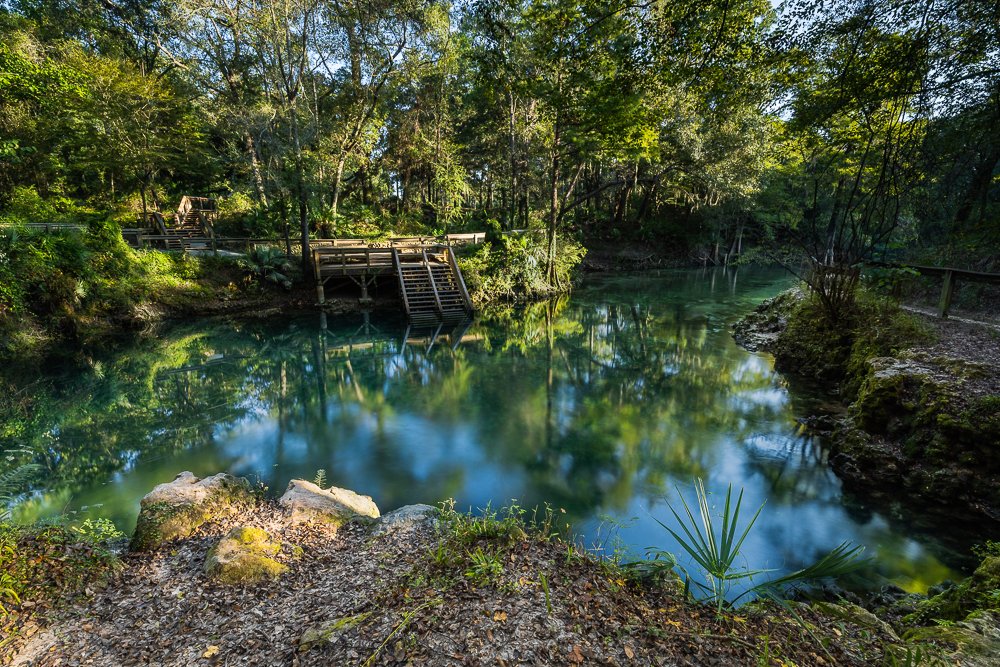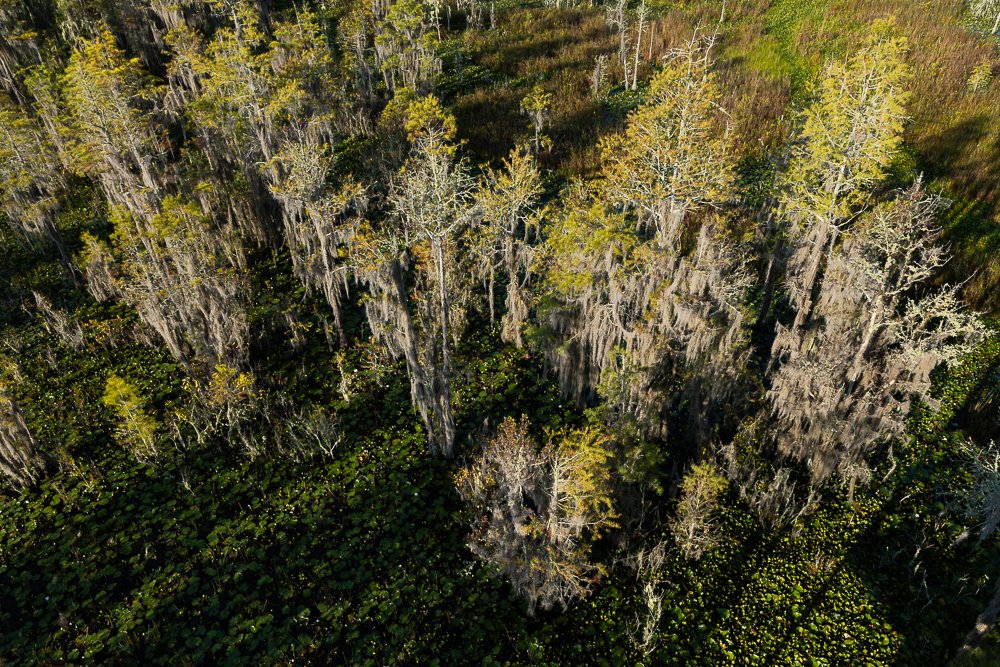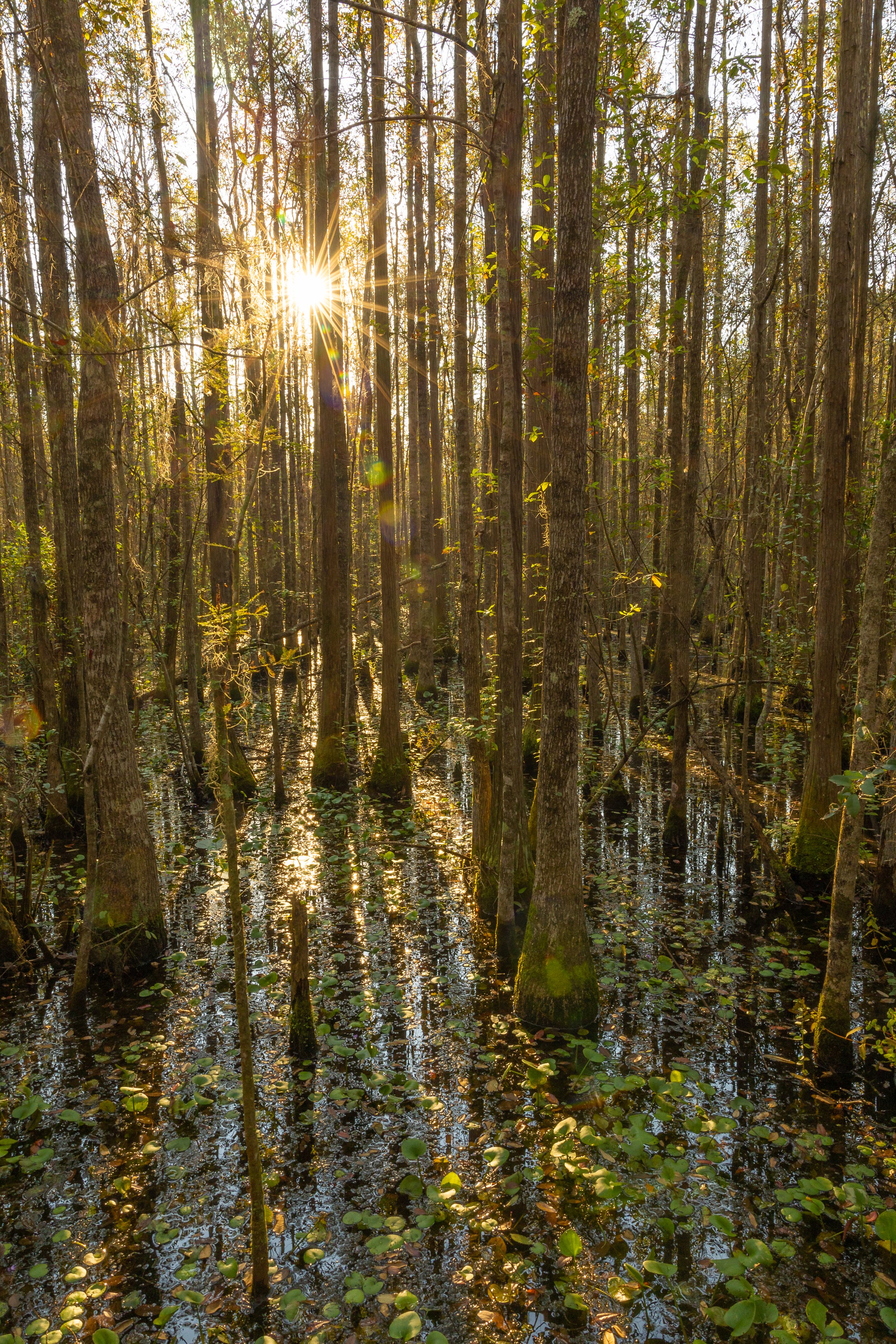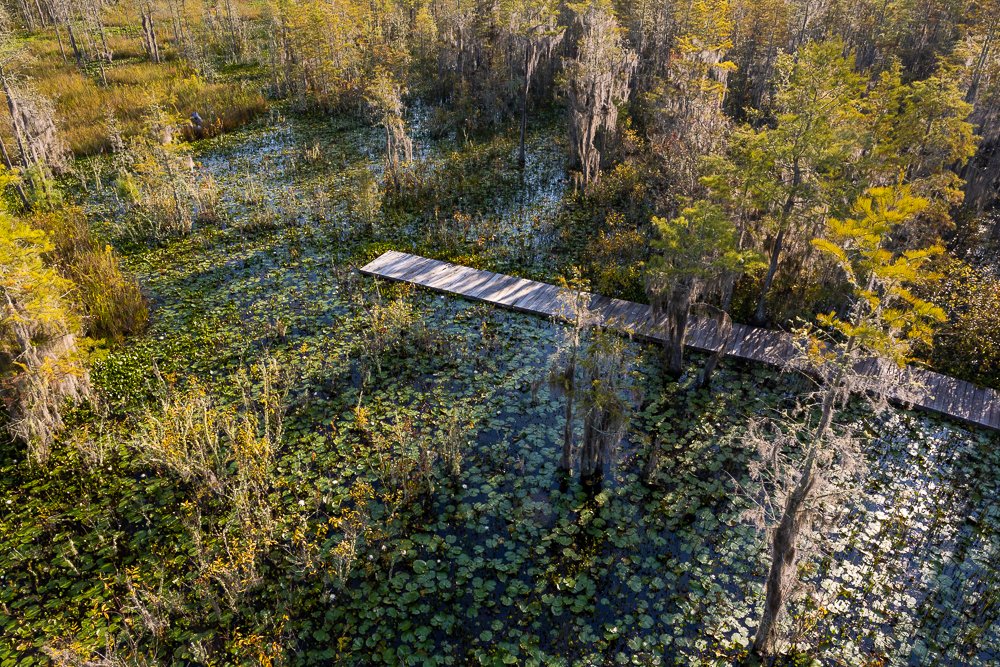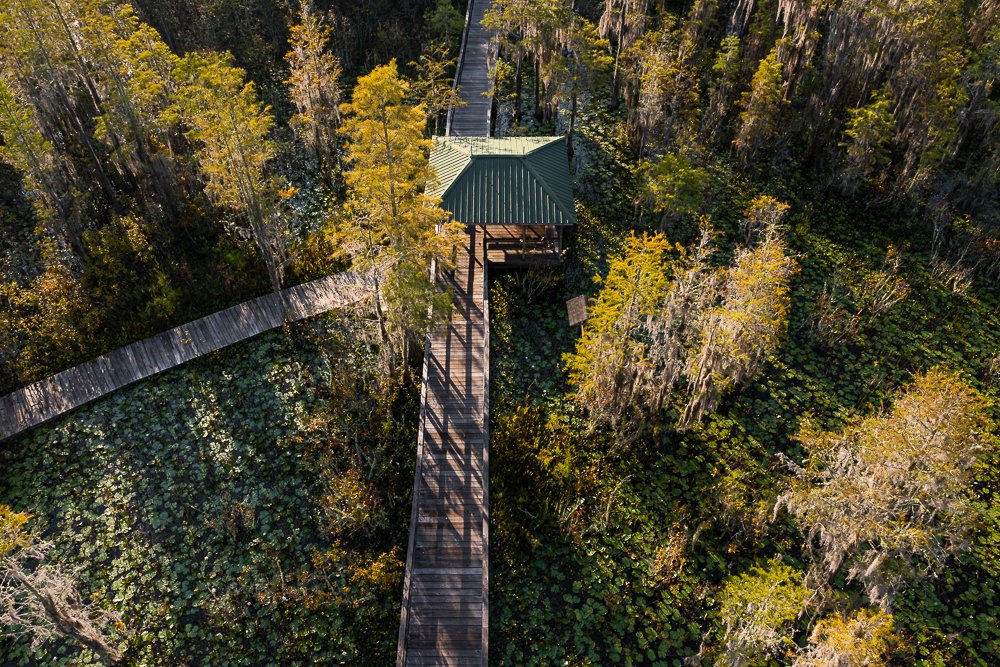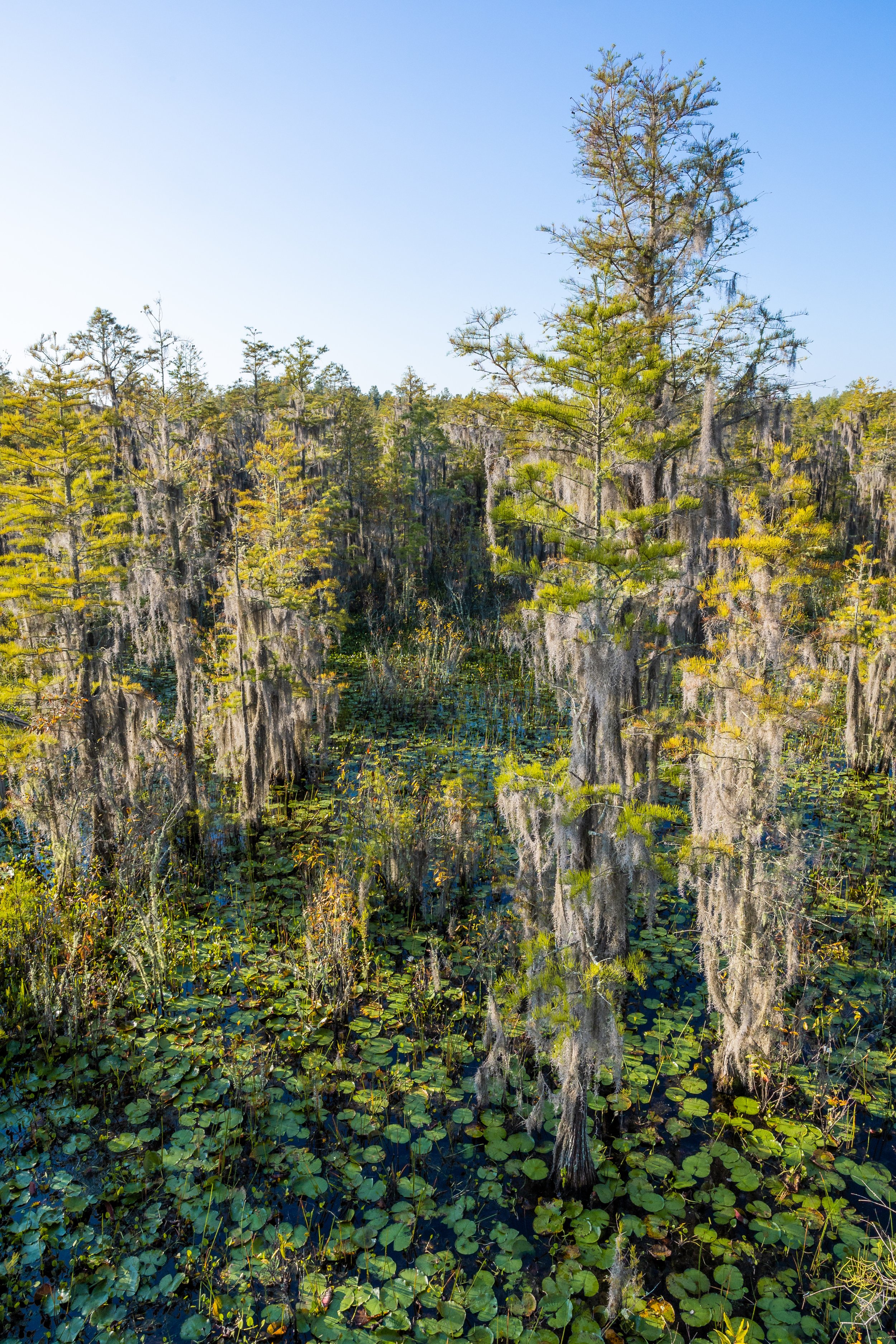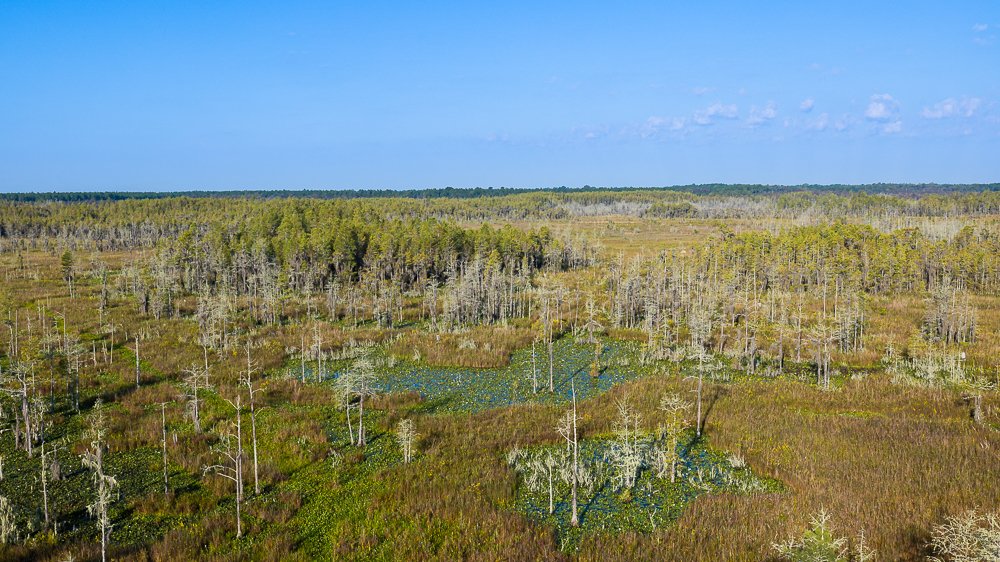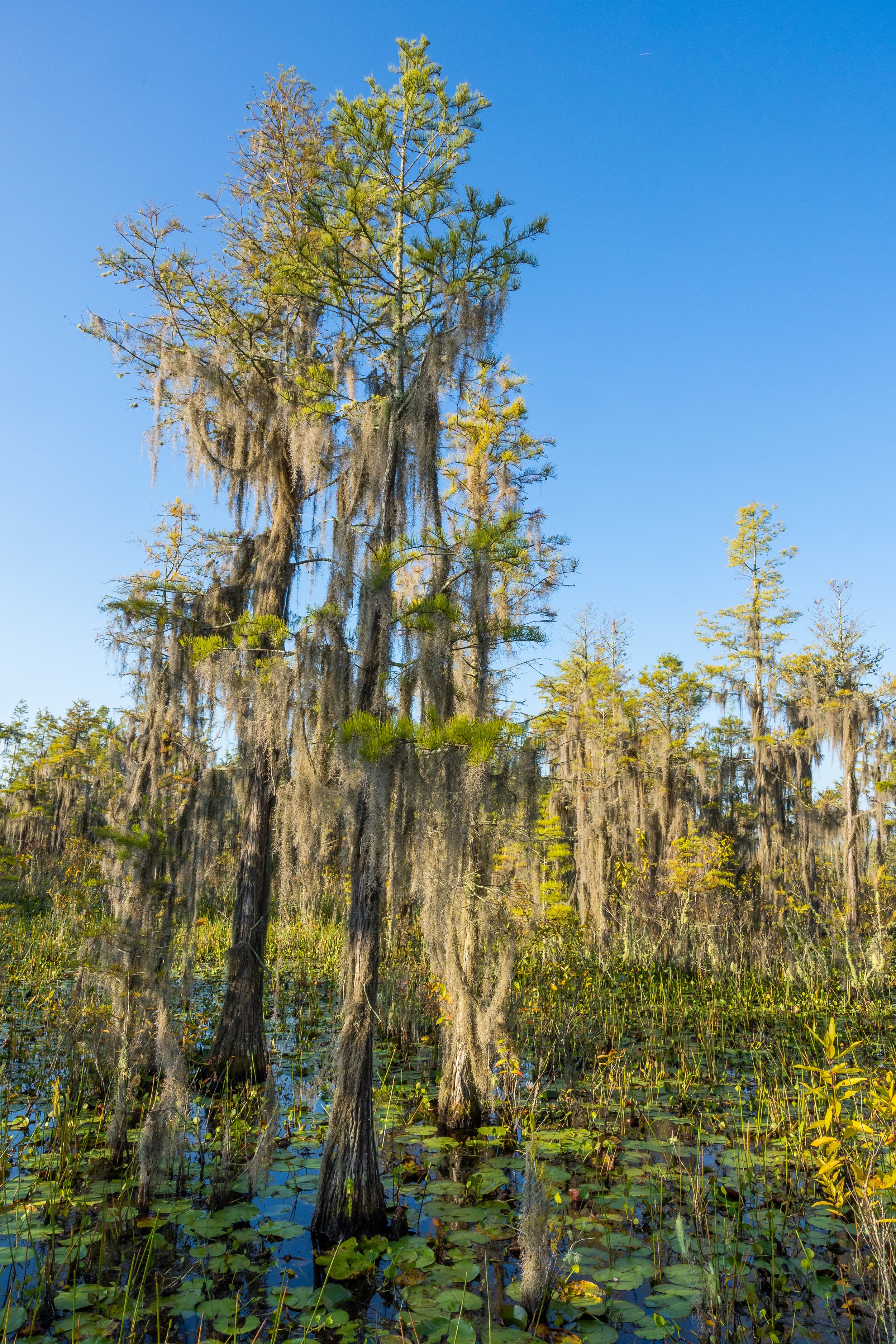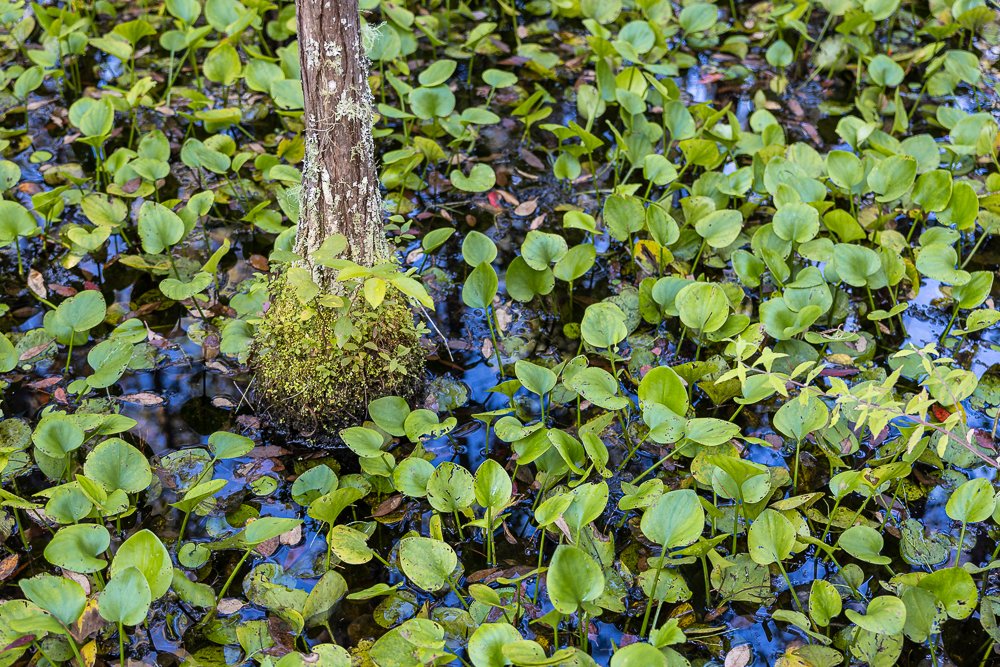We were lucky enough to catch a captivating sunset at the Generals Highway Scenic Overlook on our drive out of Sequoia National Park. This location was a welcome surprise on our travels, as we hadn’t really planned anywhere in particular for sunset and did not have particularly high hopes for it, given that the park is set in a valley. The viewpoint provides an elevated position to witness the sun descending below the horizon, casting a warm, golden glow across the surrounding landscapes and submerging the hillsides gradually in darkness. As day transitions into night, the rolling foothills, lush forests, and towering sequoias become immersed in the serene and enchanting colors of dusk.
Landscapes
A Journey Through Meadows
Join me on a peaceful walk through two lovely meadows in Sequoia National Park: Crescent Meadow and Log Meadow. These enchanting landscapes offer a serene escape amidst the towering sequoia trees.
Crescent Meadow, also known as "Meadow of the Little Baldy," was named by early visitors who noticed its crescent moon shape. This picturesque meadow has a rich history, as it served as a campsite for the Kaweah Colony, a short-lived utopian community in the late 1800s. Today, Crescent Meadow remains a popular destination for visitors to enjoy leisurely walks and spot some local wildlife.
Log Meadow, on the other hand, gets its name from the fallen sequoia logs scattered across the meadow. These logs are remnants of past natural processes, such as wildfires and the life cycle of the giant sequoias. They serve as a testament to the dynamic nature of the park and provide unique photographic opportunities.
End of Day at Moro Rock
Another visit to Moro Rock at Sequoia National Park this weekend, this time in the late afternoon as the haze and the falling sun transformed the skies into a beautiful mixture of oranges and yellows. There was a beautiful lateral light there as well which left half of the valley in light and the other half in shadow. Here, I made full use of my whole photography kit - from wide lenses to capture the expansive valley below, to a telephoto lens aimed at the few trees hugging the mountain ridges. The most incredible thing is that this wasn’t even quite sunset: we still made it down the valley and caught sunset at a different location afterwards.
Scaling New Heights
Moro Rock offers a very different perspective on Sequoia National Park. This towering granite dome offers panoramic views over the whole park - finally placing you above the gigantic trees and changing the whole perspective of the landscape. As you ascend the winding staircase, the world below transforms into a tapestry of lush forests and rugged peaks, and the sprawling landscapes stretch as far as the eye can see. It was really mind-boggling to go from feeling like a tiny ant standing at the feet of the forest giants to seeing them from above, surrounded by the local ravens gliding in the skies.
Art in the Forest
Now, now, this is a special one! Join me and step into the world of captivating contrasts as we explore the majestic Sequoia National Park through my lens. In these photographs, I sought to highlight the striking contrast between light and dark, big and small, and the many textures of the forest. The towering sequoia trees, with their lofty branches and intricate textures, serve as the perfect subjects for this exploration. I truly believe some of these images belong on a canvas on the wall - so please sit back, relax, and enjoy this walk through the woods. I think these really are stunning images.
The Legendary General Sherman
The General Sherman Tree Trail in Sequoia National Park is an easy loop walk through the towering sequoias, culminating in an awe-inspiring encounter with the world's largest living tree, the General Sherman. Standing at over 275 feet (84 meters) tall, with a diameter of more than 36 feet (11 meters) at its base, this ancient giant is a true marvel of nature. General Sherman is believed to be around 2,200 years old, making it one of the oldest living organisms on the planet, standing as a testament to the endurance and resilience of the sequoia species. For a bit of scale, the very last image in this blog post features my (tall!) husband completely dwarfed by this extraordinary giant.
In the Presence of Giants
This weekend I am switching gears to the second national park I am featuring in my blog: the incredible Sequoia National Park. These giants are some of the largest living organisms on Earth, and are extremely long lived, with some estimated to be over 3,000 years old. Their bark is thick, spongy, and fire-resistant, which helps protect them from wildfires that are common in the area. They also have other unique adaptations, such as shallow roots that spread wide to anchor themselves in the soil.
I had the privilege of witnessing the park's majestic beauty at the crack of dawn and it was a sight to behold! The rising sun cast a golden glow over the towering sequoia trees and cast an incredible glow deep into the forest. This national park surprised me in that I liked it a lot more than I thought I would, and I think it’s thoroughly underrated! I hope to be able to prove that over my next series of blog posts that will feature this incredible trees.
Paradise in the Desert
The Fortynine Palms Oasis is a natural oasis in the Mojave Desert, located in the lesser-known northern part of Joshua Tree National Park in Southern California. The oasis is named after the forty-nine Washingtonia filifera palm trees that are found there. These palm trees thrive in the desert environment and can grow up to 75 feet tall. The oasis has been used by various Native American tribes, such as the Serrano and Chemehuevi, for thousands of years as a source of water, shelter, and food. In the early 1900s, gold miners established a camp at the oasis and built a few structures that can still be seen today. Today, it is a protected area of the park and its water levels are carefully managed in order to conserve this incredible habitat.
Cholla Cactus Golden Hour
As promised, this week I am featuring my second set of Cholla Cactus Garden images - and dare I say, these are even better! Every morning at Joshua Tree National Park, a warm golden light illuminates the spiny cacti, casting an incredible glow over the desert landscape. The scene is nothing short of mesmerizing, especially on a cold and perfectly clear day. I hope the images I have shared here succeed in capturing the magic of the desert in these early hours, and that you love them as much as I do!
Sunrise Over the Cholla Cacti
Nestled in the heart of Joshua Tree National Park lies the stunning Cholla Cactus Garden. This location is home to thousands of cholla cacti, which light up in brilliant shades of orange and gold during the sunrise hours. When I visited this desert oasis at dawn, and I was blown away by the natural beauty of this unique landscape.
As the sun began to peek over the horizon, the sky filled with vibrant hues of yellow, orange, and purple. The surrounding desert landscape was cast in an ethereal glow, and the cholla cacti seemed to come alive in the early morning light. The result was a series of stunning images that perfectly capture the otherworldly beauty of the desert at sunrise. In fact, I loved my images from this spot so much, I’ve split them into two posts - this is just the first half. Enjoy!
Hall of Golden Light
Few landscapes leave me completely speechless, but this stunning sunset at the Joshua Tree National Park’s Hall of Horrors did just that. This place is named after its eerie rock formations, which resemble dungeons and other creepy structures. (Can you spot a skull-shaped rock in the images below?) It is also a popular hiking and climbing spot, and boasts the best sunset views in the entire park - or at least, I think it does!
Enjoy these images of a stunning clear day over the Joshua trees and rocky scenery surrounding them, under the changing lights and tones of an autumn sunset.
Indian Cove Nature Trail
The Indian Cove area in Joshua Tree National Park was originally used by the Serrano and Chemehuevi Native American tribes for thousands of years and still contains many important cultural sites and artifacts. The area was also used by cowboys and homesteaders in the late 1800s and early 1900s, and there are still remnants of old cabins and corrals in the area. Today, Indian Cove is a popular camping and hiking destination. We made a quick stop during our visit to walk the 1.2-mile loop Indian Cove Nature Trail, which is known for its unusual rock formations. It did not disappoint!
Jumbo Rock Formations
Jumbo Rocks is one of the most popular spots in Joshua Tree National Park, and it's easy to see why. These formations are the result of a complex granite geological history that dates back millions of years and were eroded by the elements into incredible shapes.
Skull Rock (featured at the end of this post) is one of the most iconic and recognizable rock formations at Jumbo Rocks in Joshua Tree National Park. The formation gets its name from its striking resemblance to a human skull, with two large eye sockets and a nasal cavity. See if you can also spot the aptly-named Penguin Rock, which is hidden away in the Jumbo Rocks Campground by a beautifully twisted juniper tree.
Sunrise at Barker Dam
Barker Dam in Joshua Tree National Park is a historic site that was built in the early 1900s to provide water for cattle and mining operations in the area. The dam was constructed using local materials, including boulders and concrete, and was designed to capture and store rainwater. It is named after William Barker, one of the early ranchers in the area who was instrumental in its construction.
During my visit, I woke up early to catch the sunrise at Barker Dam, and boy, was it worth it! The sky turned into a beautiful canvas of vibrant purples, pinks, and oranges, and as the sun crept up the sky, the rest of the desert turned an intense shade of gold. Even though the dam was dry (and so we missed out on water reflections), the Joshua Trees and rock formations more than made up for it!
The Hidden Valley Nature Trail
The Hidden Valley Nature Trail is a short one-mile loop that takes you through the rocky landscapes of Joshua Tree National Park. The path is surrounded by towering rock formations all around it. During our visit to this spot, I was lucky enough to witness the beautiful morning light as it streamed through the valley, casting a golden glow on the rocks and highlighting the park's stunning colors. And of course, there were plenty of incredible Joshua Trees and rugged desert vegetation to photograph along the way too.
If you're planning a visit to Joshua Tree National Park, make sure to add the Hidden Valley Nature Trail to your itinerary. Trust me; you won't regret it!
A Morning at Arch Rock
One of our first stops on our visit to Joshua Tree National Park was Arch Rock. This natural arch is made of granite and stands tall among the Mojave Desert's boulder-strewn landscape. Its unique texture - which to me resembles a goose’s neck and head - make it a popular destination for visitors to the park. During my visit, I was lucky enough to witness the sunrise sunrise at Arch Rock, where the first rays of sunlight illuminated the rock's surface, casting a warm glow over the surrounding desert. I hope you enjoy the photos I am sharing today!
Florida's Silver Springs
The final state park we visited on our travels through Florida was the Silver Springs State Park, which is by far the largest of the three. This is a popular manatee rest stop in the winter months, but what brought us here in the summer was the chance of spotting its resident monkeys. The park is home to non-native rhesus macaques which were introduced in the 1930s with the goal of boosting the springs as a unique tourist attraction. The original plan was to limit them to one small island in the park, but the park owner at the time didn’t know they are very competent swimmers. Now, they have multiplied to far greater numbers and are spread throughout the whole park. We didn’t get to see the macaques in the end - they must have been hiding that day -, but hopefully the native wildlife I did photograph will make up for it!
Turquoise Spring Waters
Continuing along our travels through Florida, we paid a short visit to Wes Skiles Peacock Springs State Park. This state park is home to several springs, including Peacock, Ginnie, and Little River Springs, which flow into the Suwannee River. It is a popular spot for underwater cave diving, with over 14,000 feet of cave passages open to visitors. Although we stayed entirely above the water during our visit, we did have the rare opportunity of taking photos from the skies for an even more unusual view of this location: the skies! The drone flight did not disappoint, showing just how stunning the clear turquoise waters of the spring are from all angles.
The Perfect Place for a Swim
Madison Blue Spring State Park is a hidden gem located in the north of Florida. The park is home to a beautiful blue spring that flows into the Withlacoochee River. In the summer months, it is the perfect place to enjoy swimming, snorkeling, and scuba diving in the crystal-clear waters of the spring, where it is easy to spot schools of fish swimming around the underwater cave system. In the winter, the spring also attracts manatees, due to its much warmer temperatures than surrounding rivers. Here are some of the photos I took at the park during our early morning visit to the summer.
Views from the Observation Tower
Time for my last “swampy” blog post in a little while! The Grand Bay Wildlife Management Area in Valdosta is a 7,000 acre area which serves as a refuge for local wildlife. It includes both wetlands (swamp) habitats and forest habitats, which you can view from designated boardwalks and hiking trails. We made a short stop here to climb up the observation tower for an aerial view of the surrounding land. Here are some of my favourite images from high above the bald cypress trees.

